BMW->ke178's plans to drop the X6 Active Hybrid from their lineup by no means belittles their intentions to move forward with a greener line. Following in the footsteps of the ActiveHybrid7 and ActiveHybrid5 will be a hybrid version for the next generation 3-Series
We first caught site of the ActiveHybrid3 as a prototype running some laps around the Nürburgring and although there was nothing on the body of the vehicle that could distinguish it from a standard petrol model, this particular tester had the obligatory hybrid stickers on the side and rear. Hybrid stickers are a must during testing because if the car happened to get into an accident, the police and medical crew need to be aware of the dangers of electric power.
The future ActiveHybrid3 is scheduled to launch one year after the standard 3-Series, which would be sometime in the autumn of 2012.
UPDATE 07/09/2012: BMW has officially announced today that the new ActiveHybrid 3 will arrive in US showrooms this fall at an MSRP of $50,195 including destination and handling. Check out the picture gallery for some new images and a video presenting the car's exterior design.
Hit the jump to read more on the BMW ActiveHybrid3.
2013 BMW ActiveHybrid3
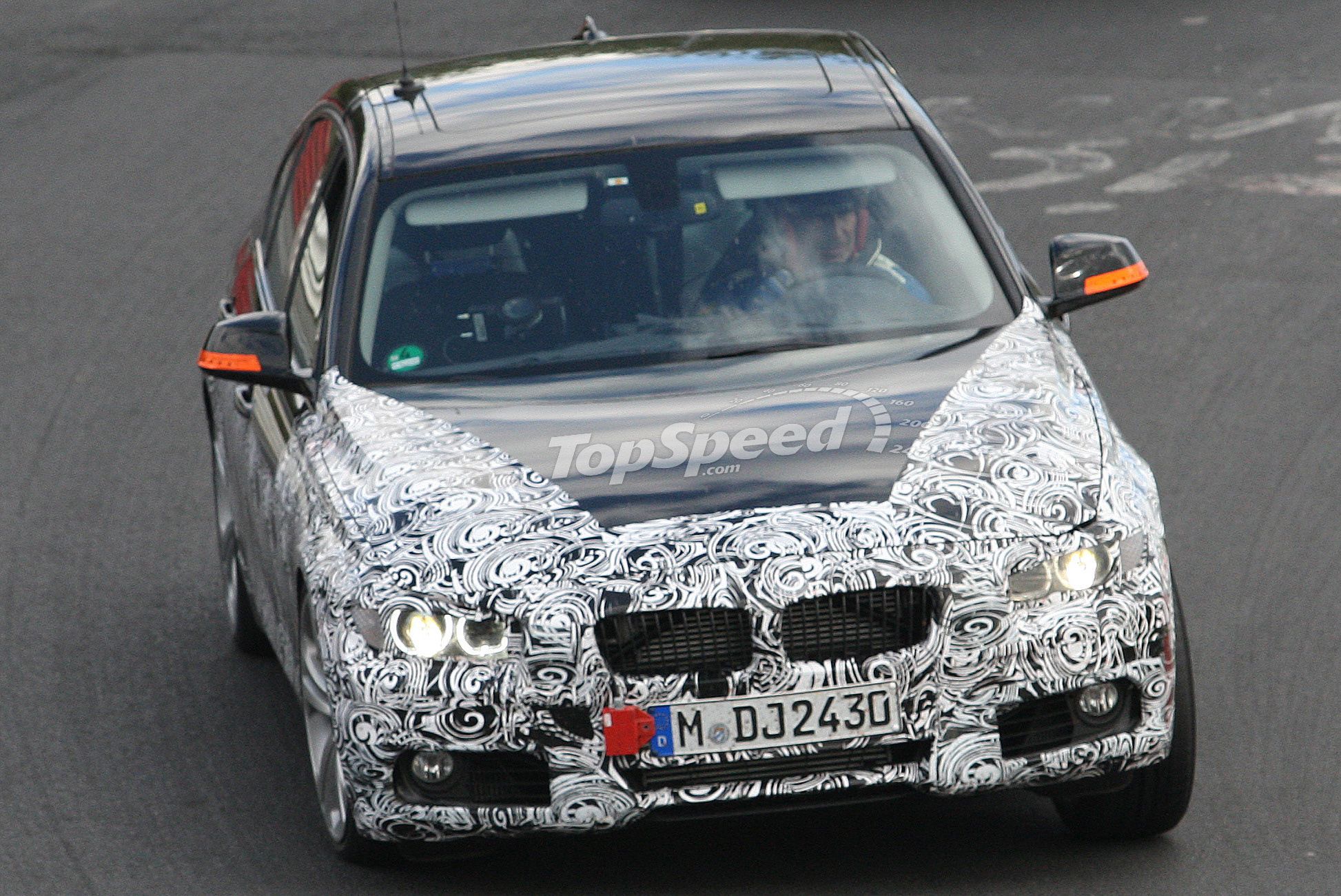

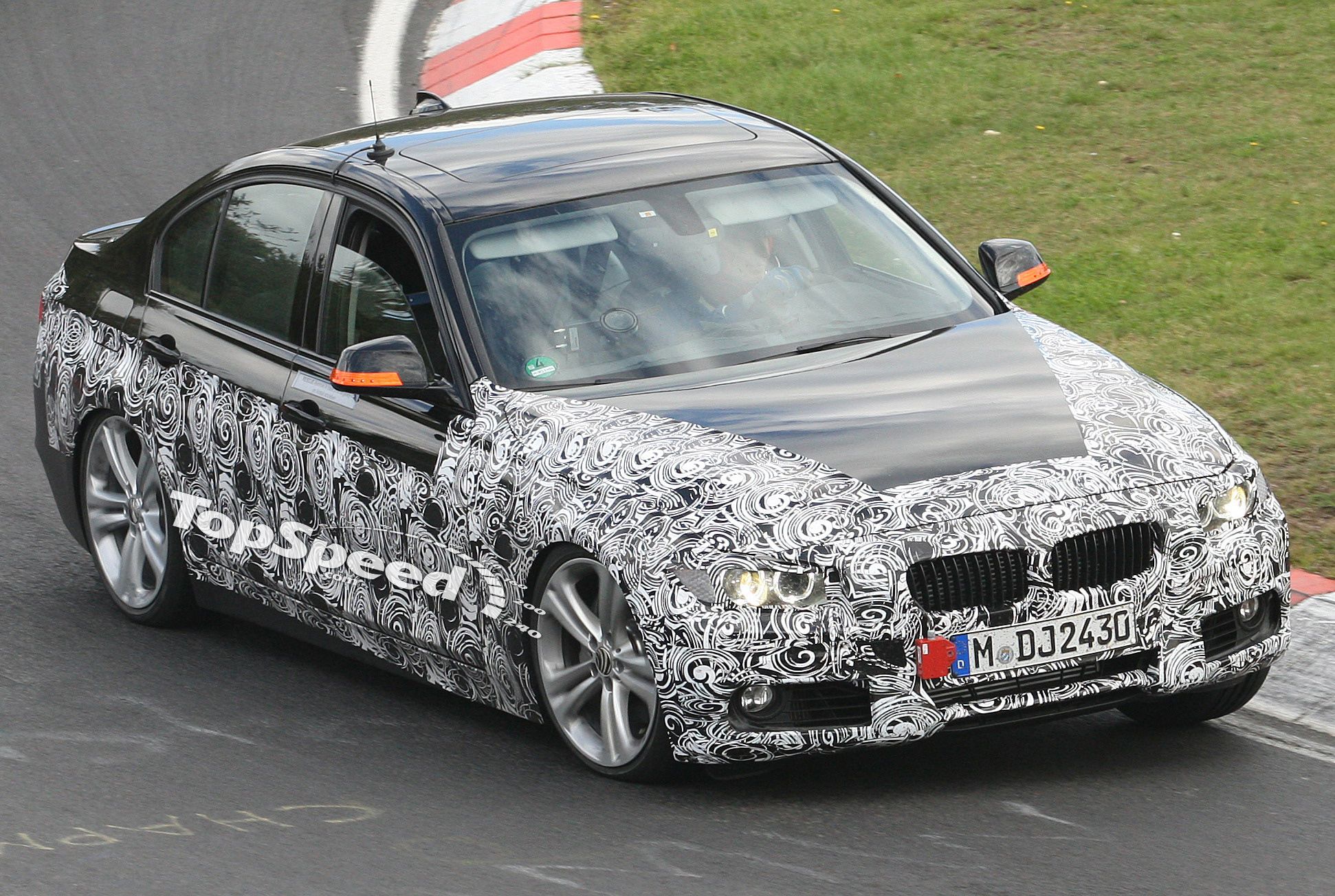
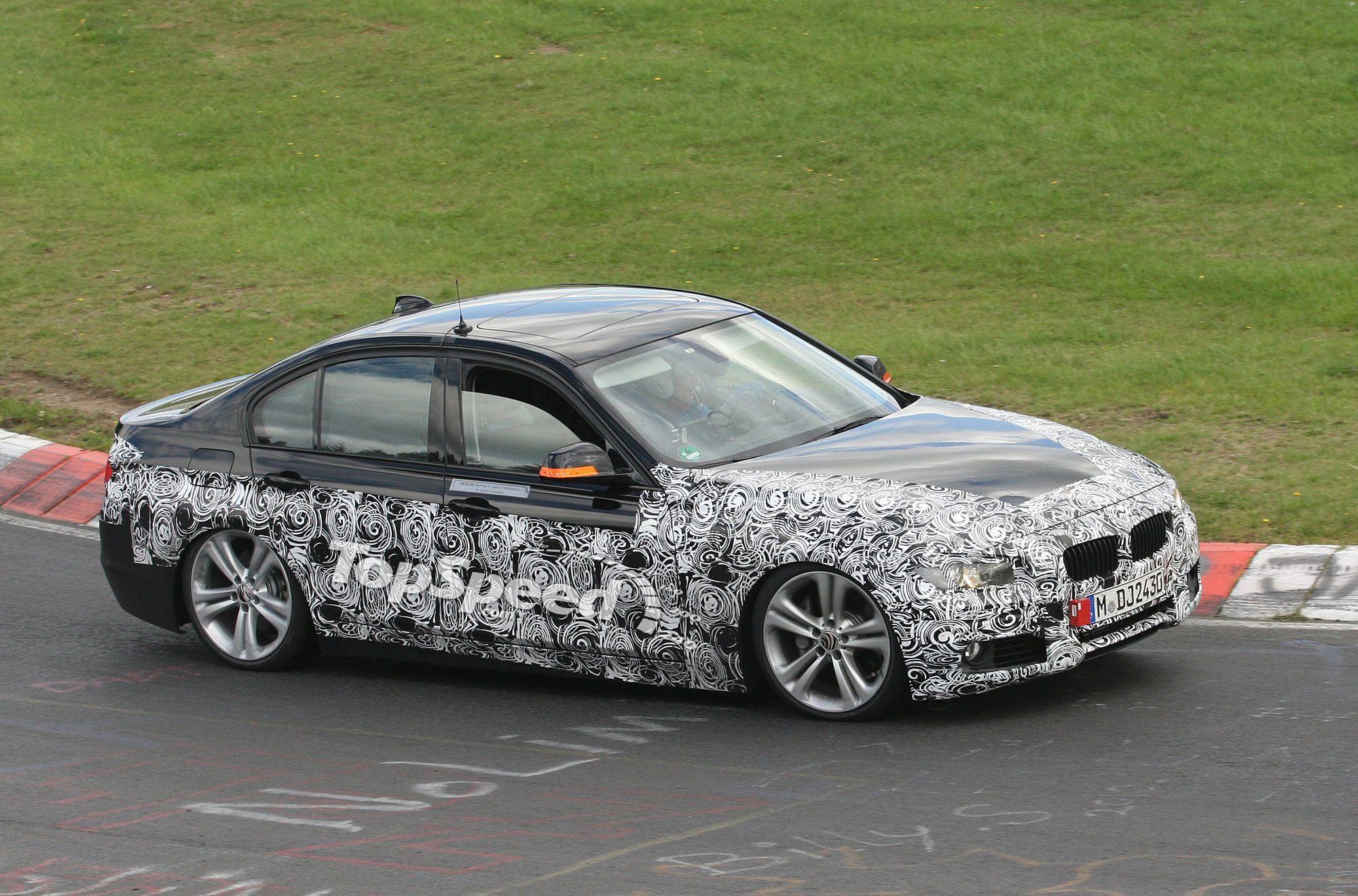
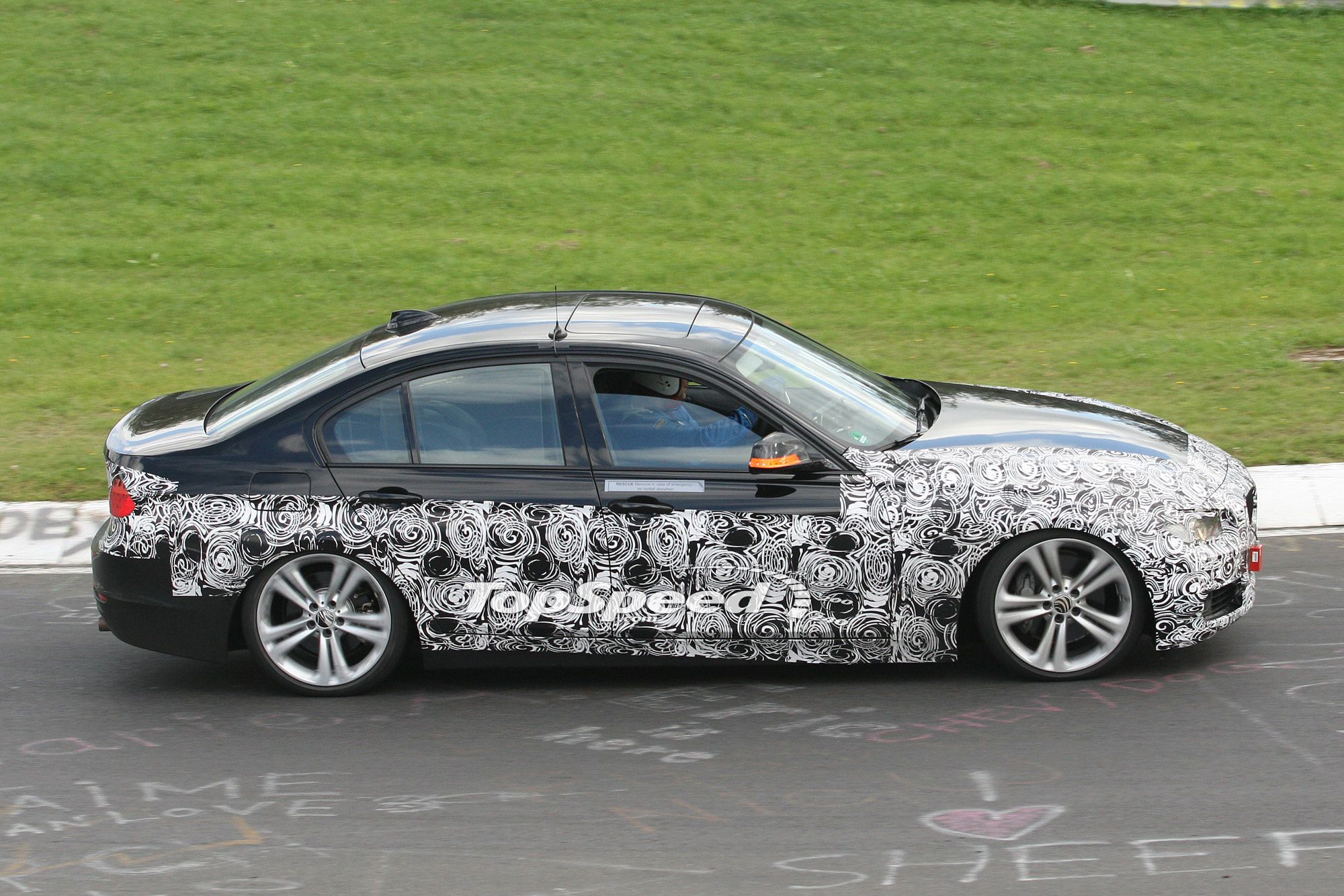
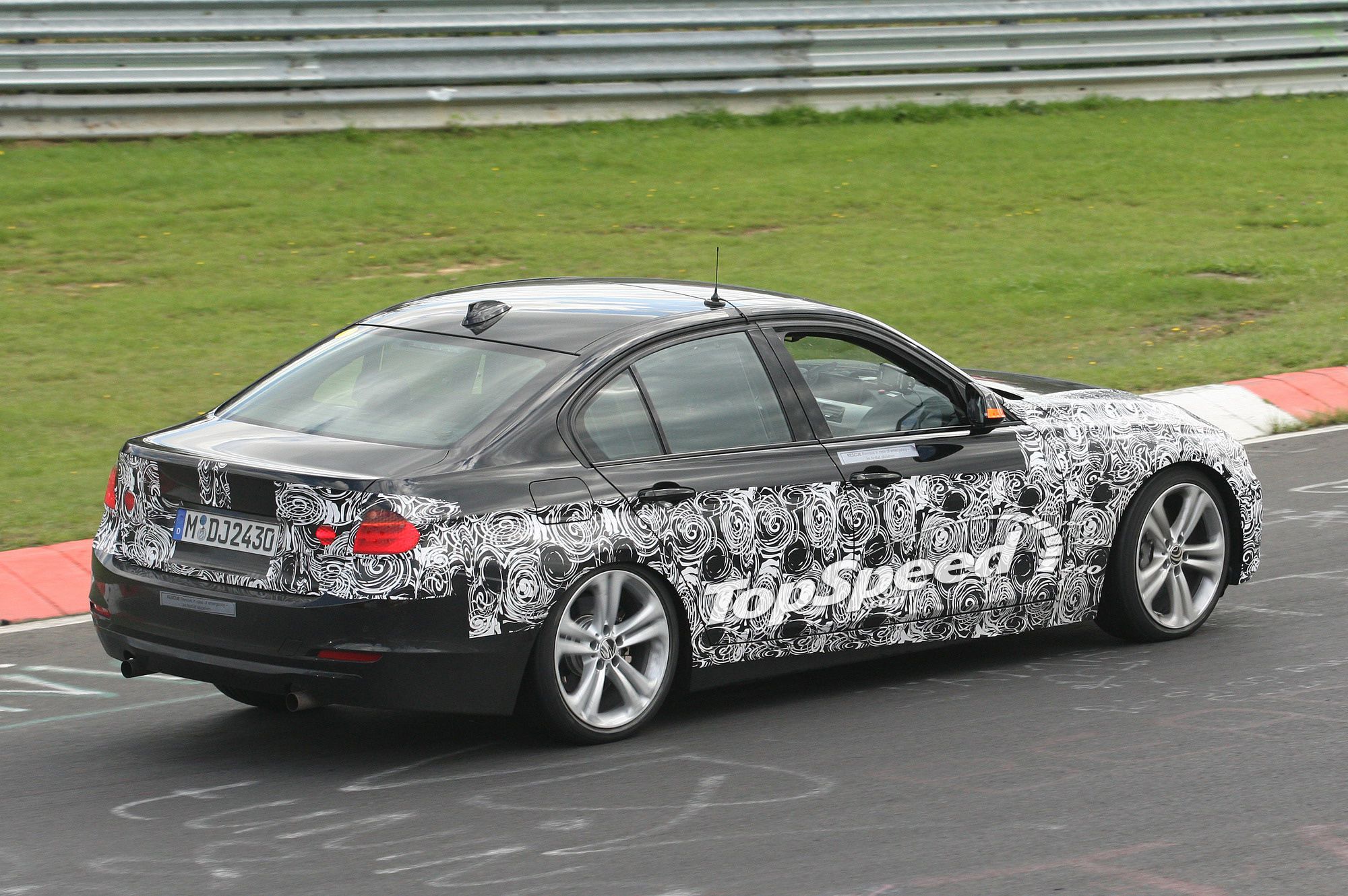
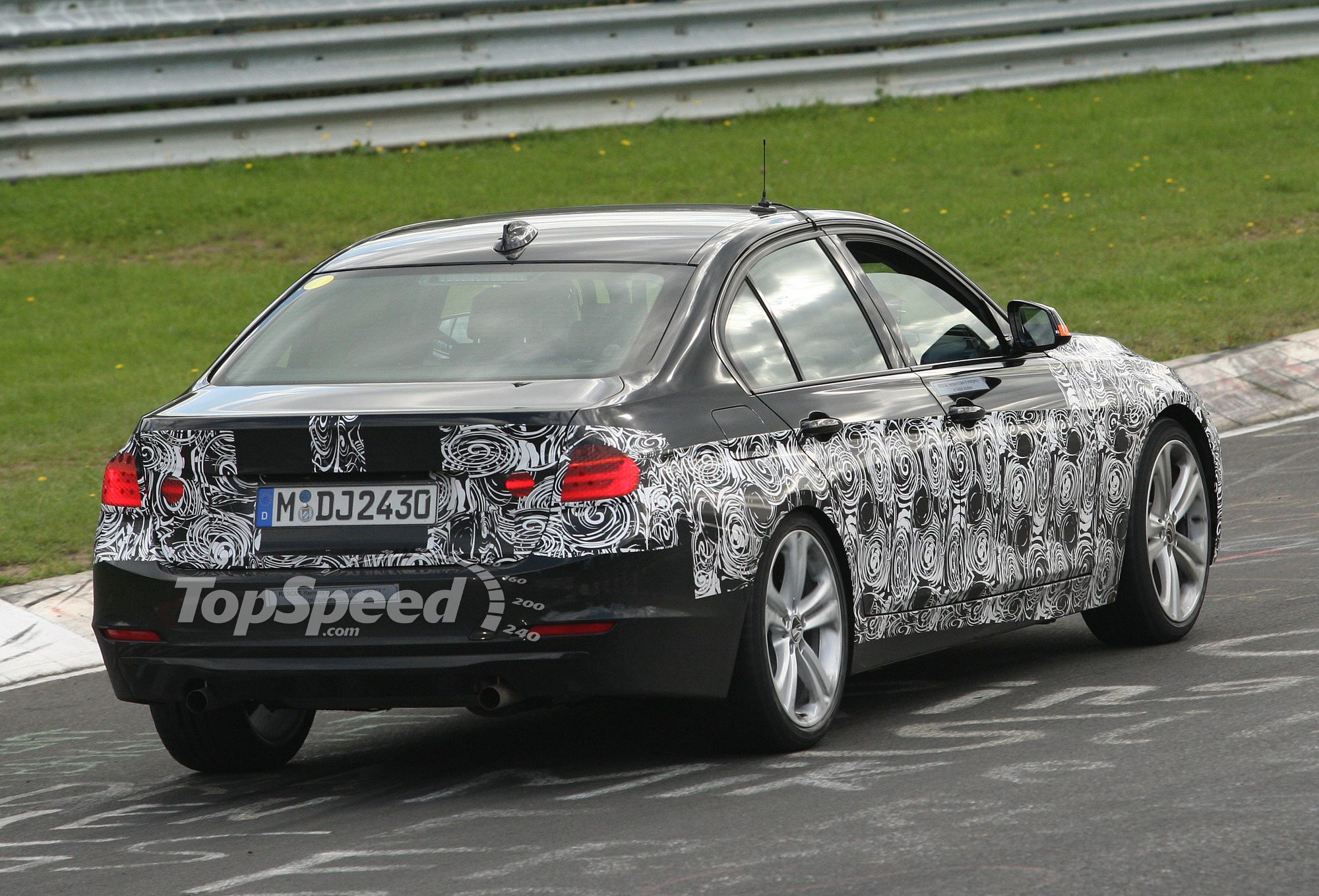
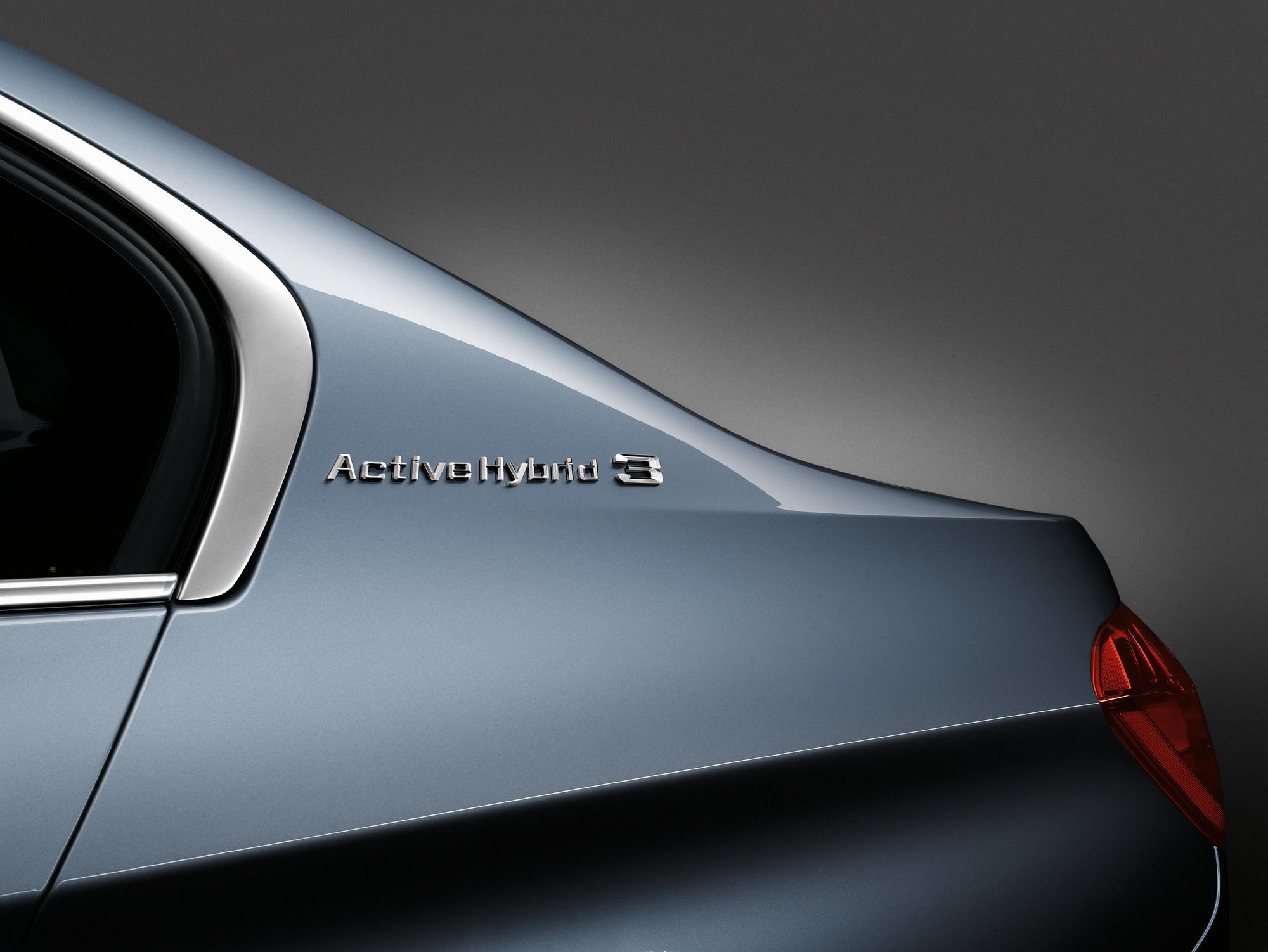
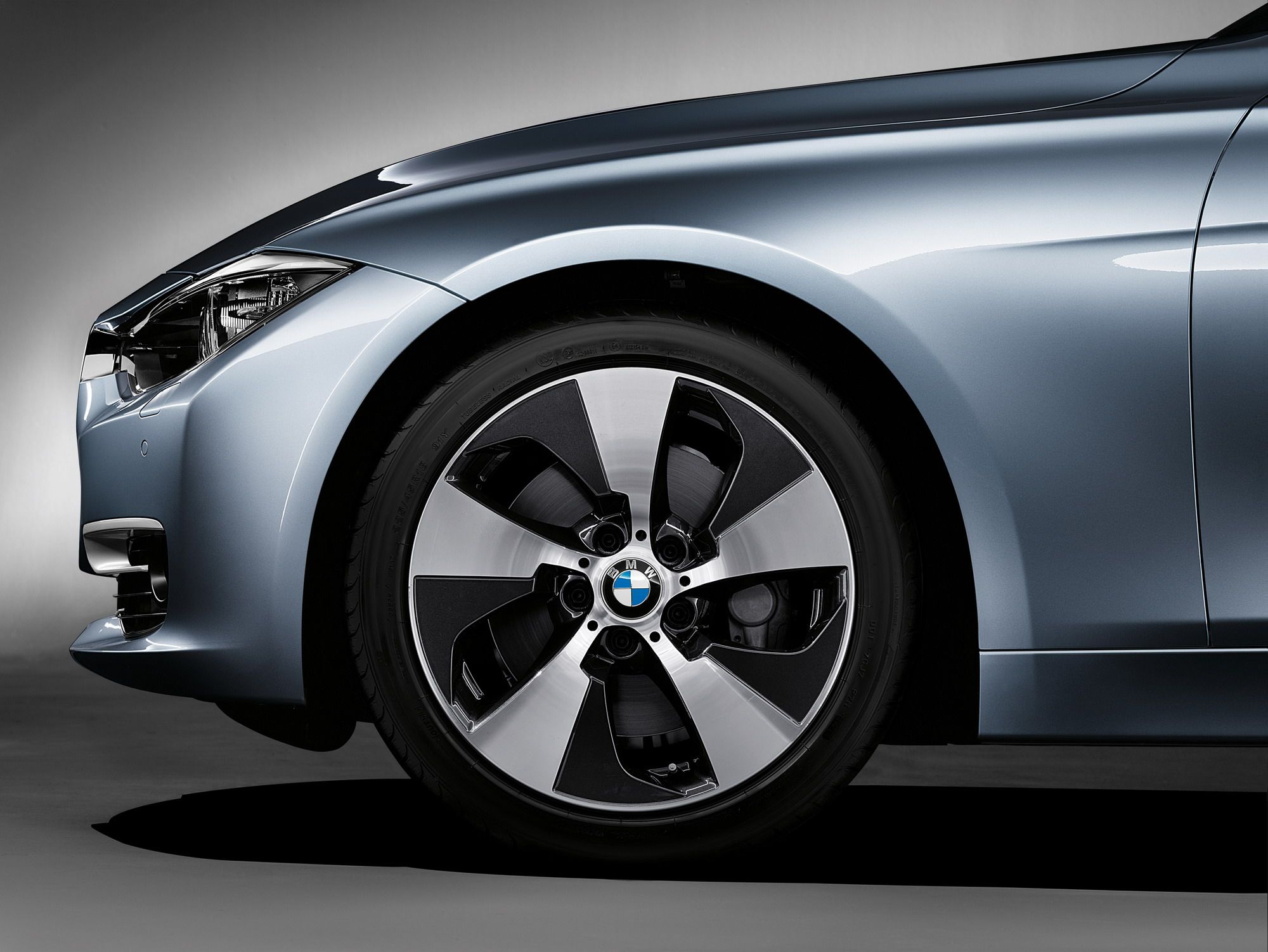
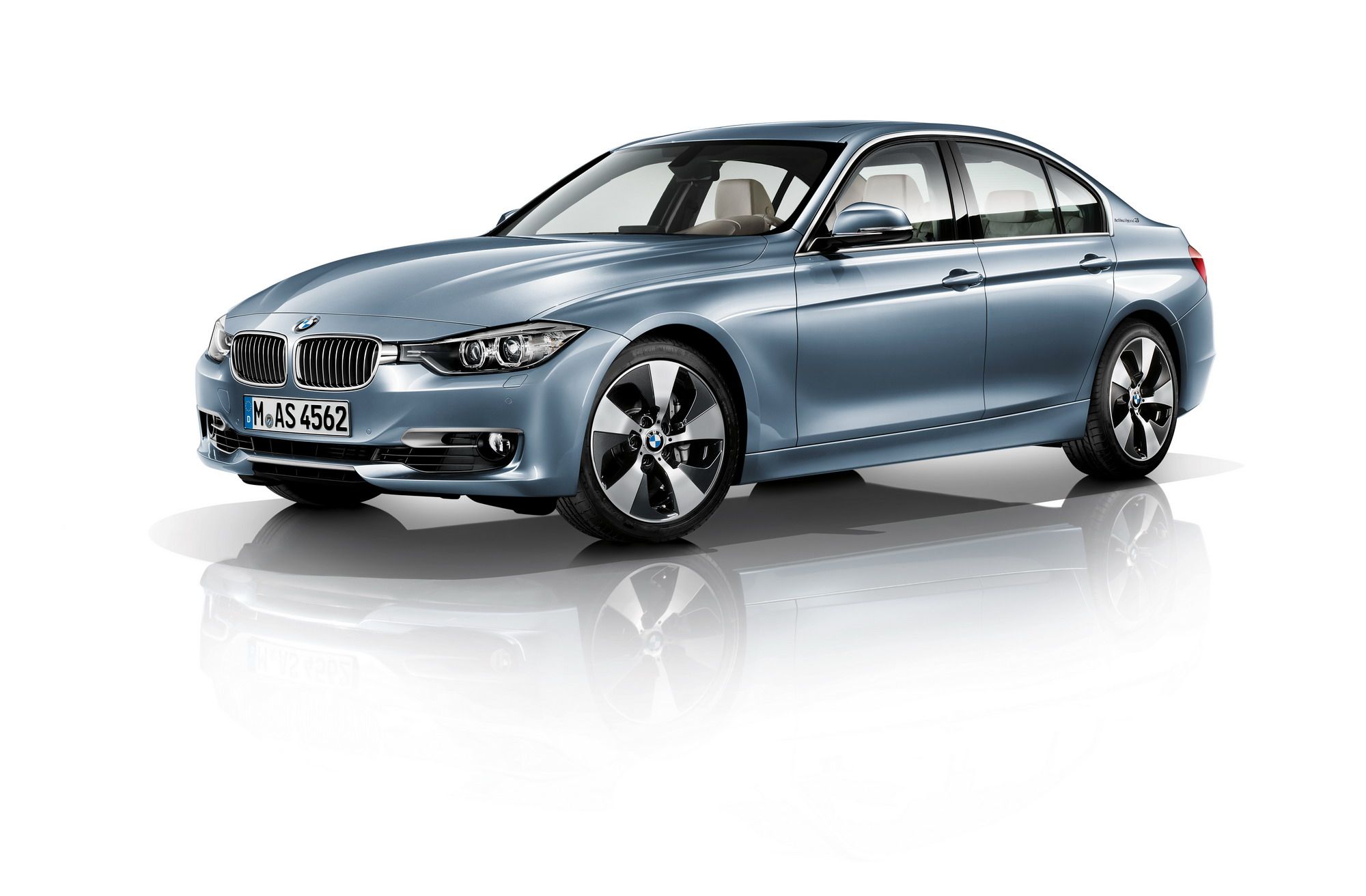
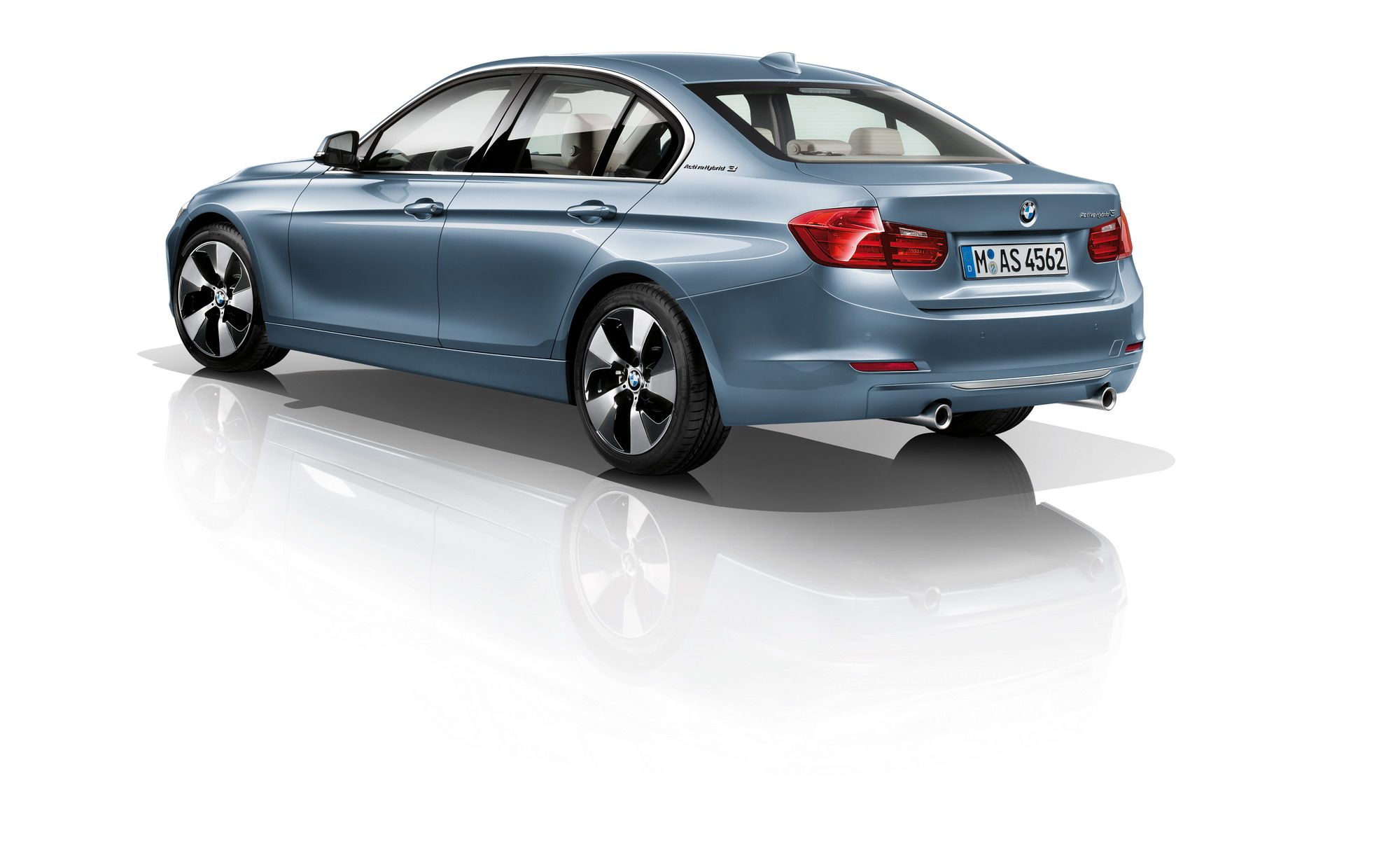
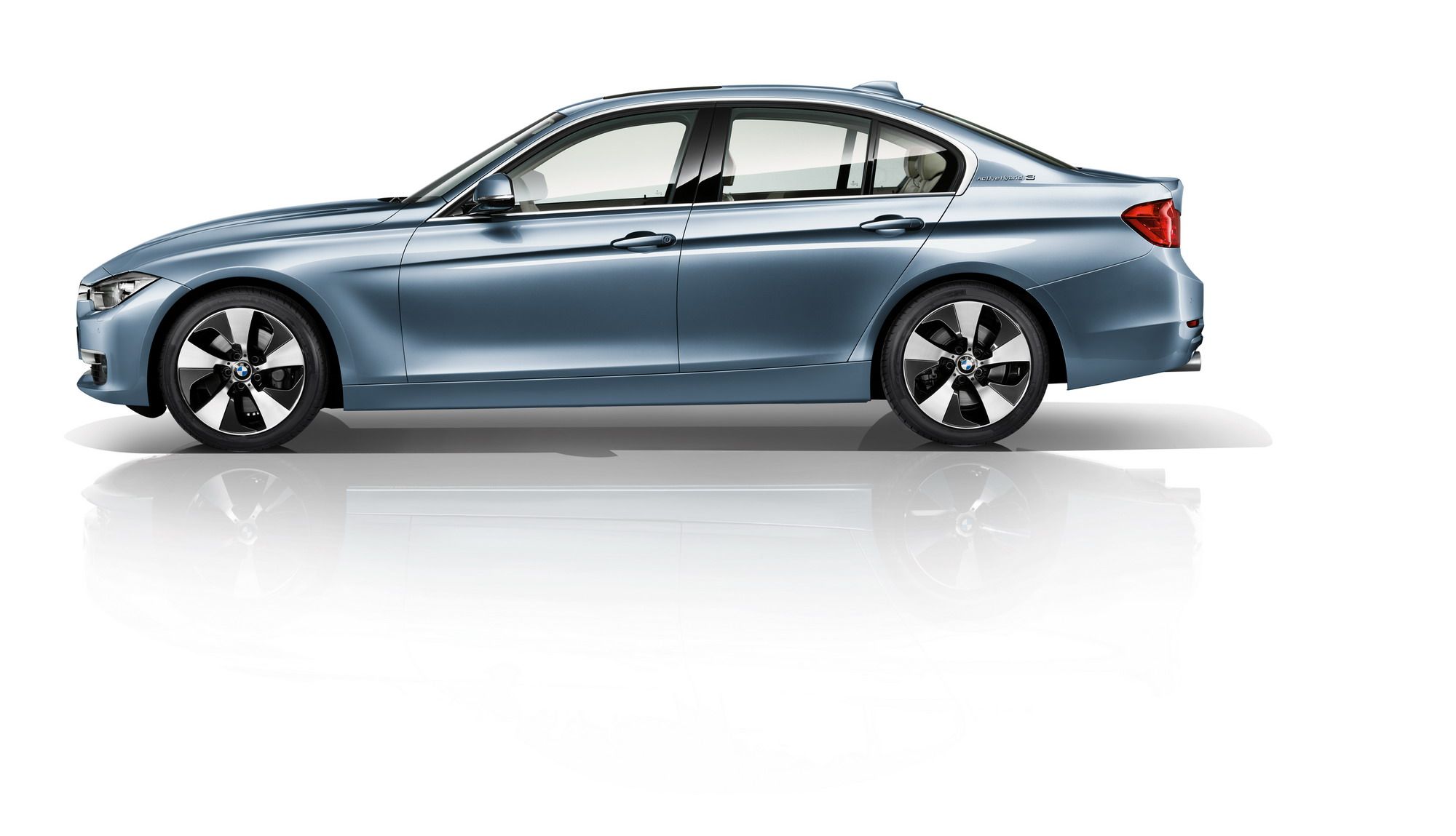
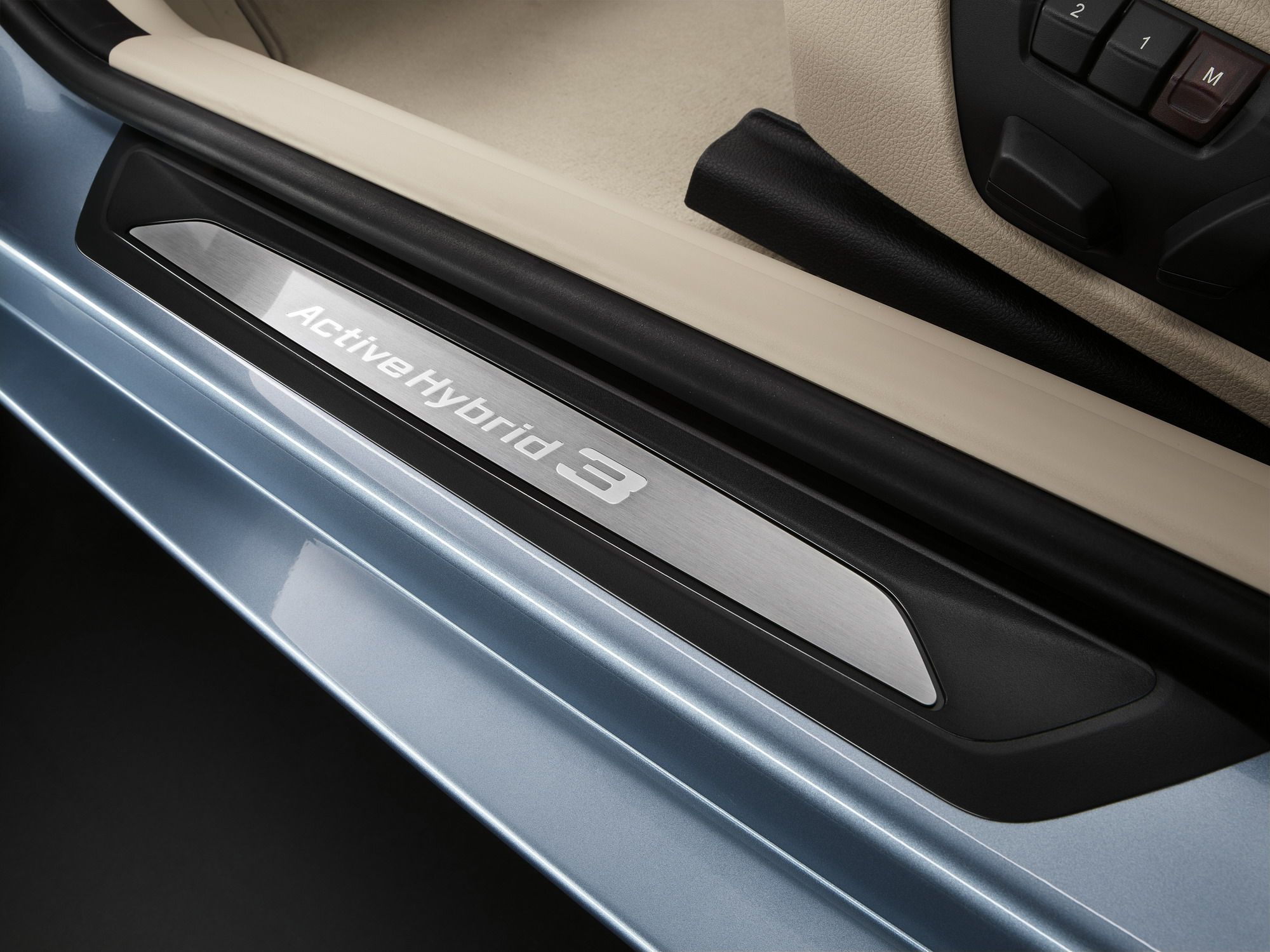
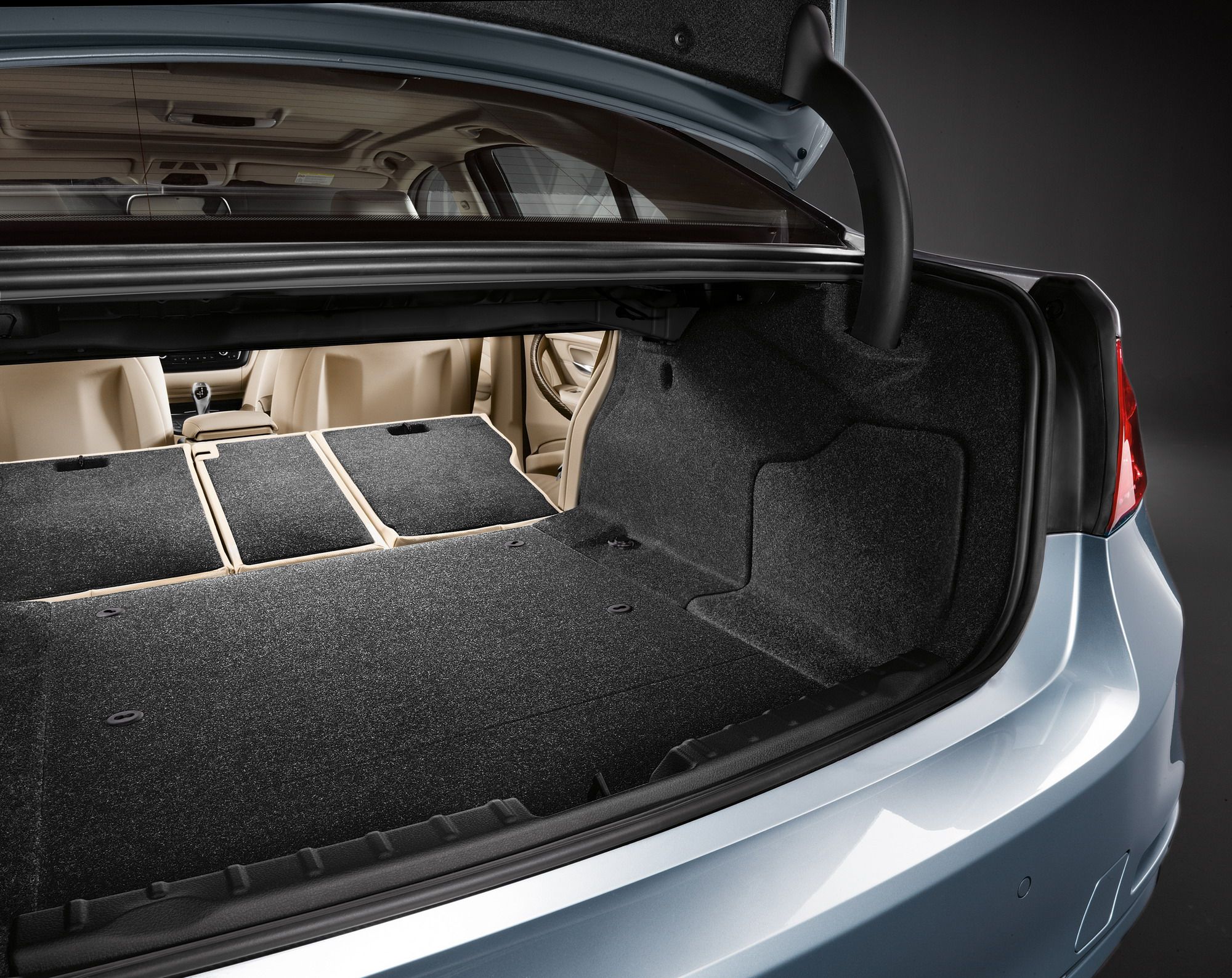







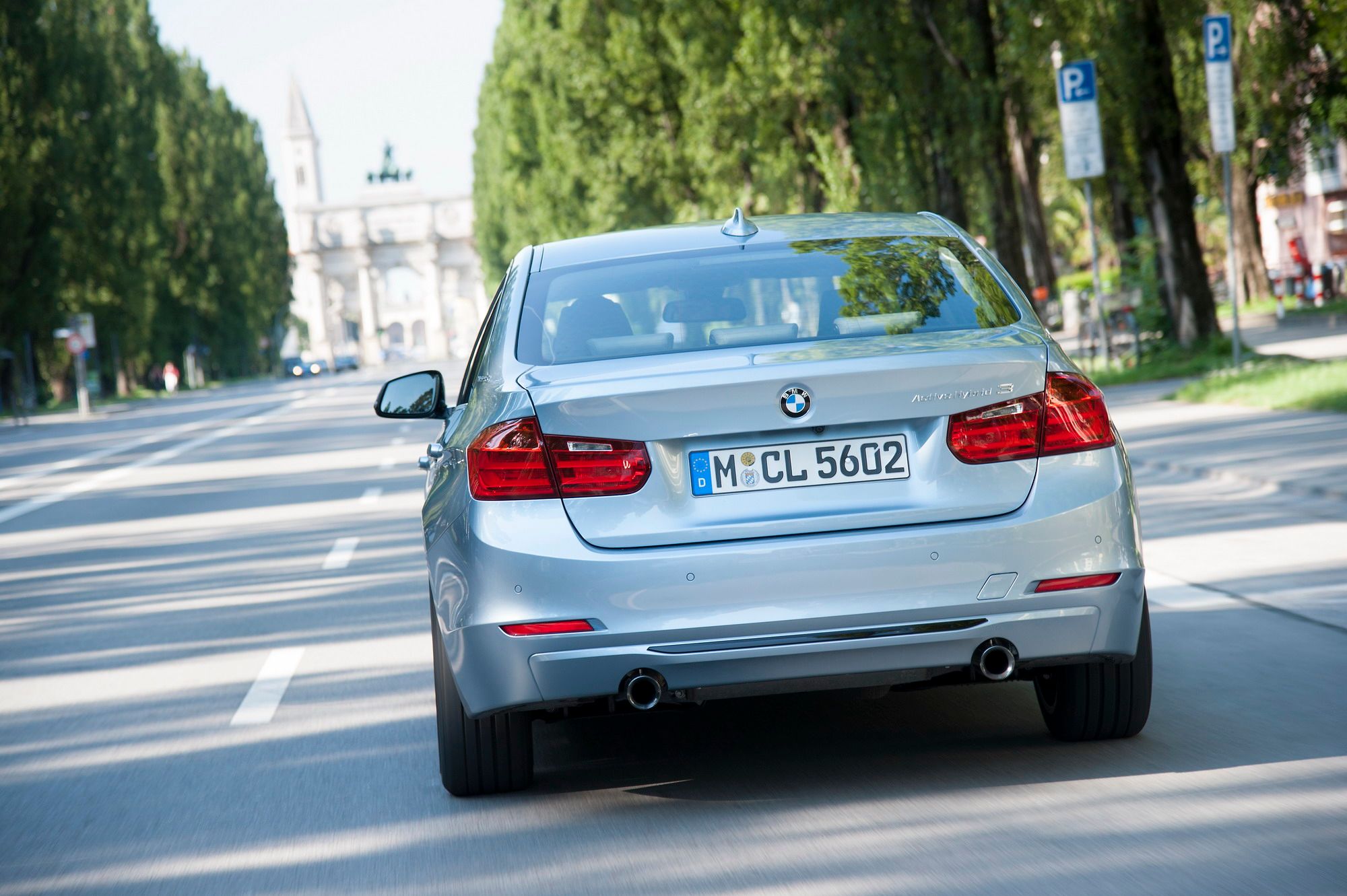
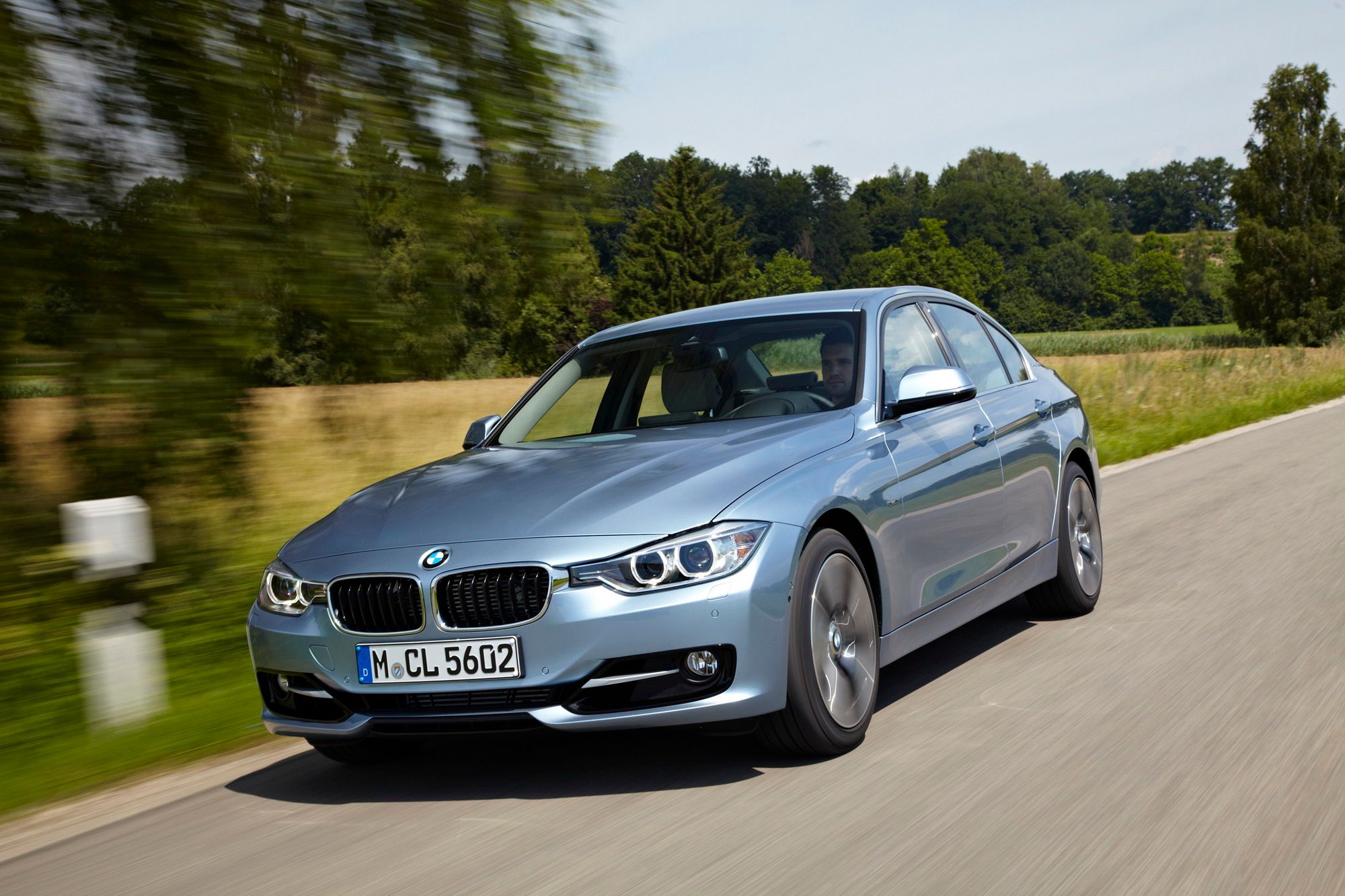
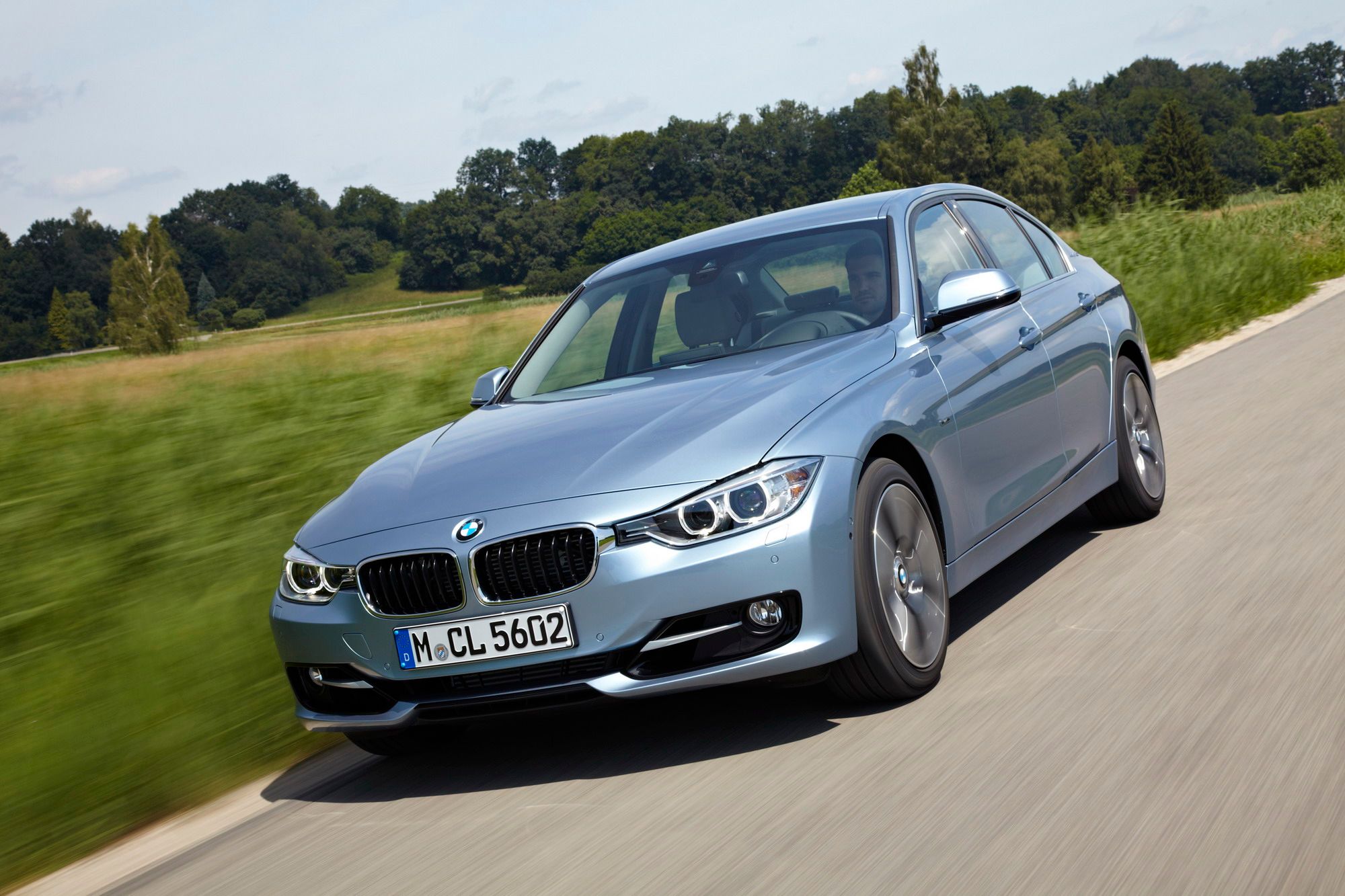
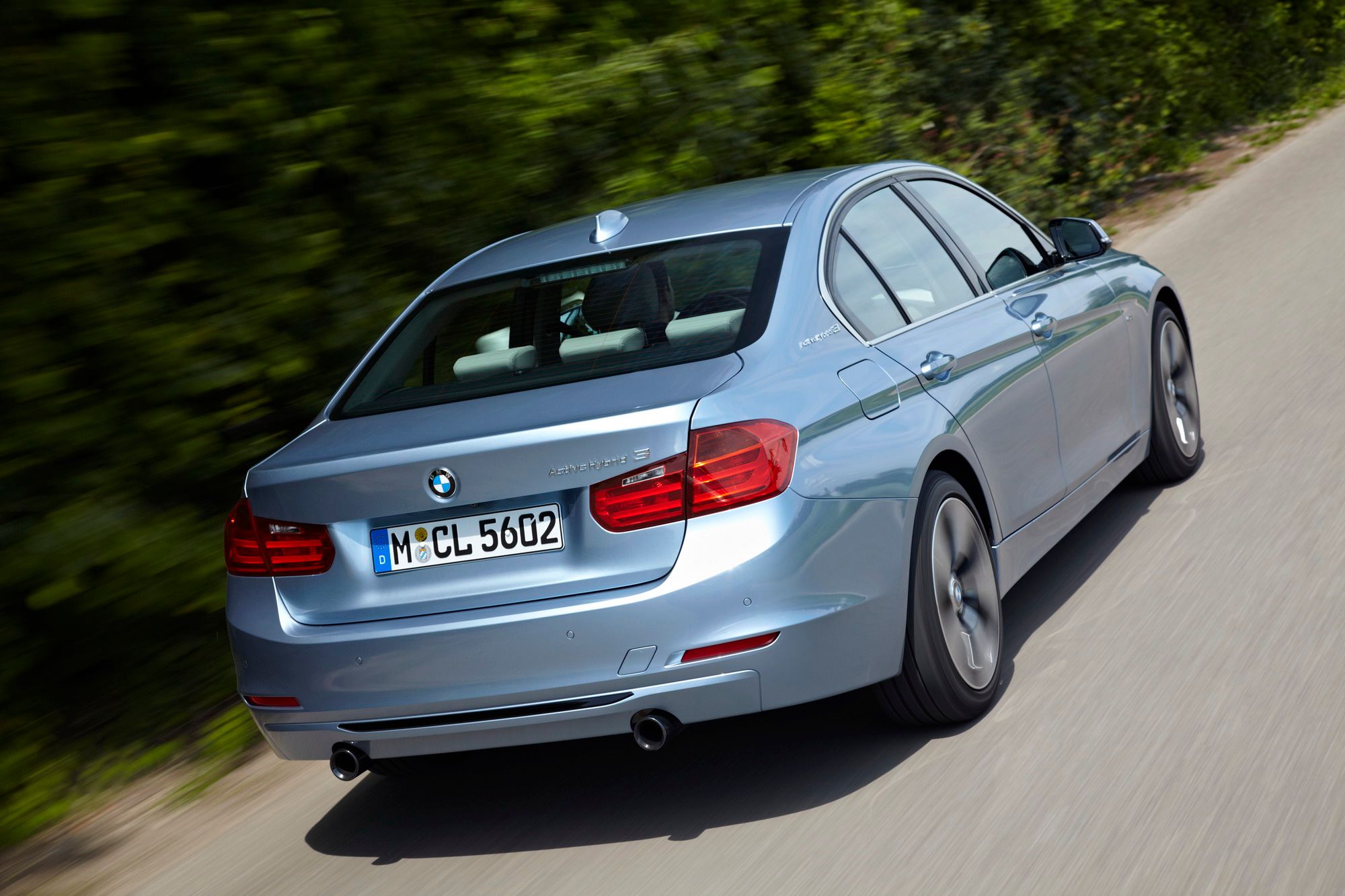
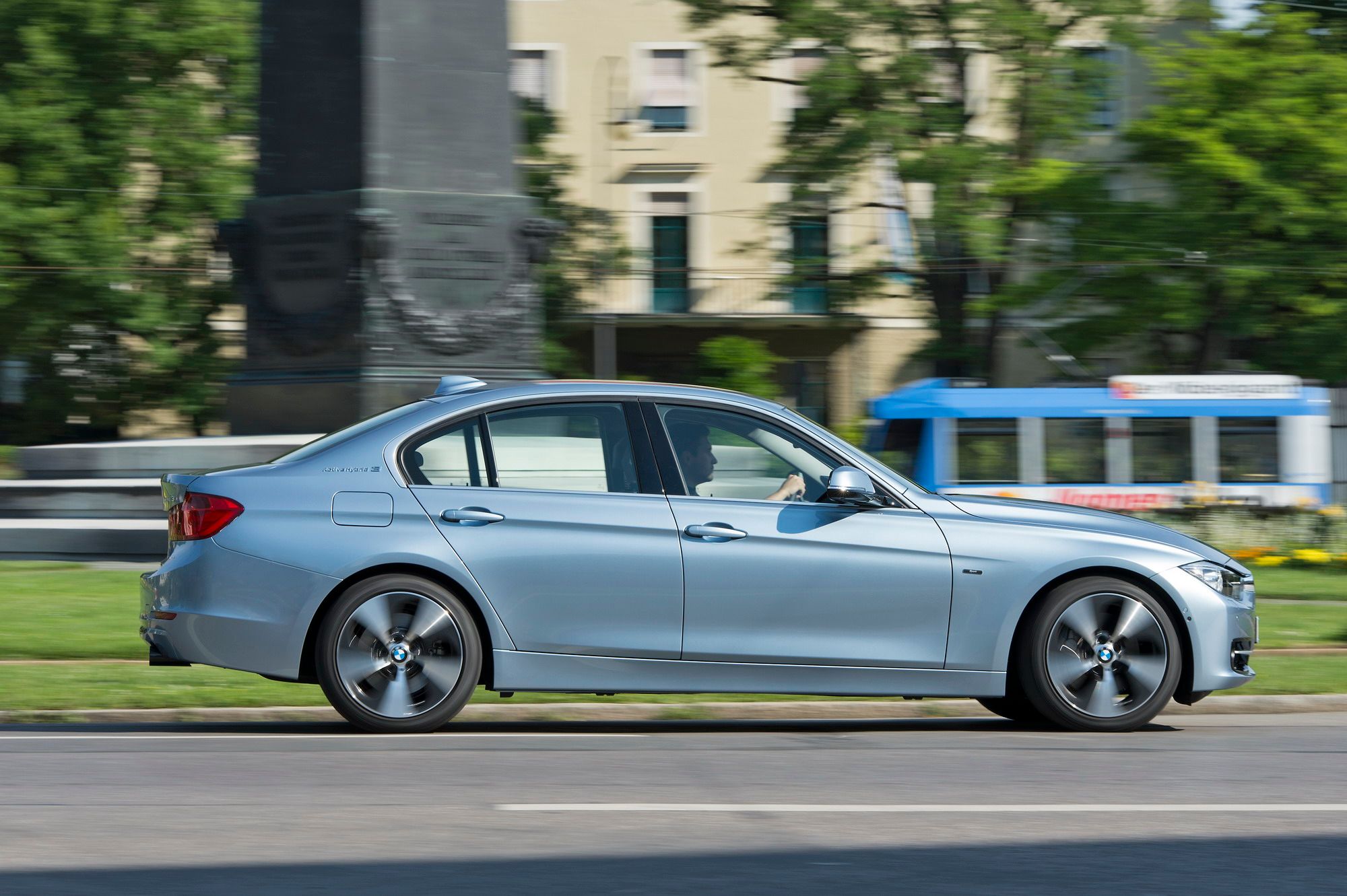
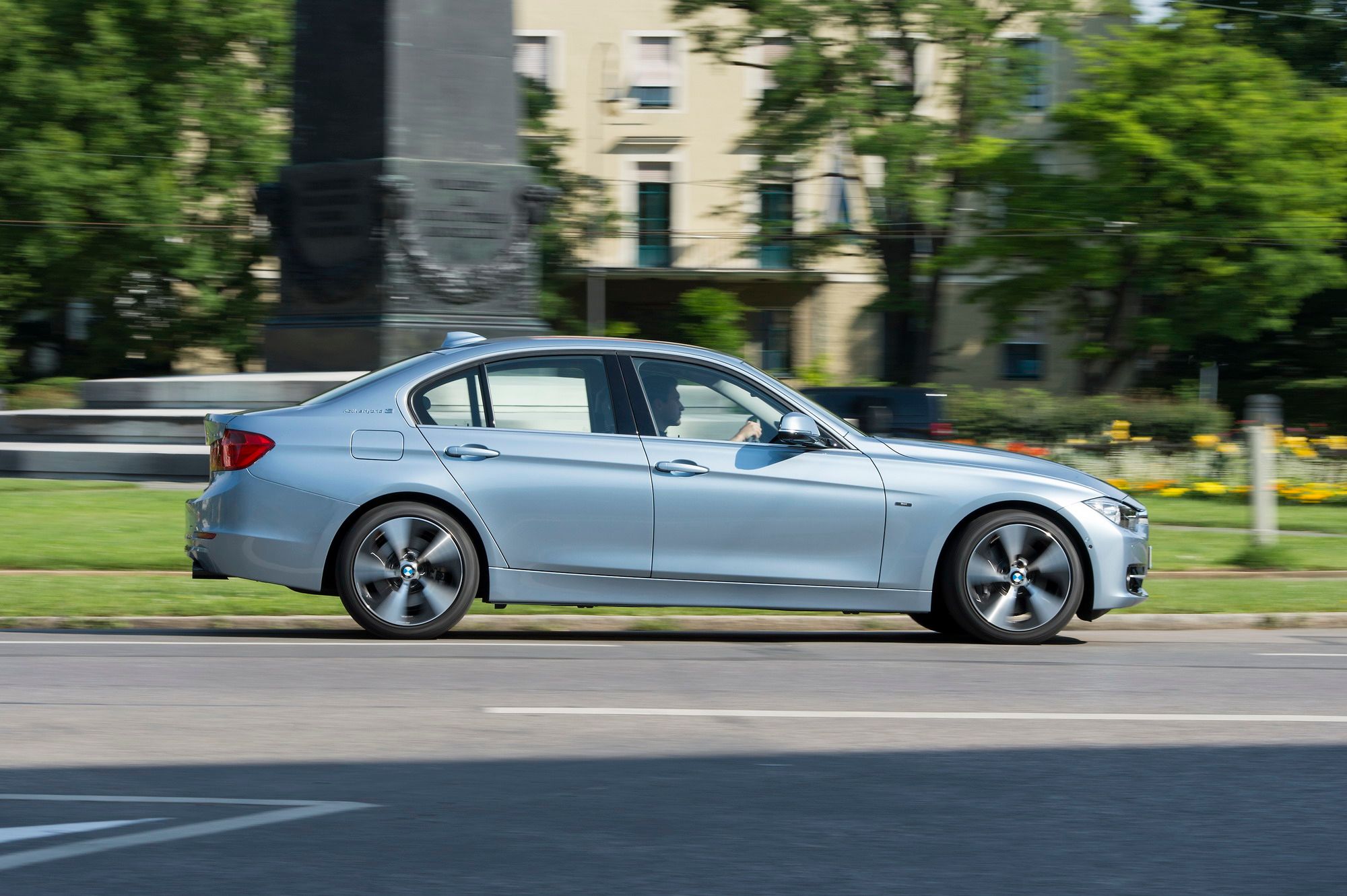
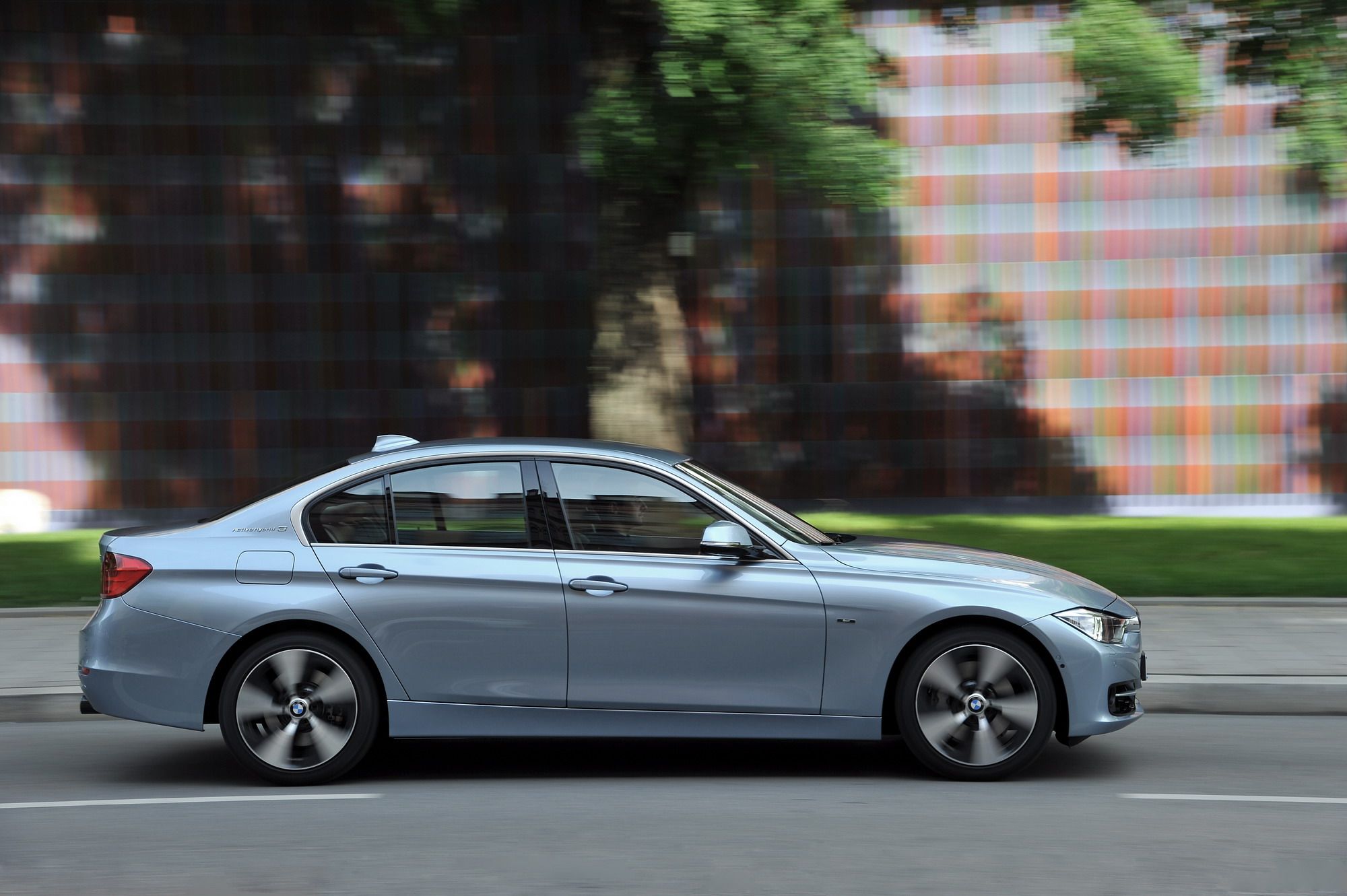
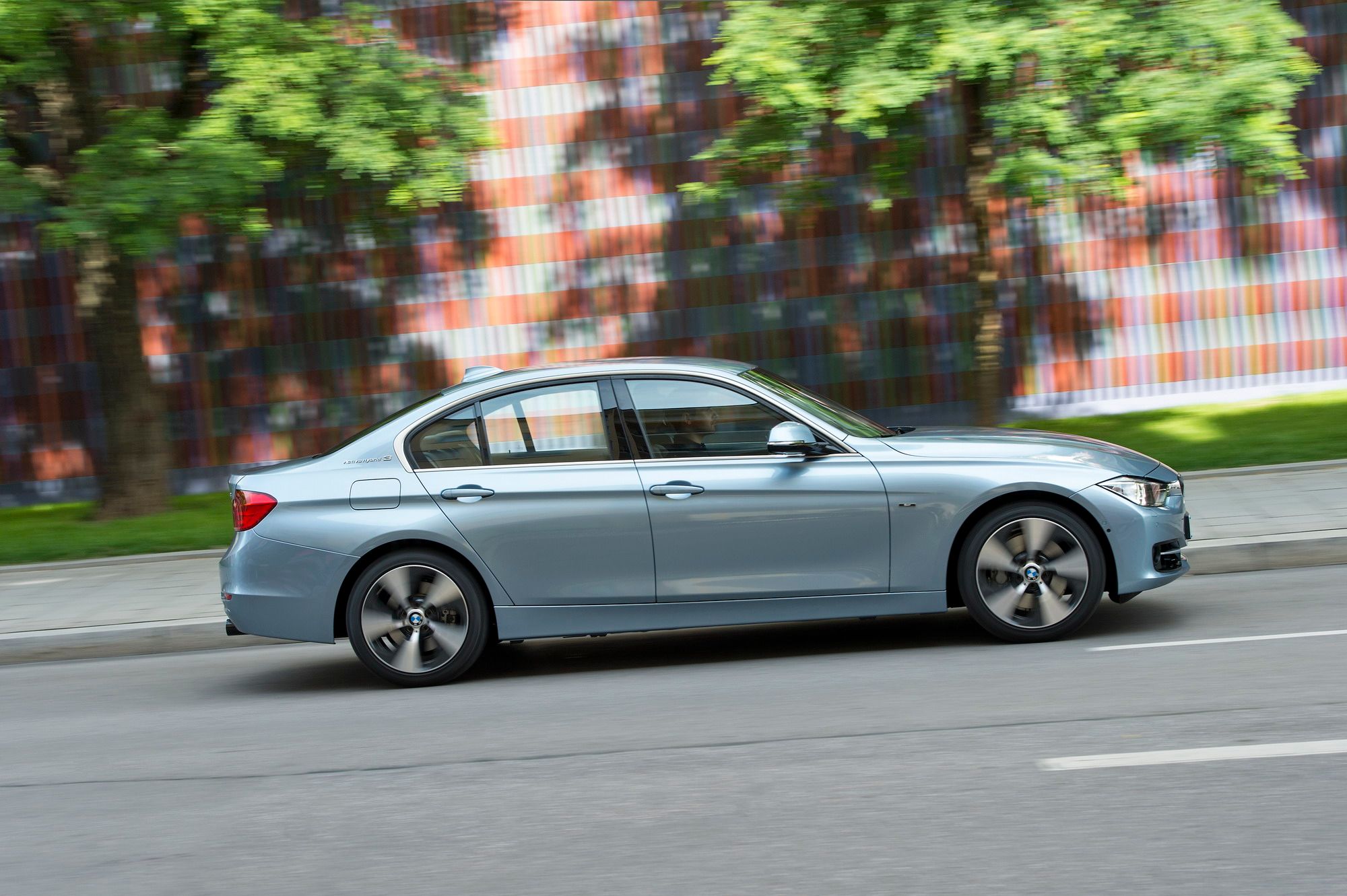
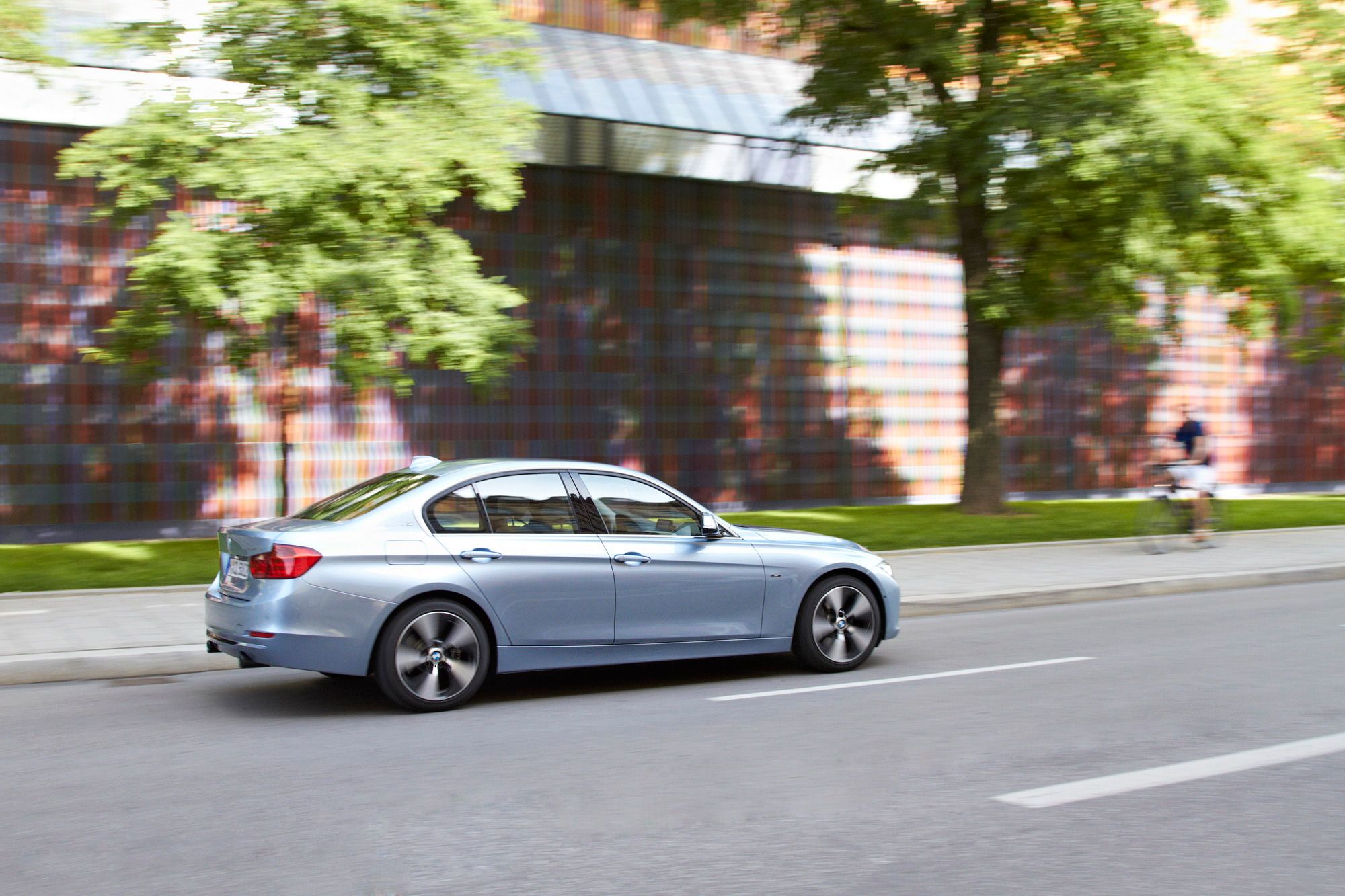
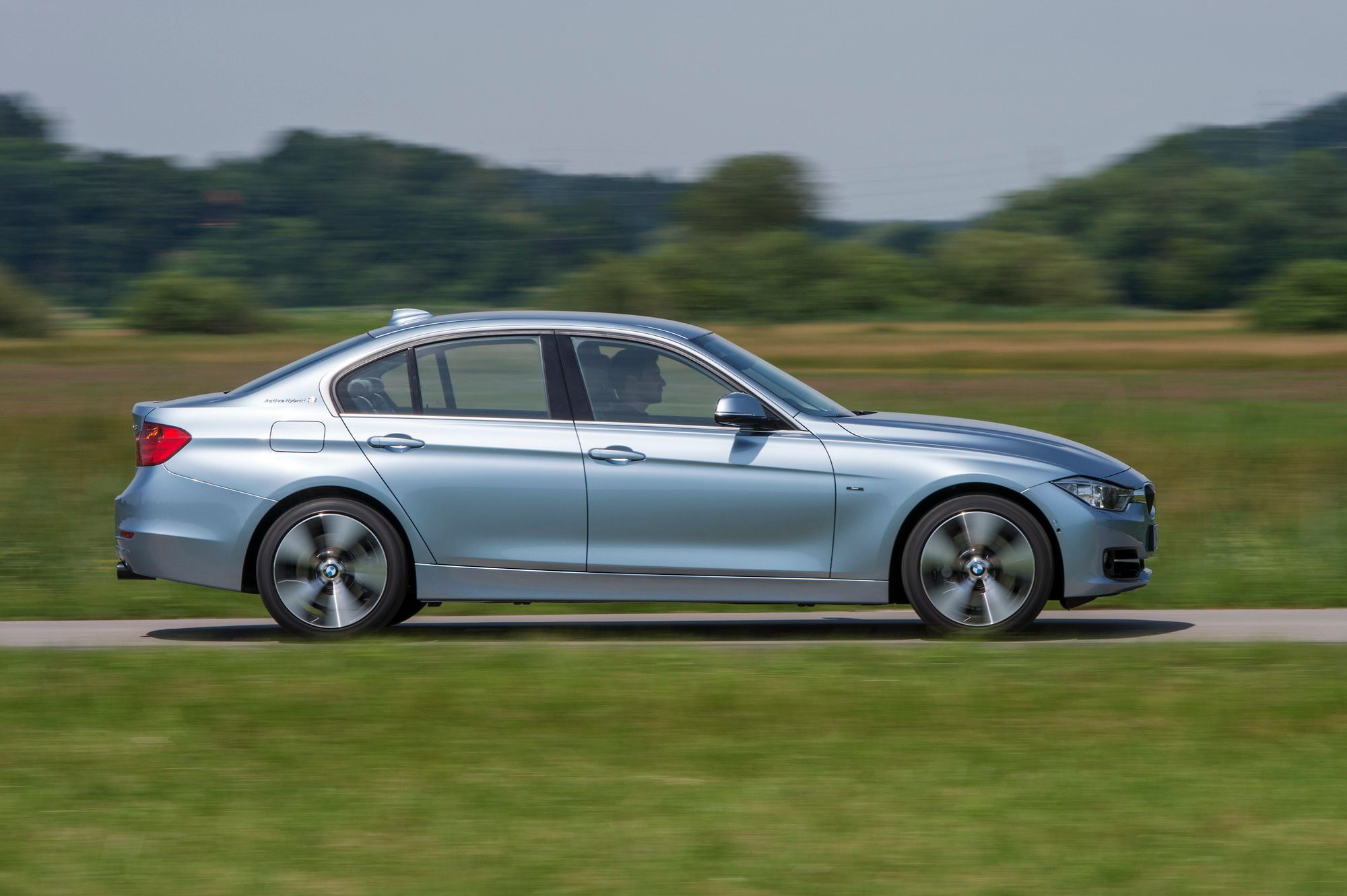
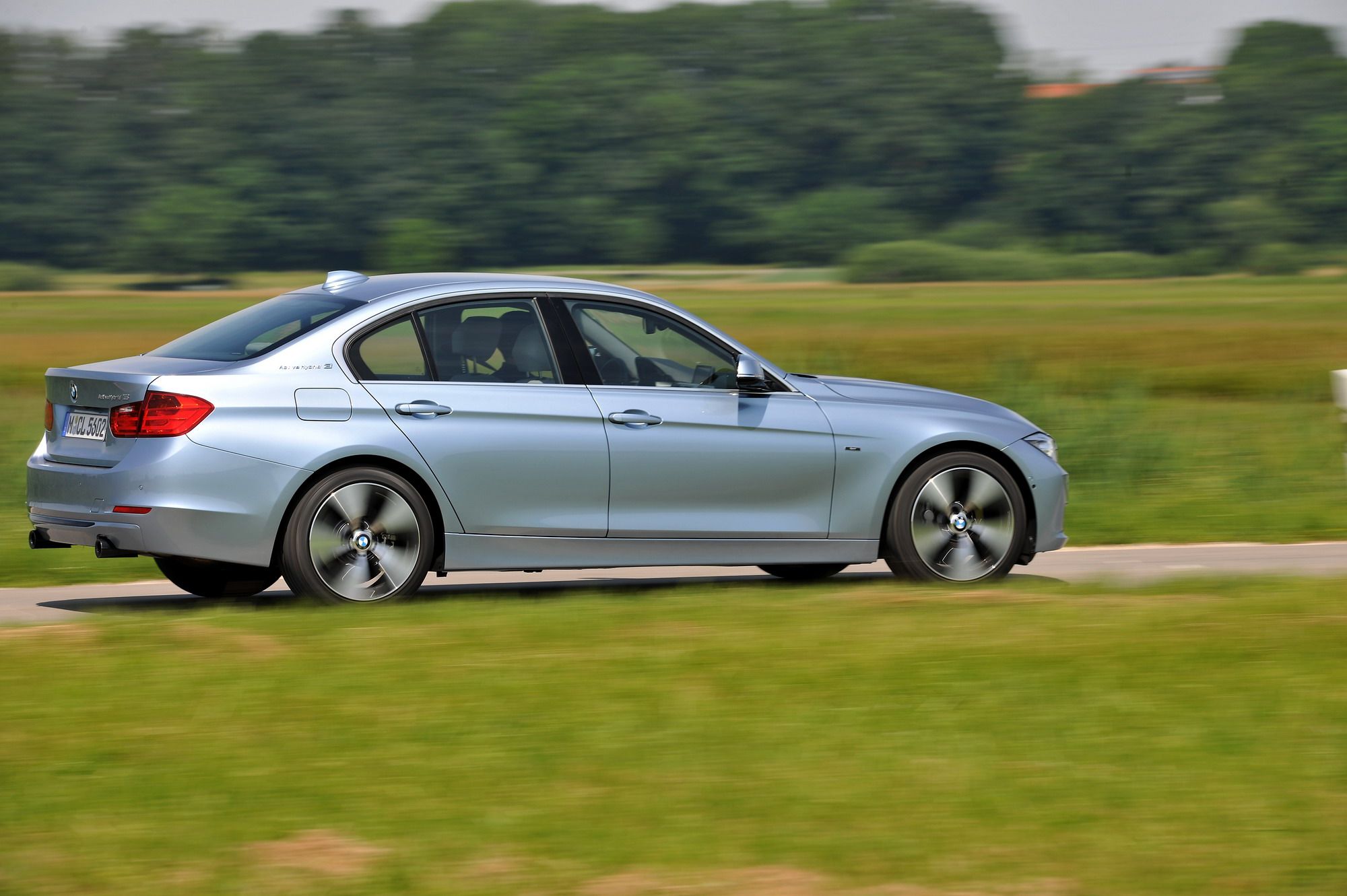
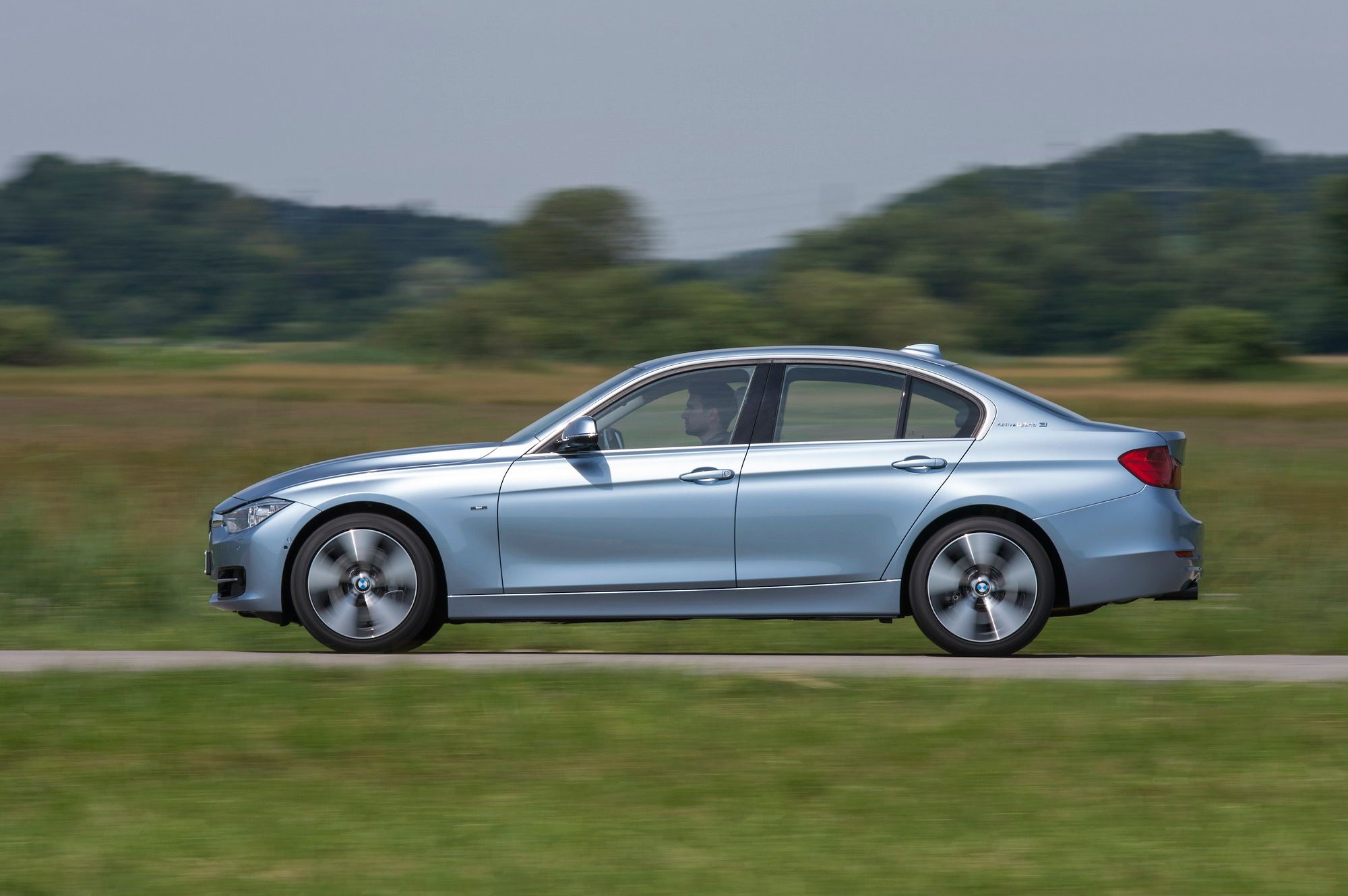
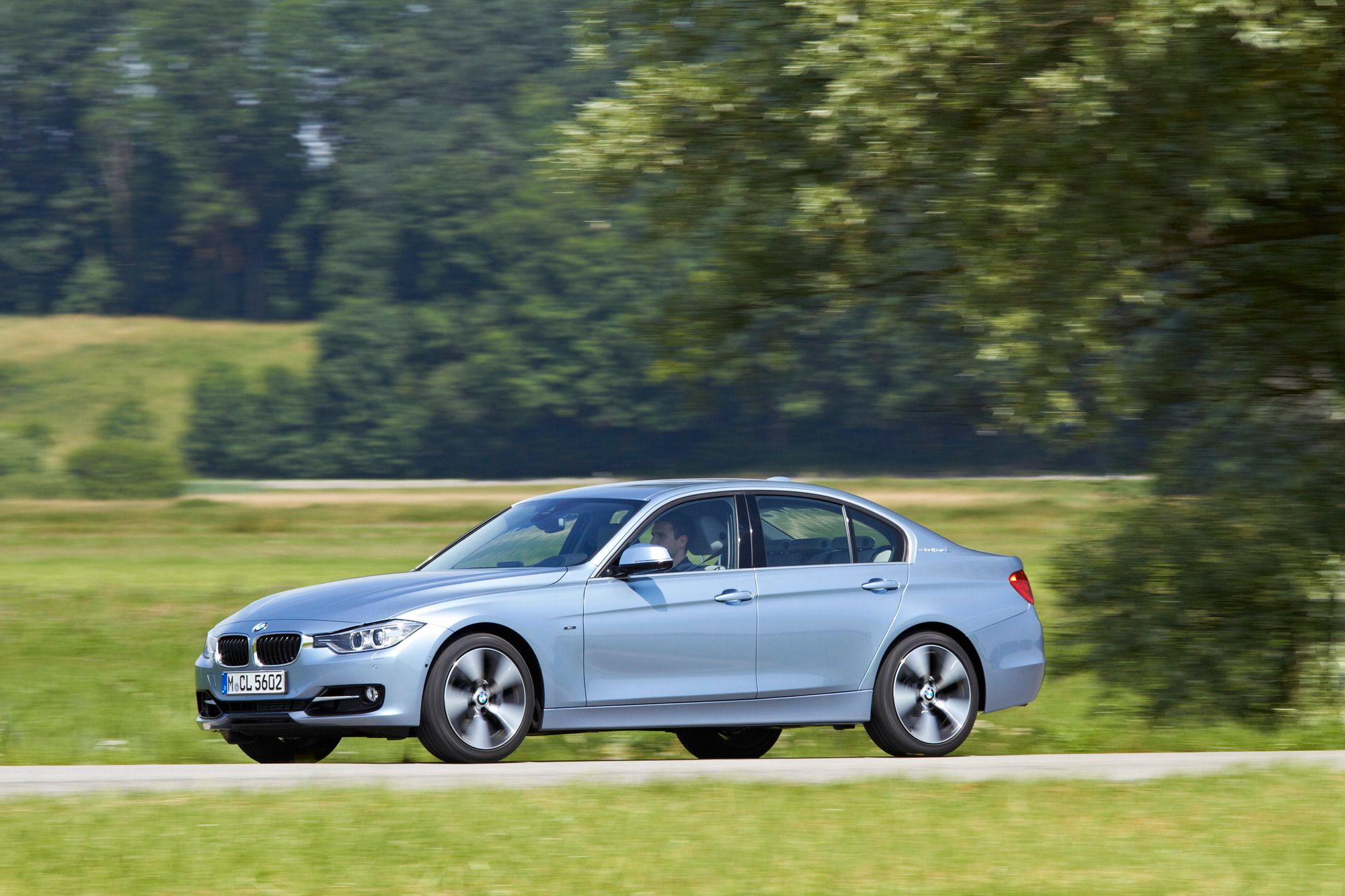
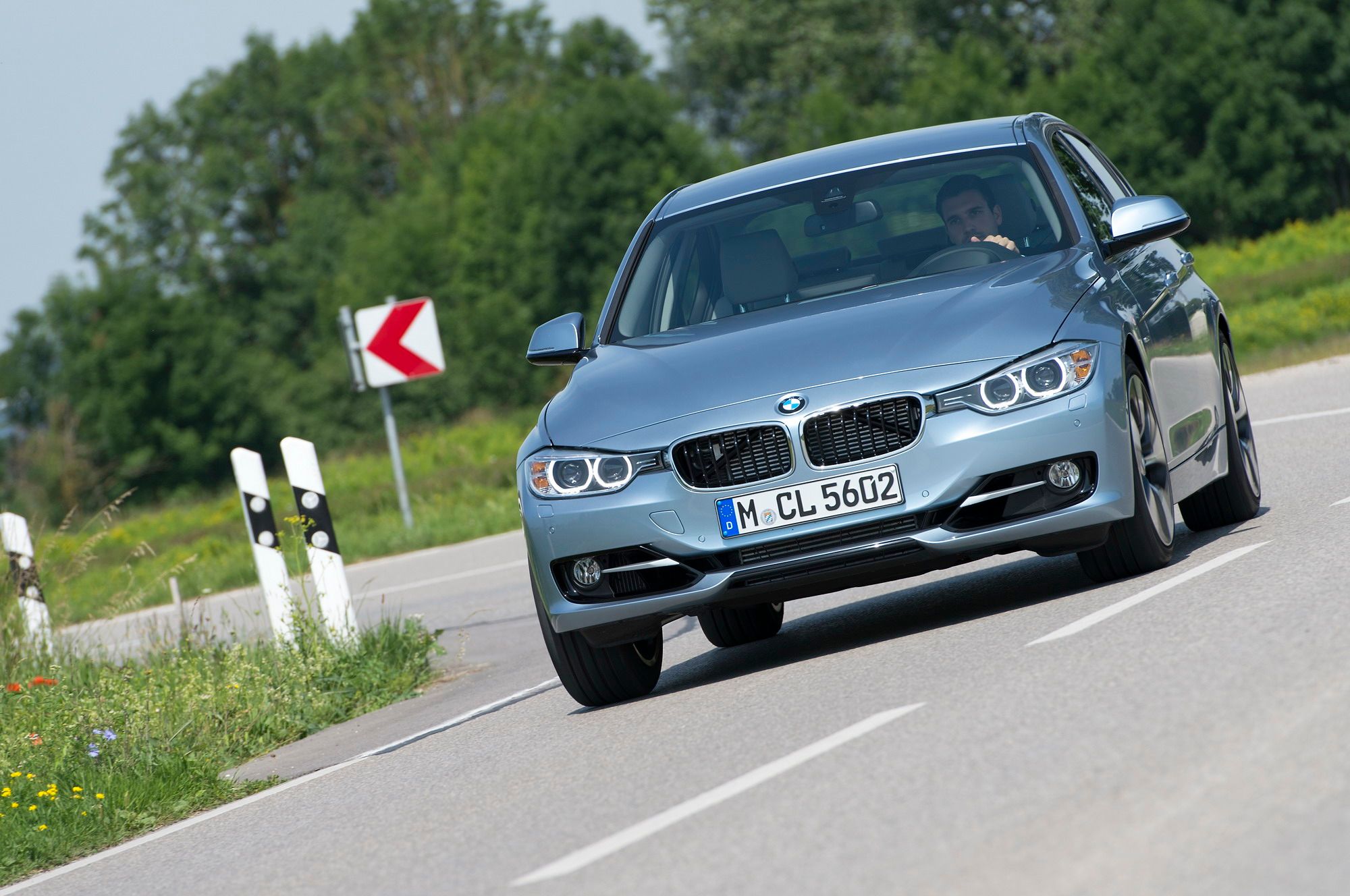
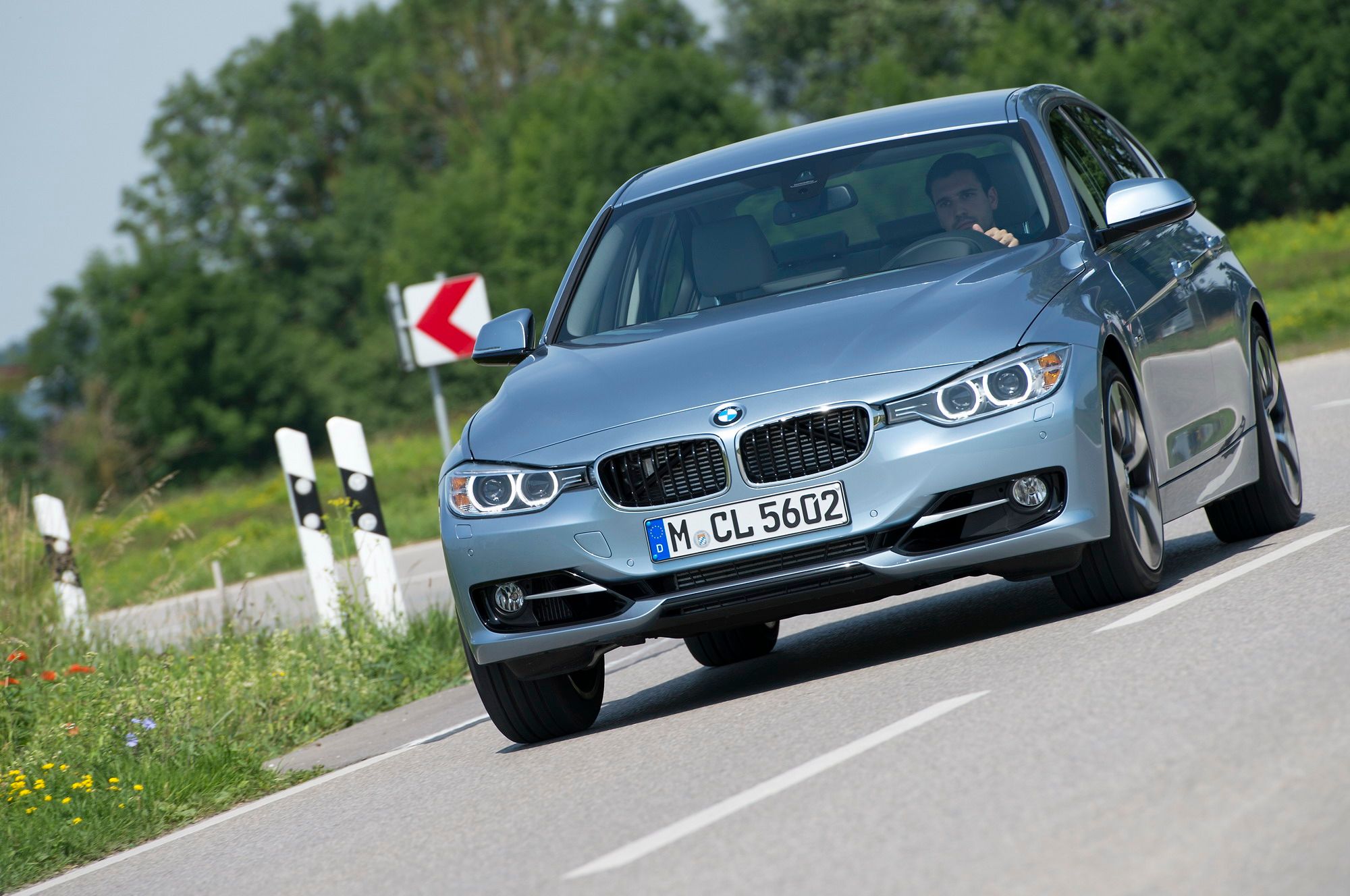
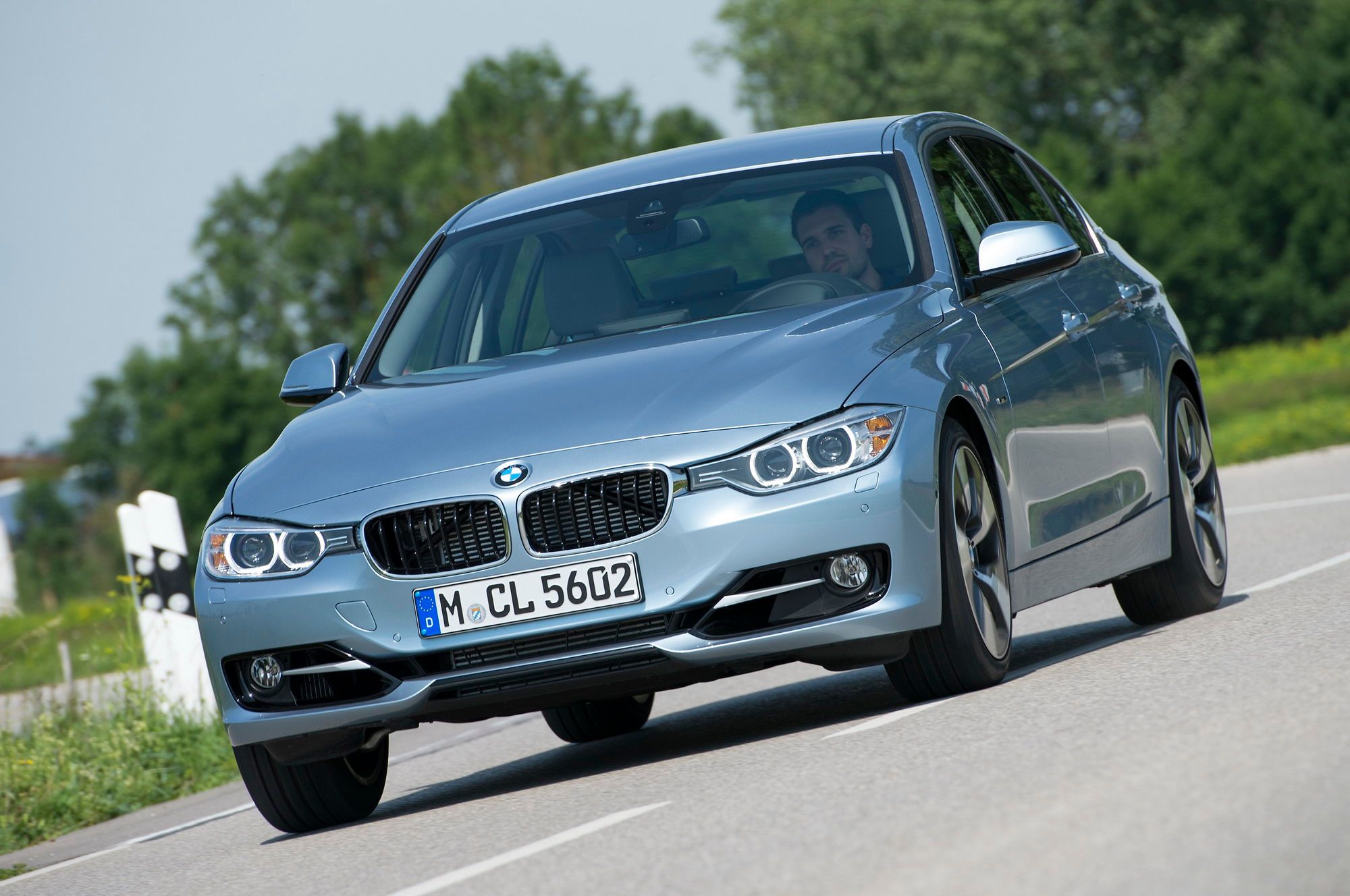
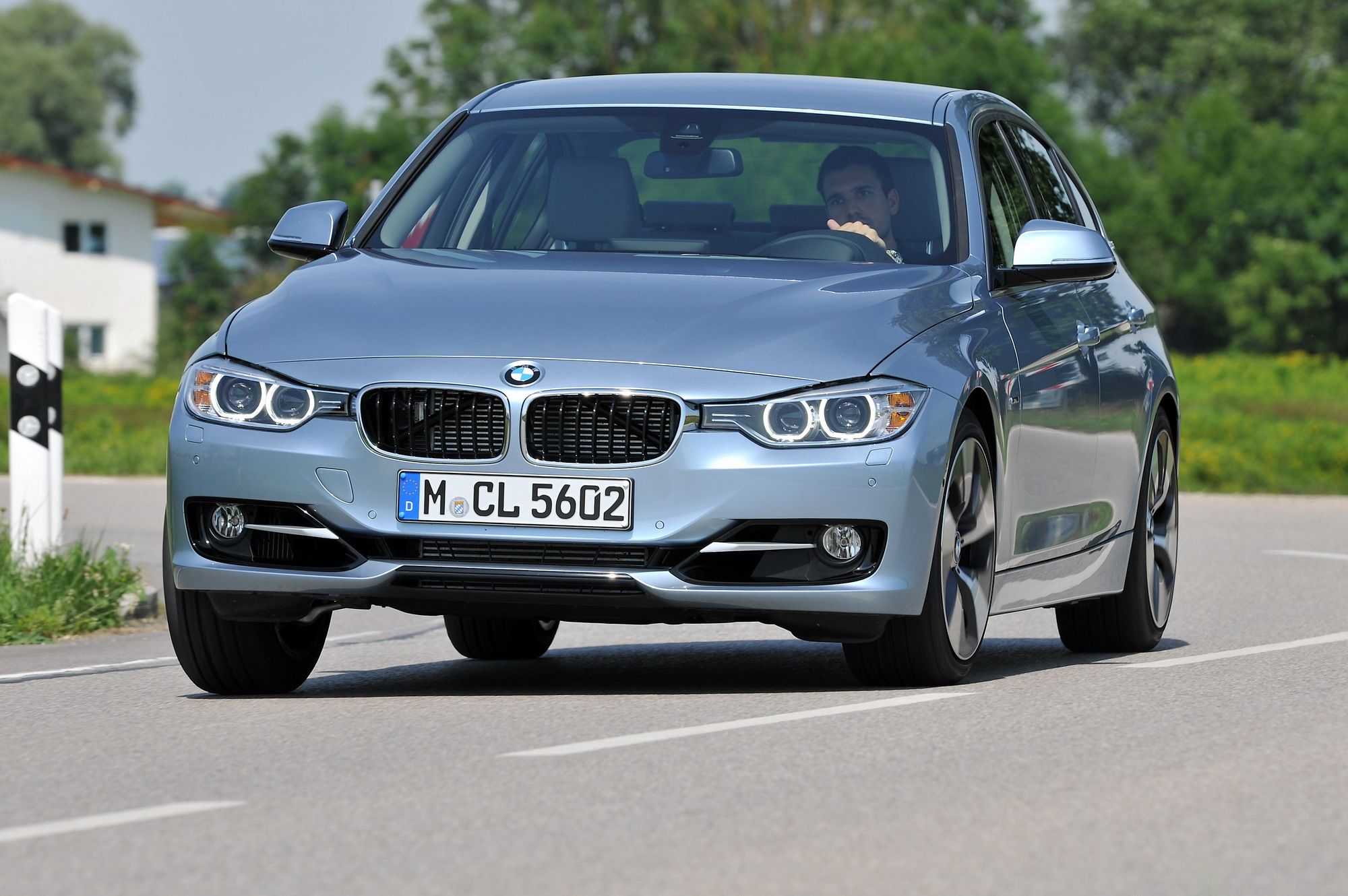
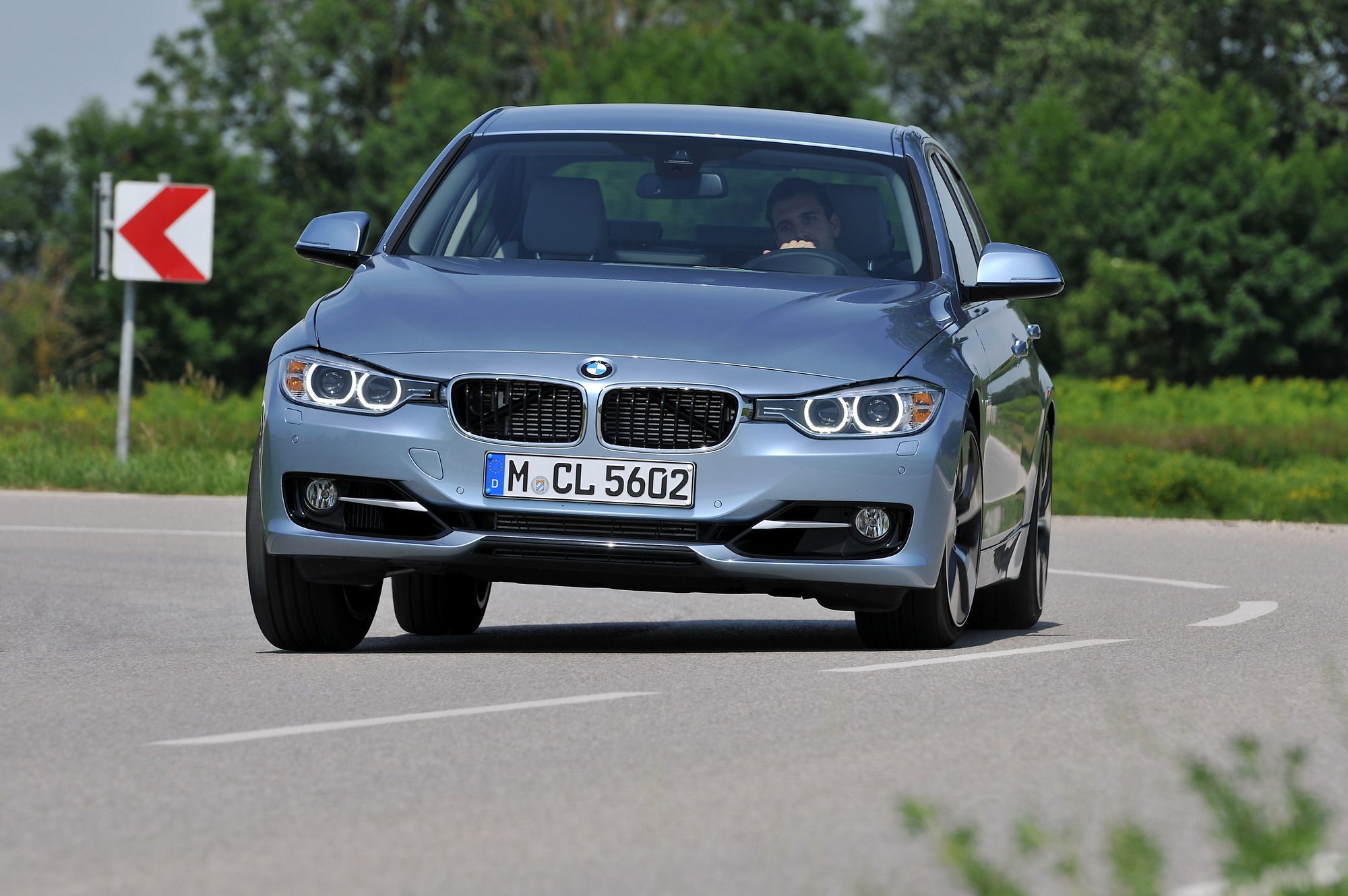
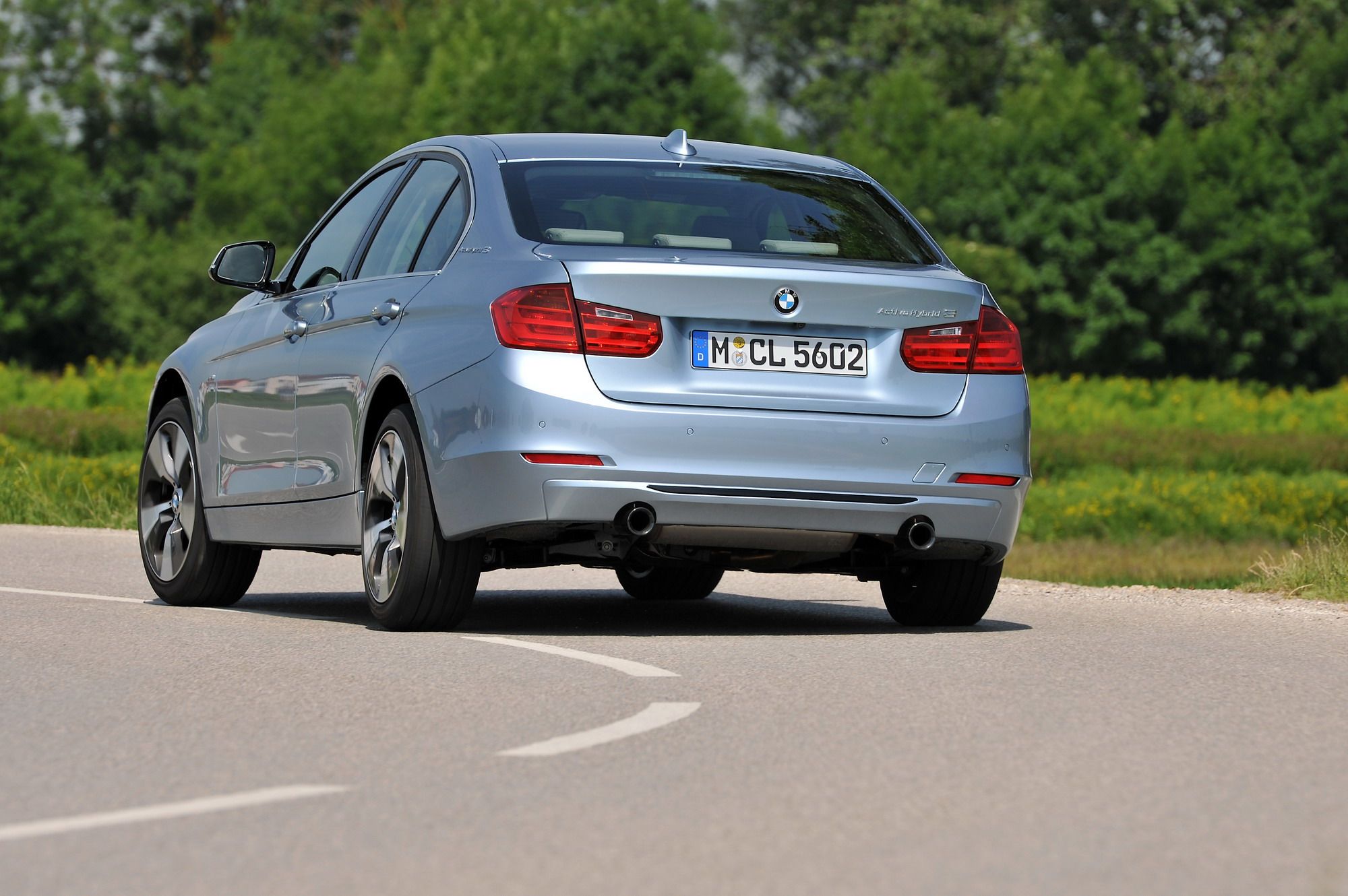
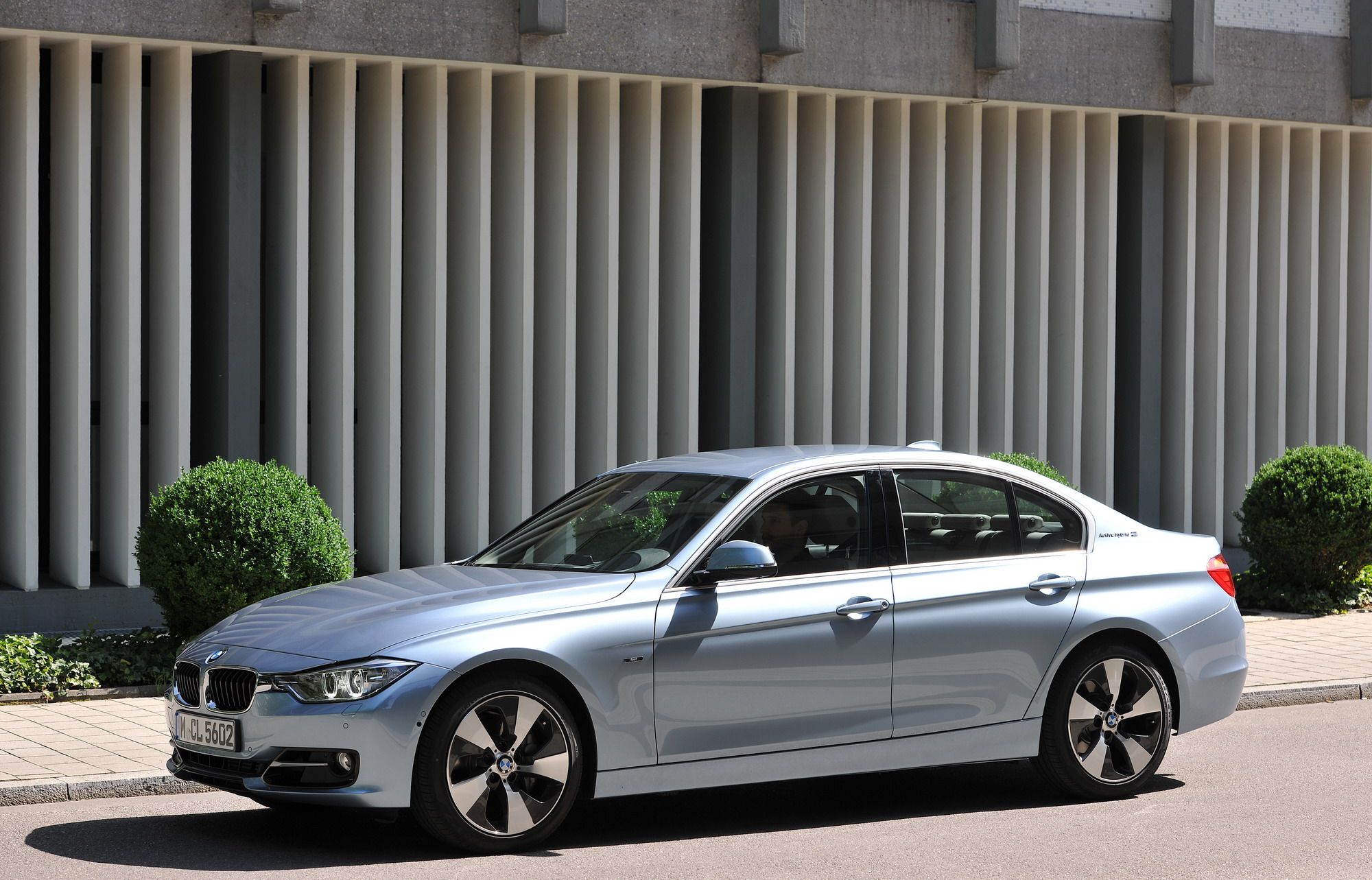
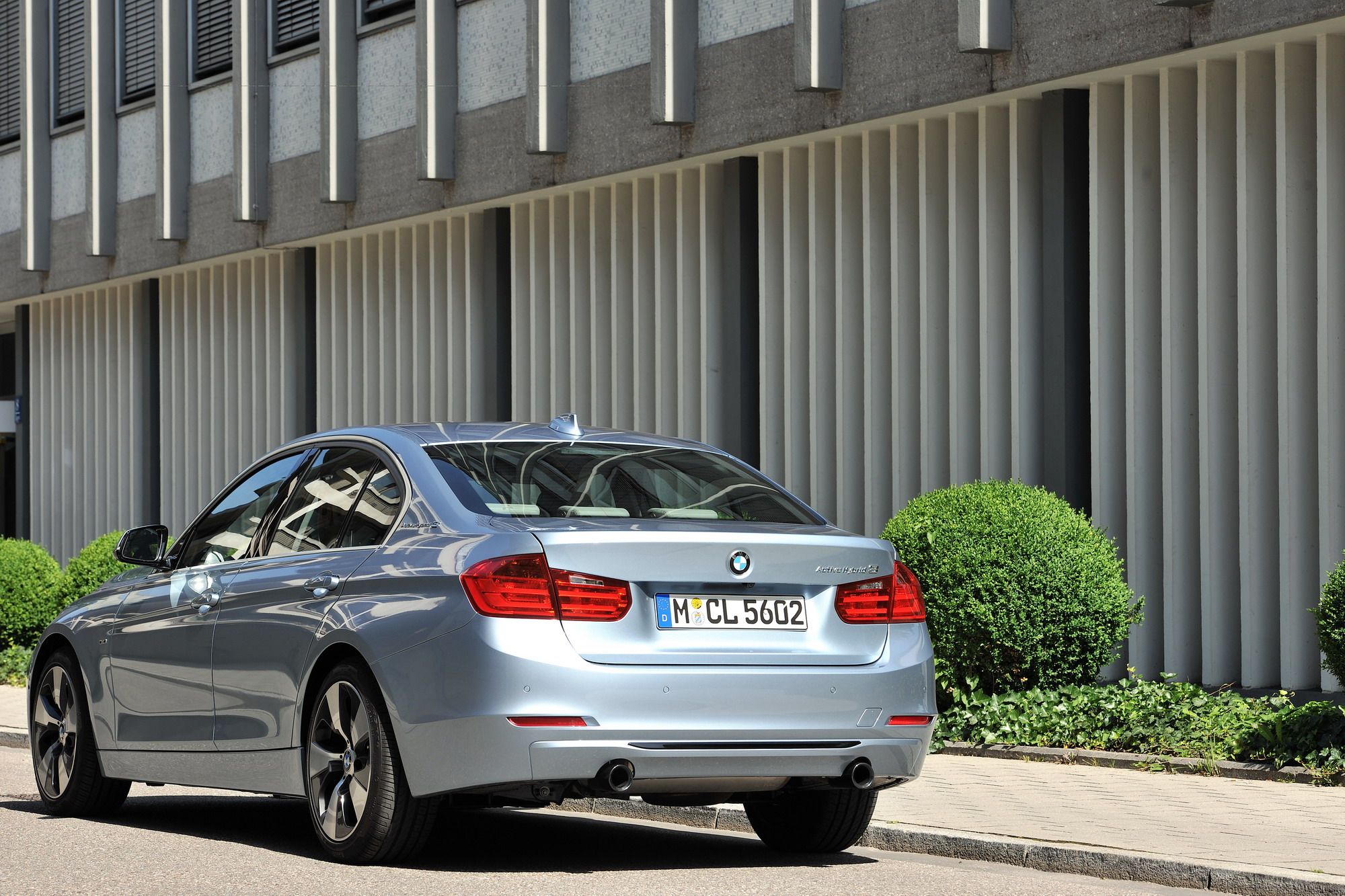
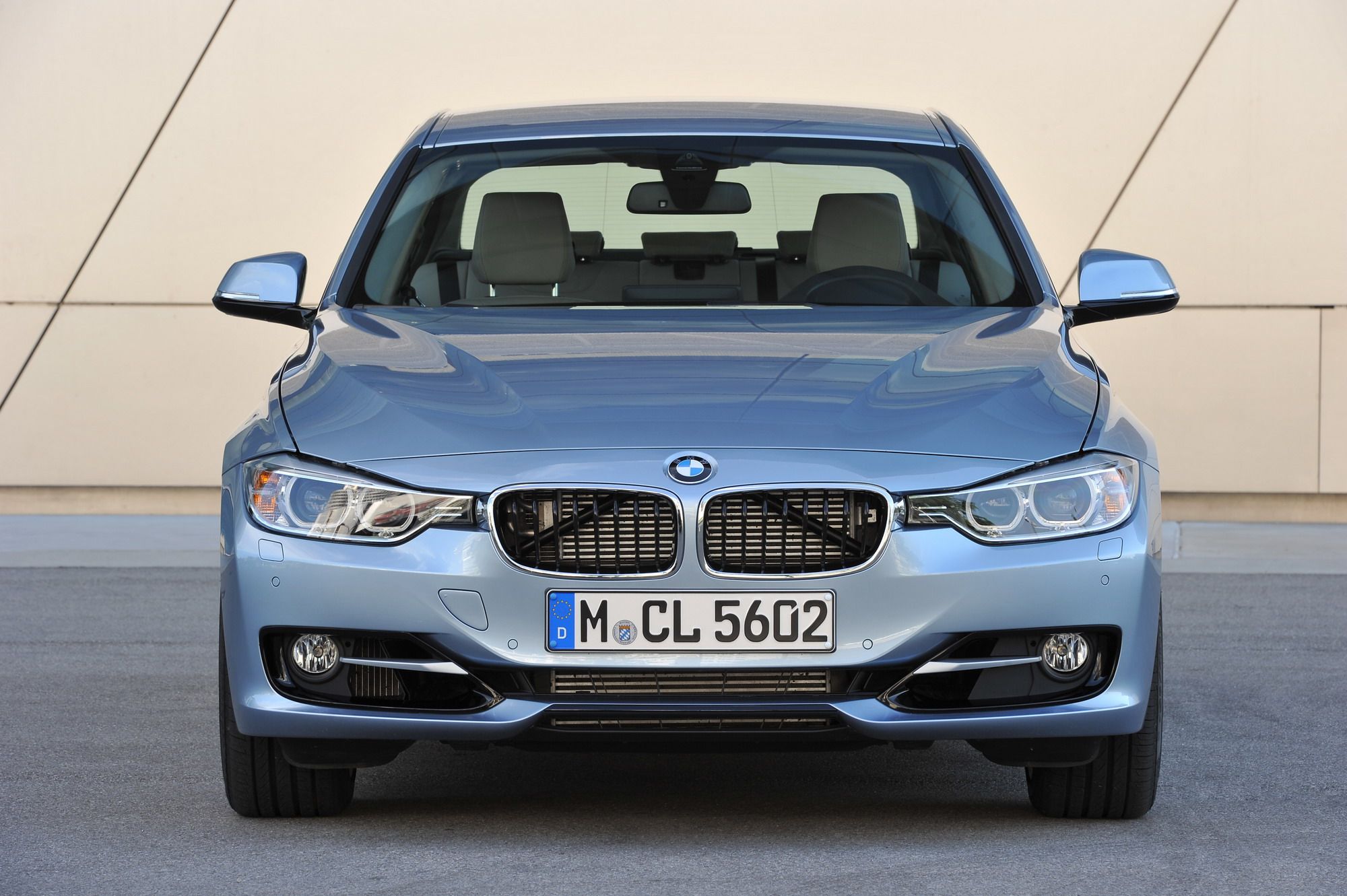
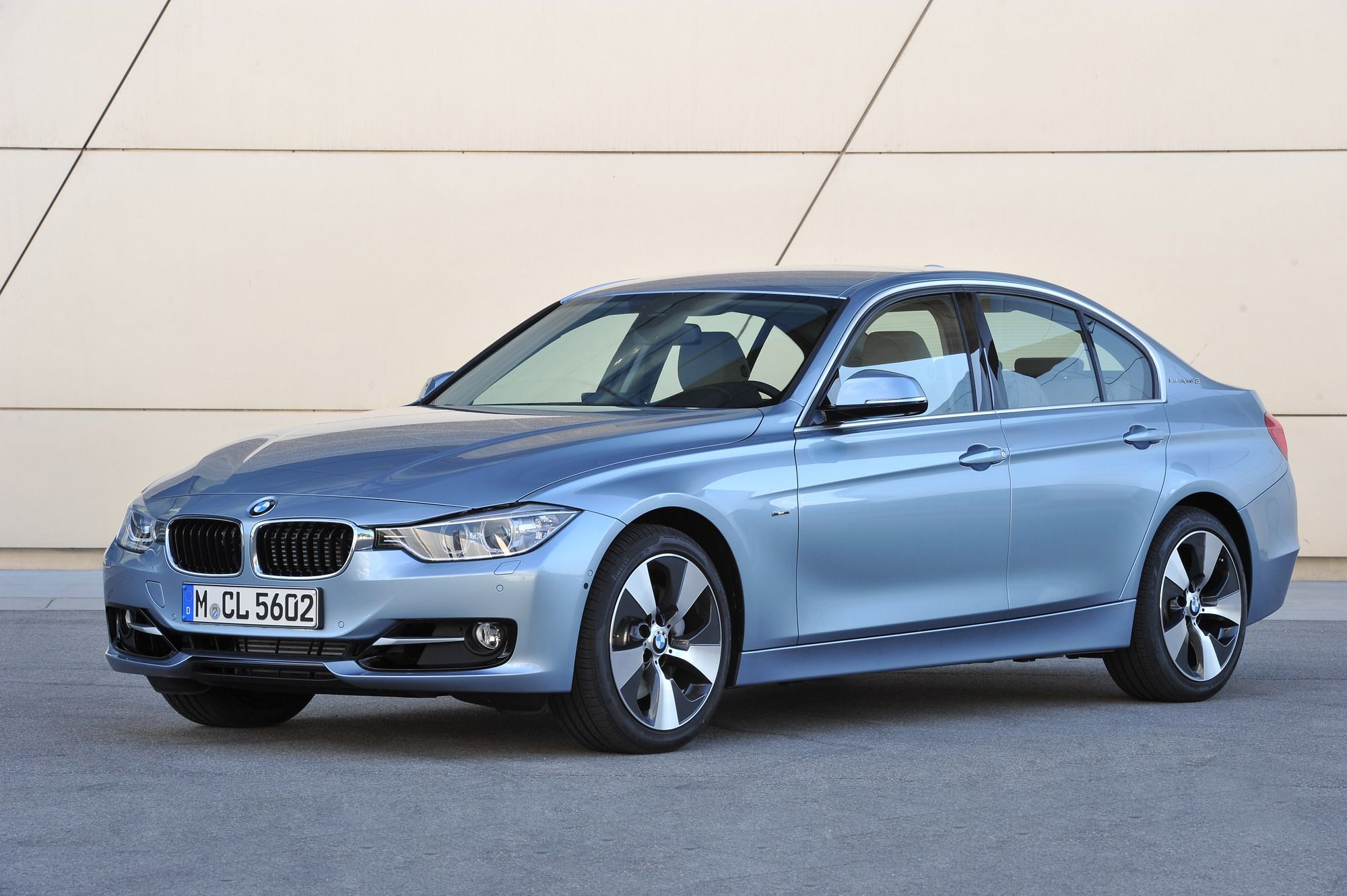
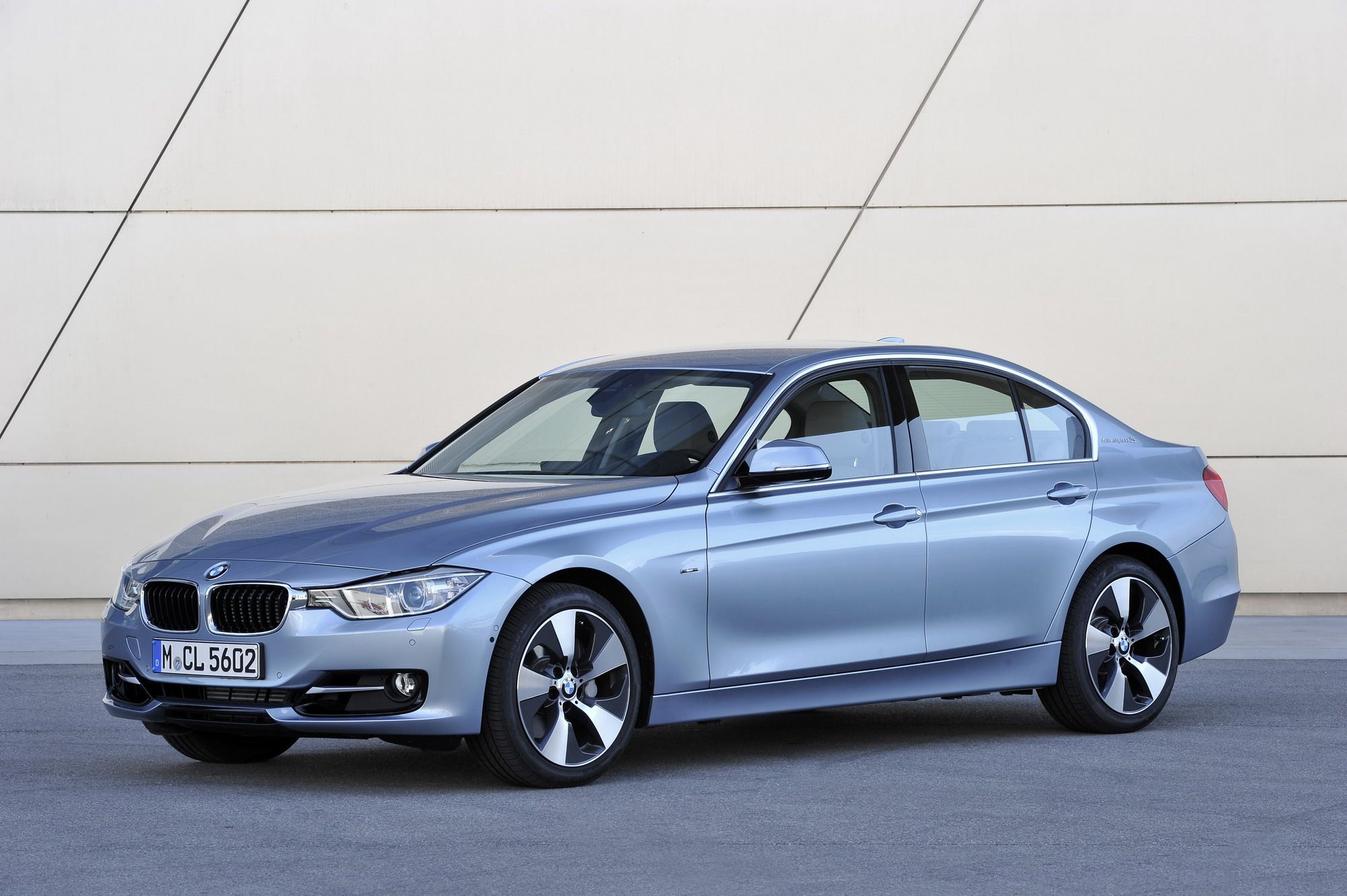
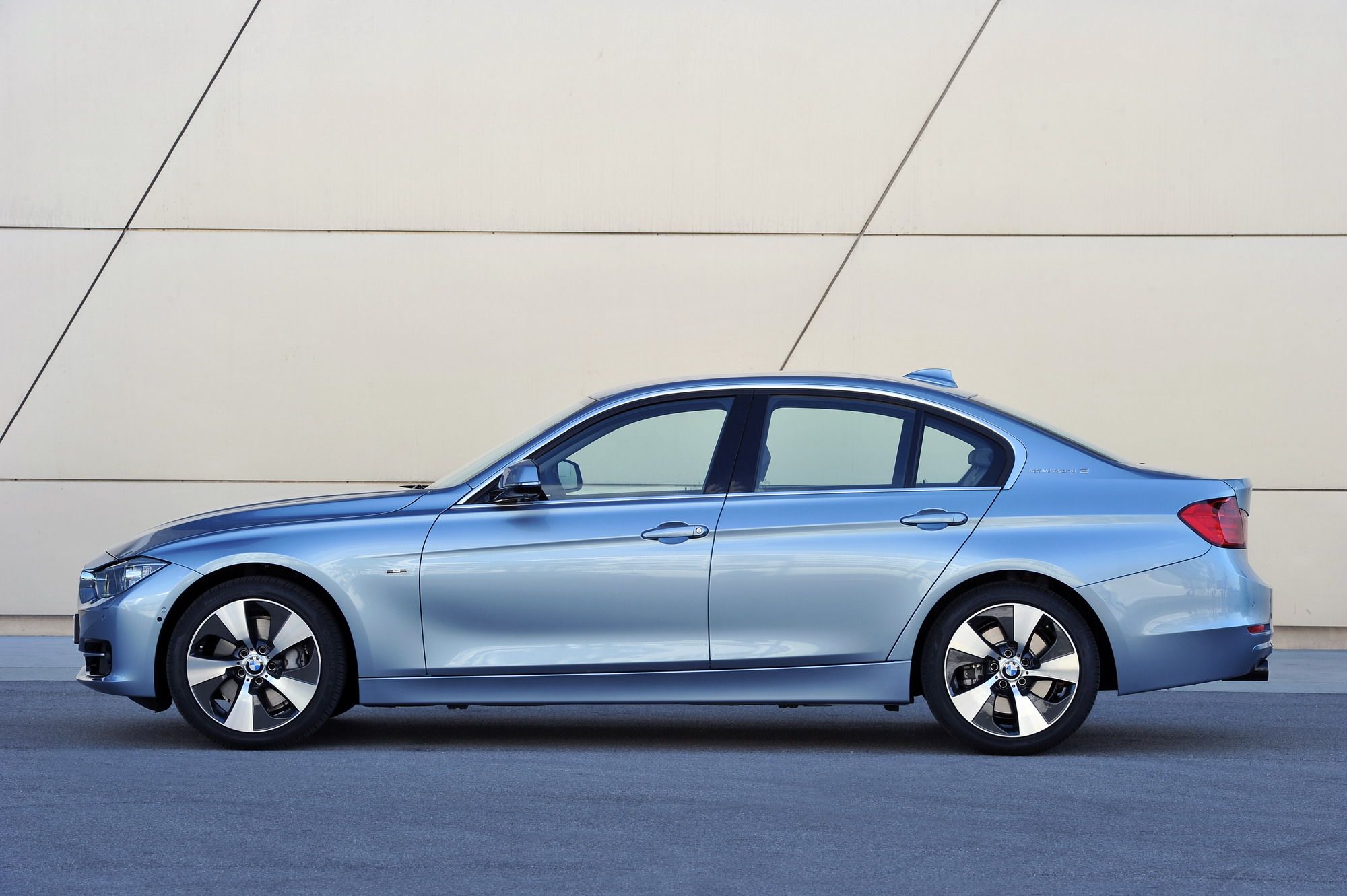
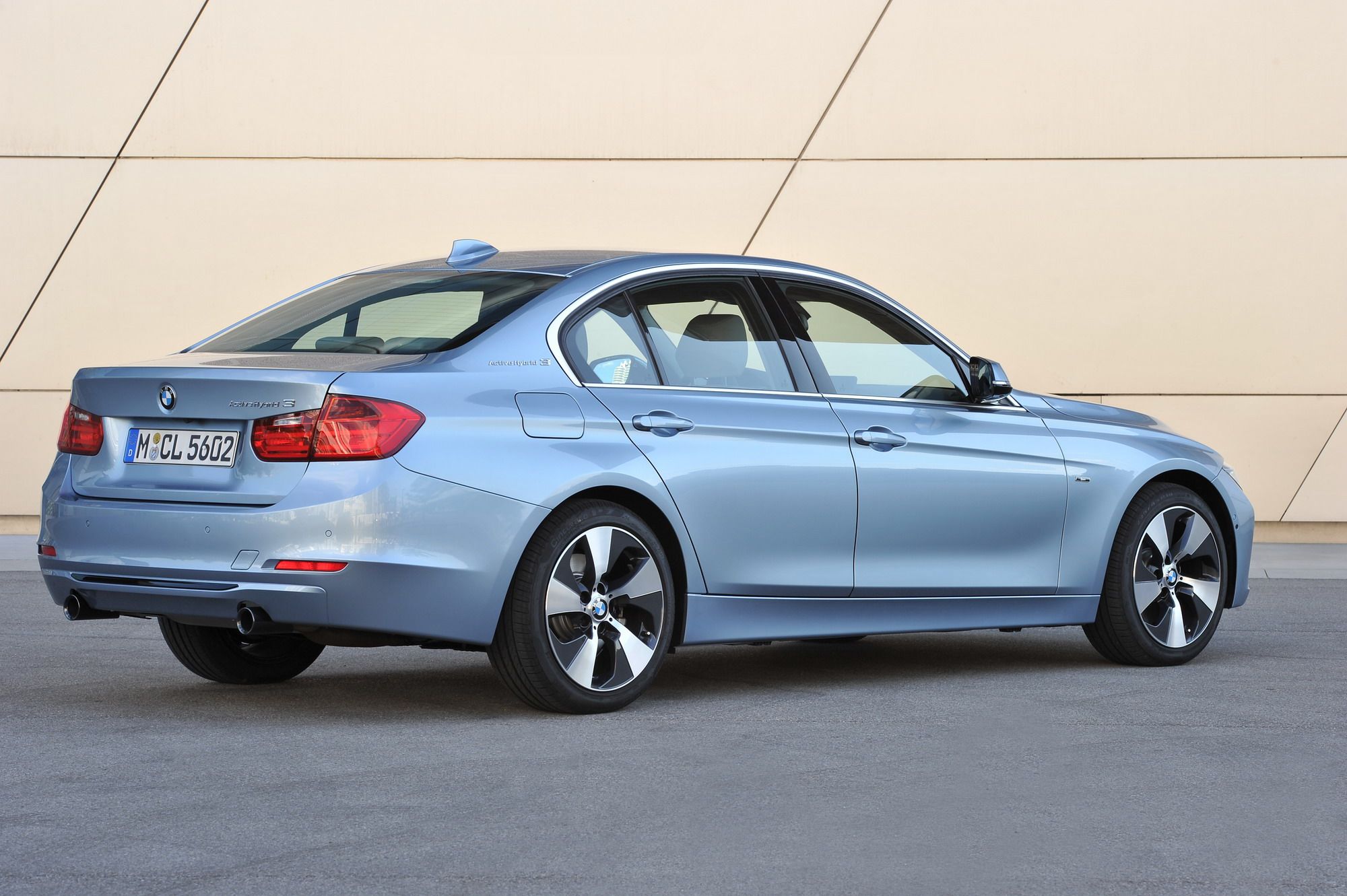
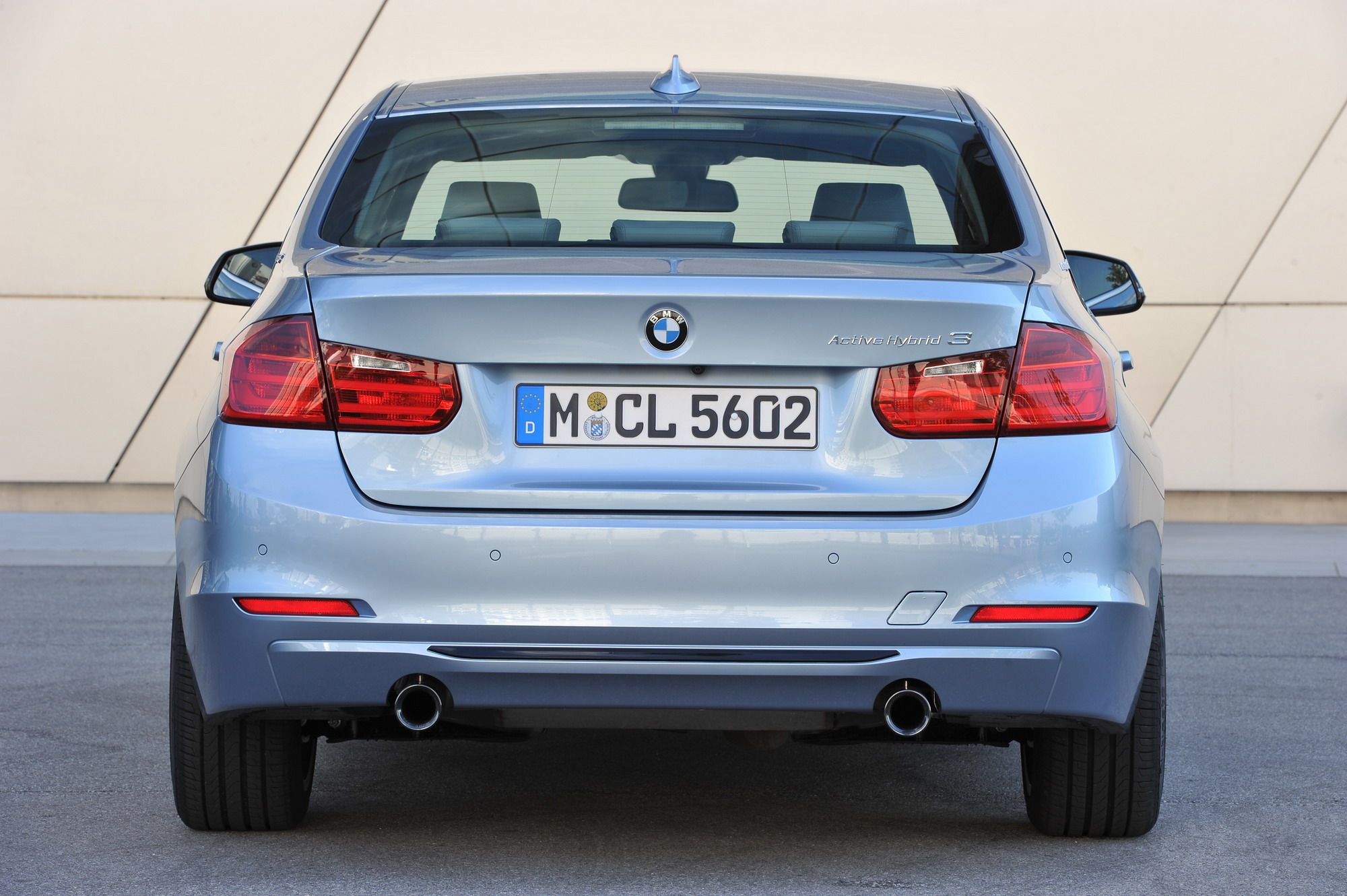
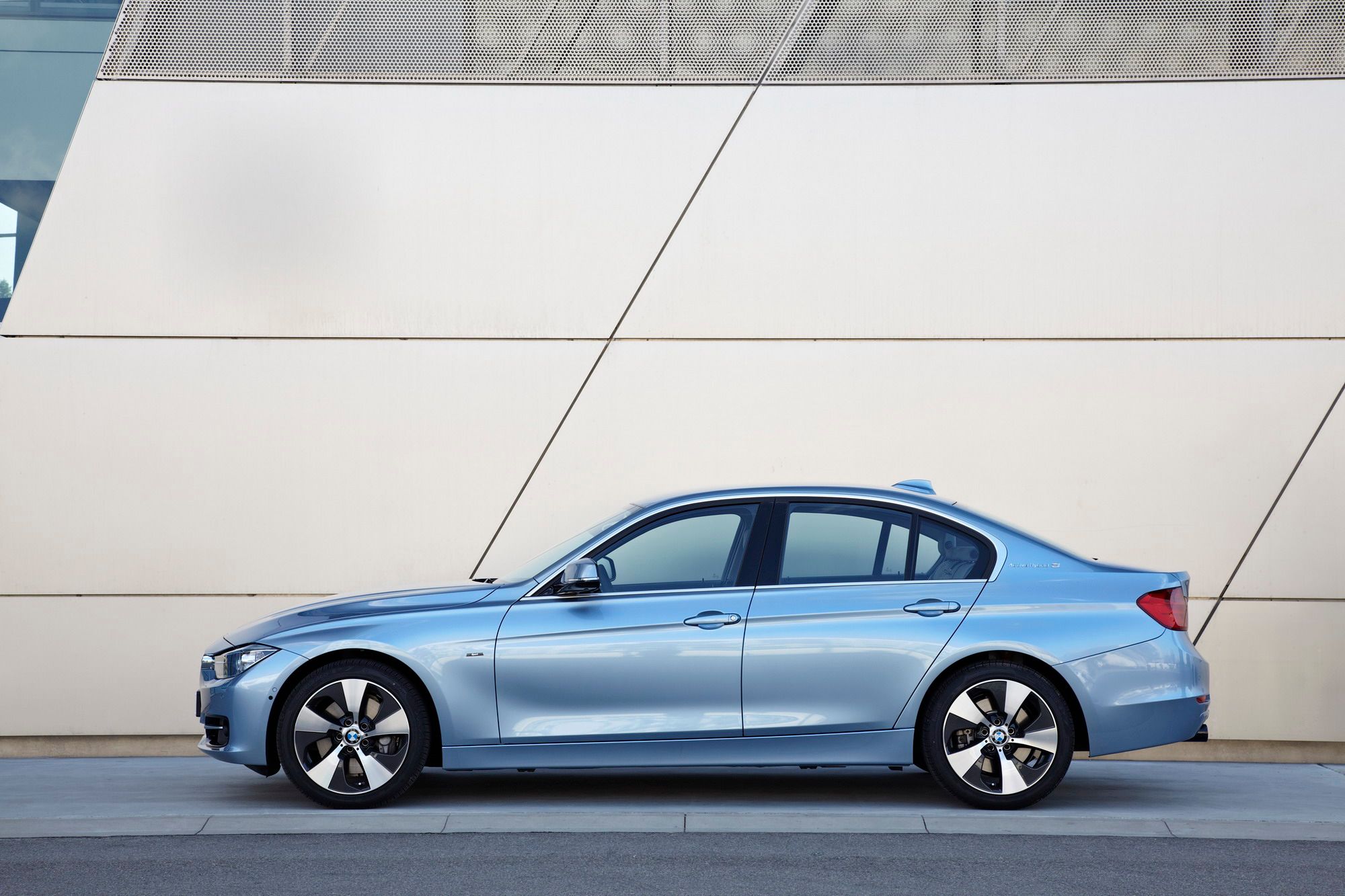
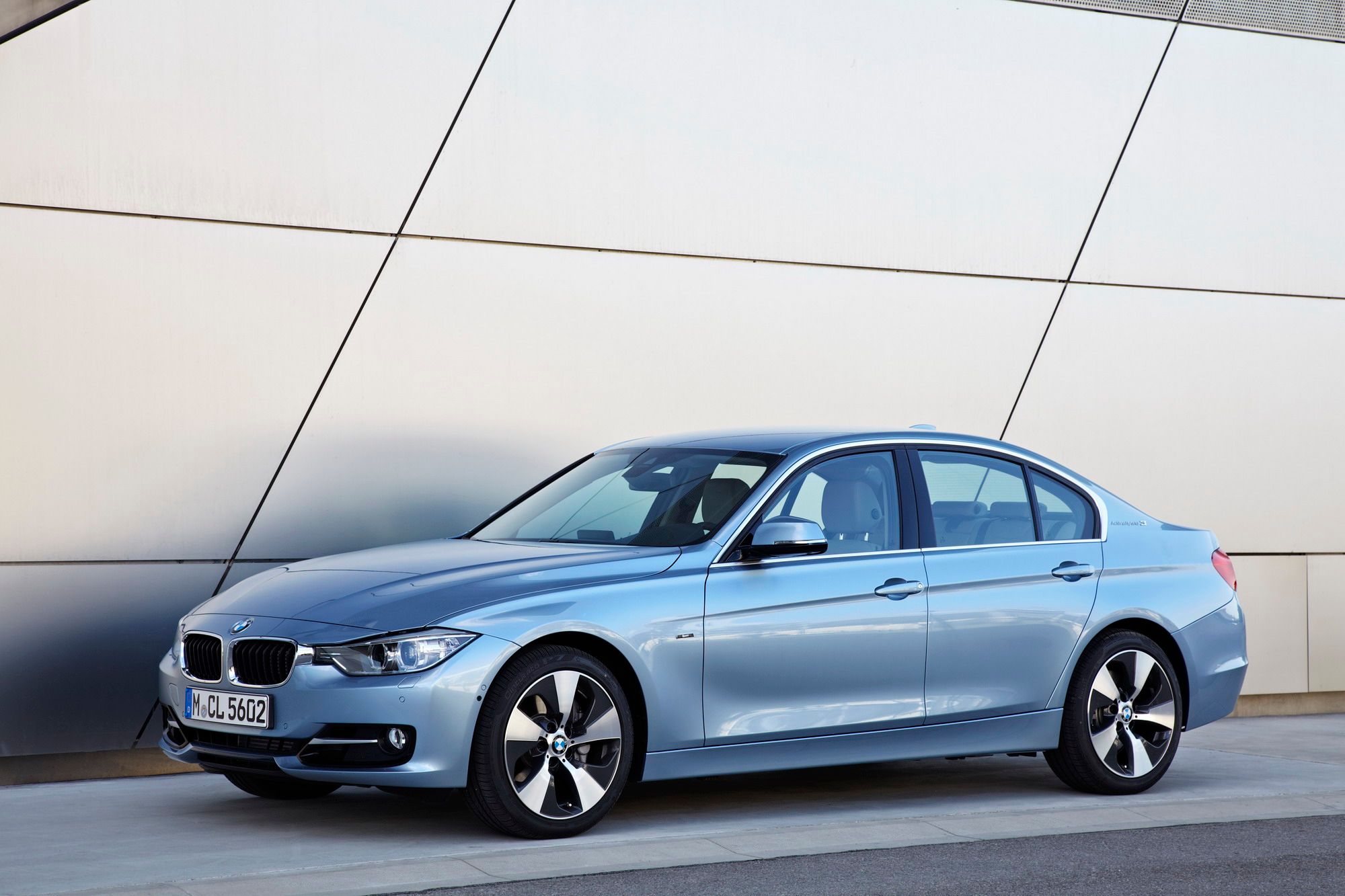
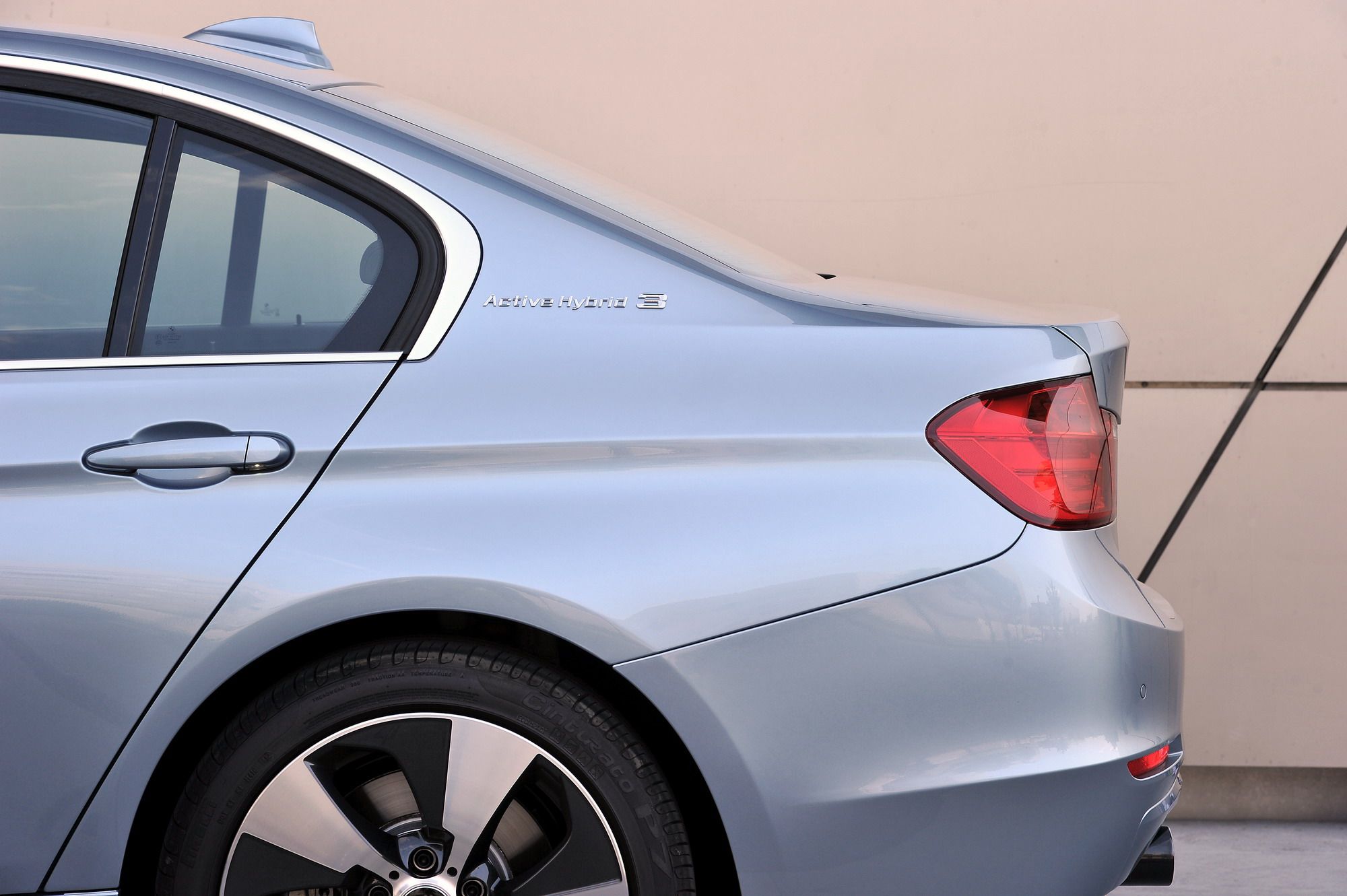
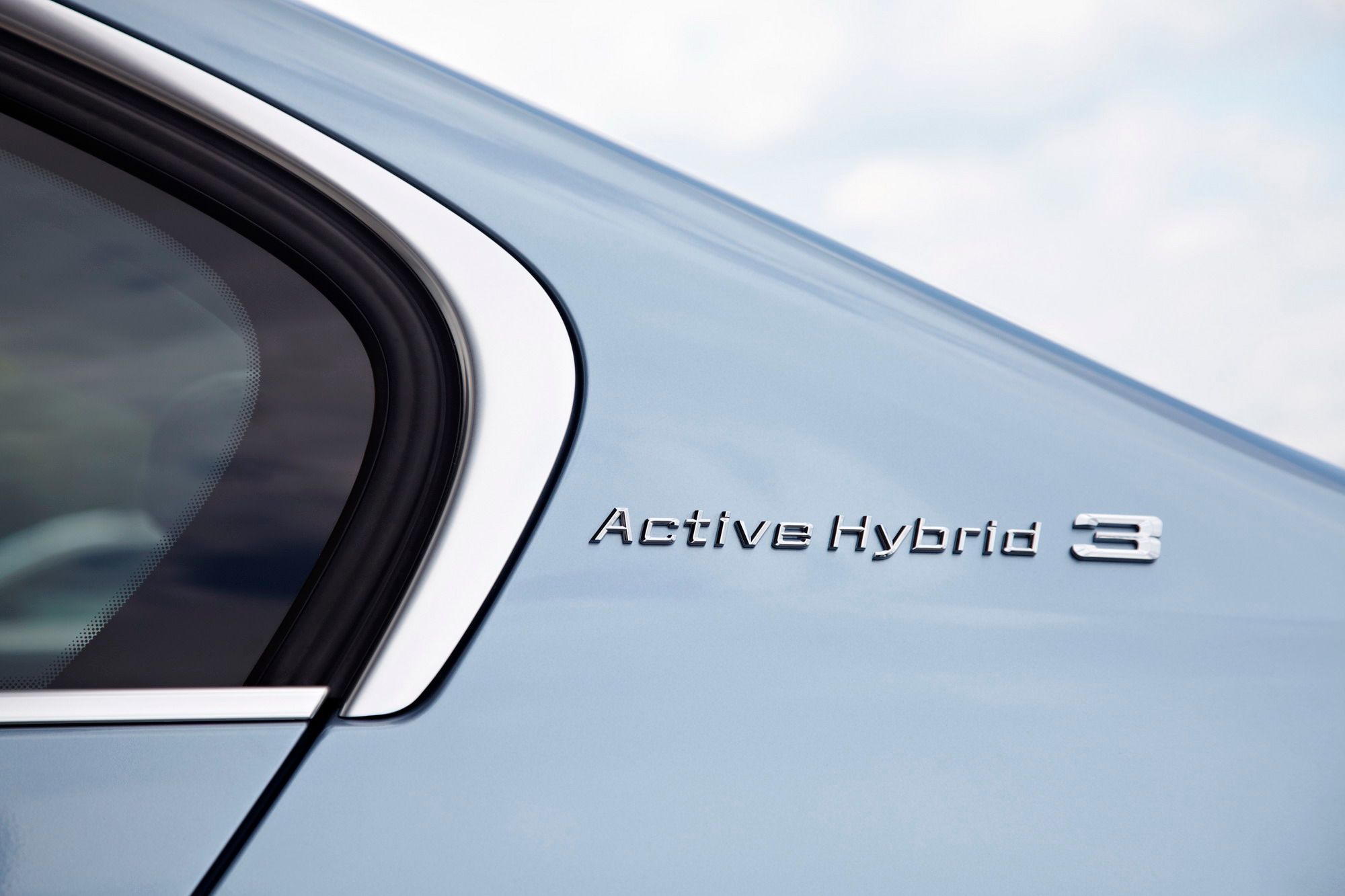
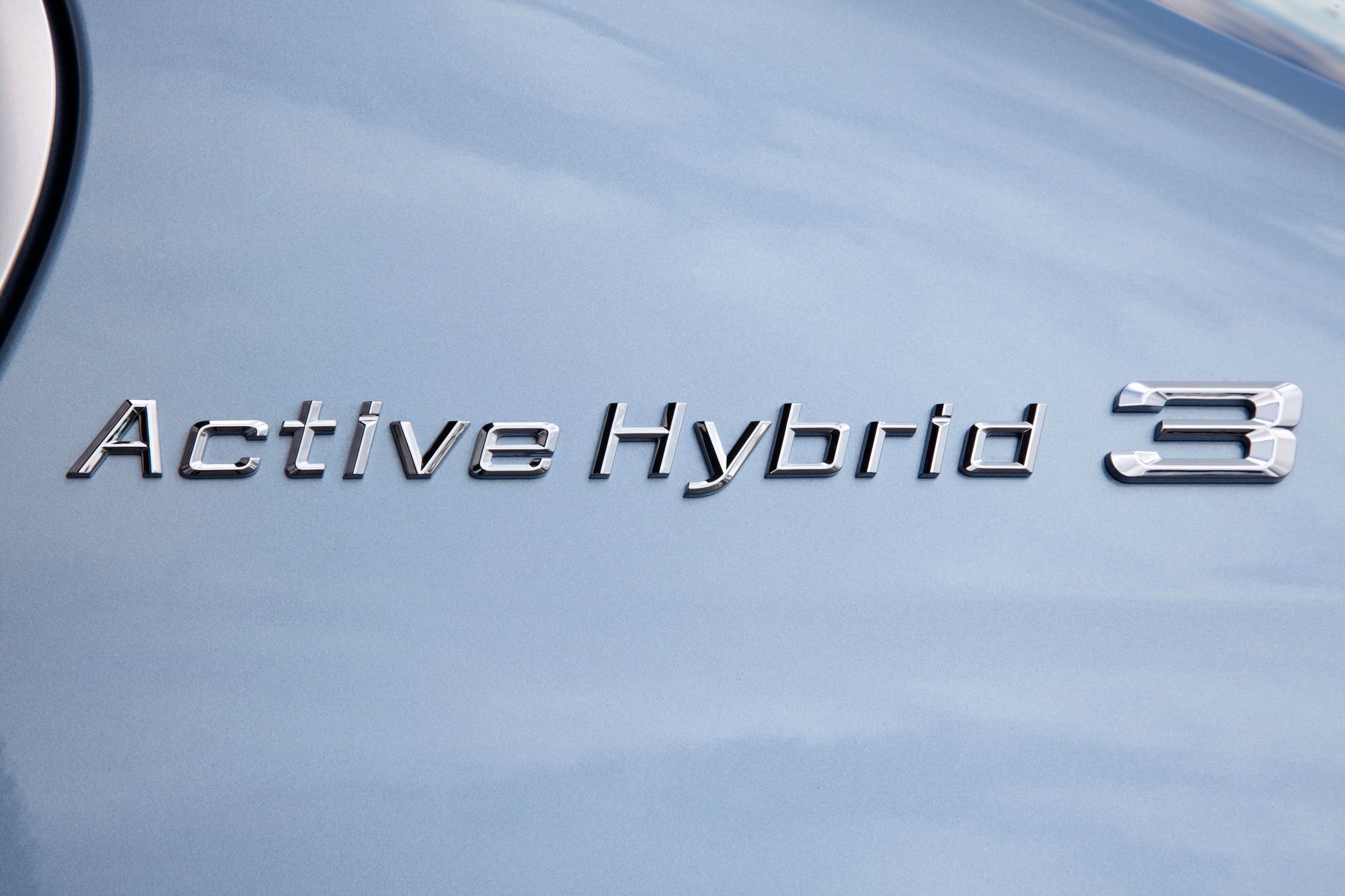
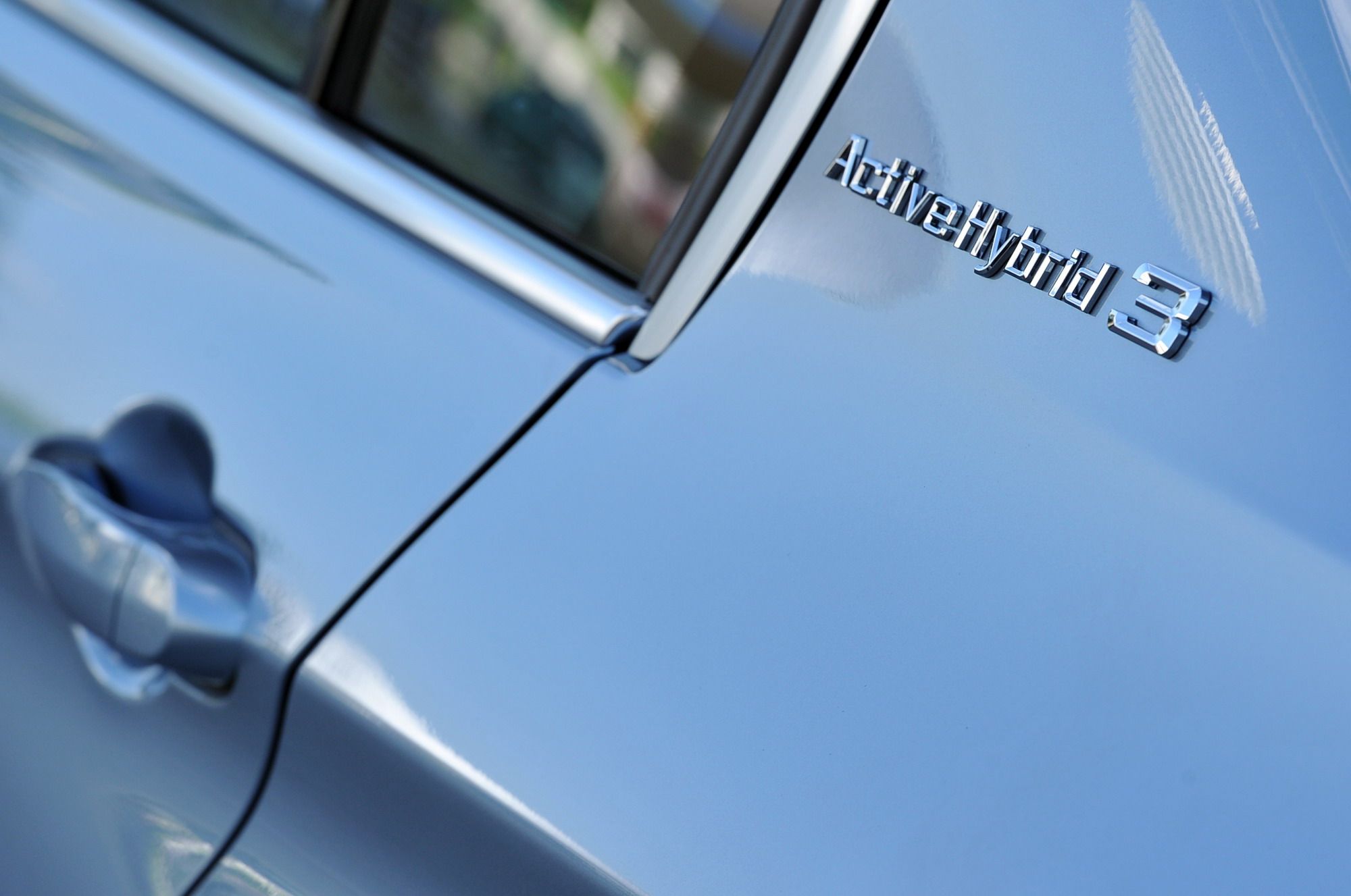
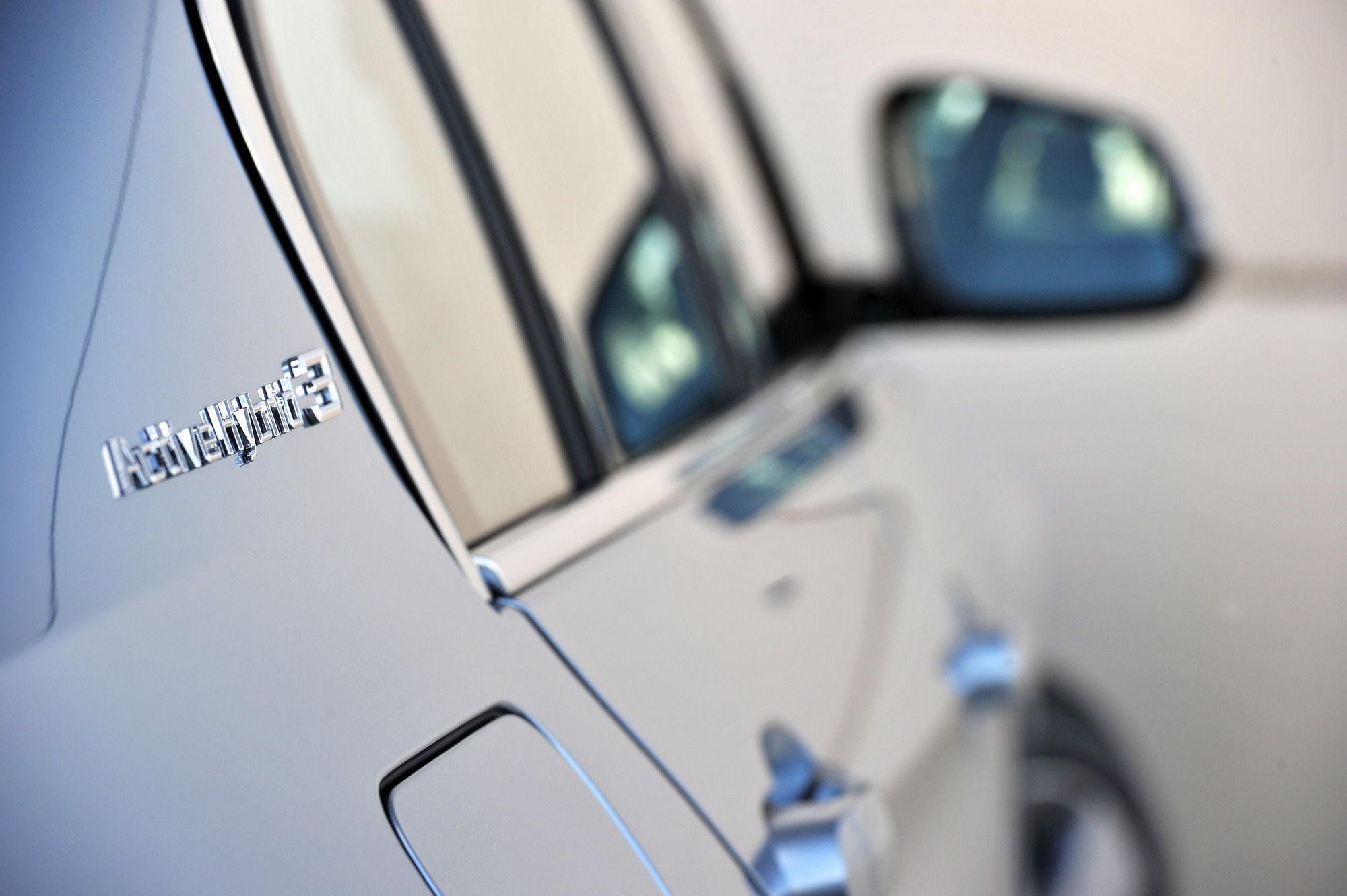
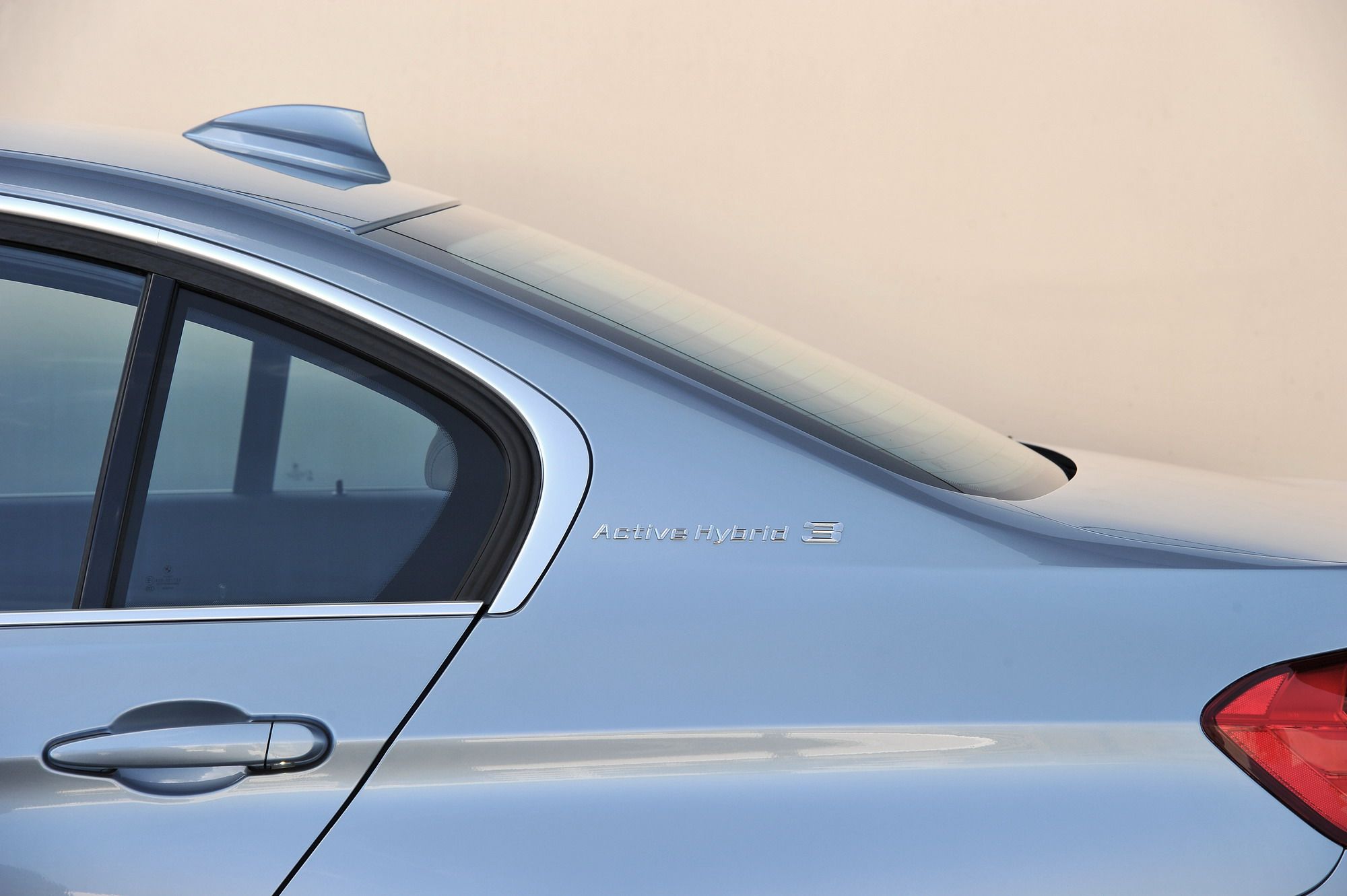
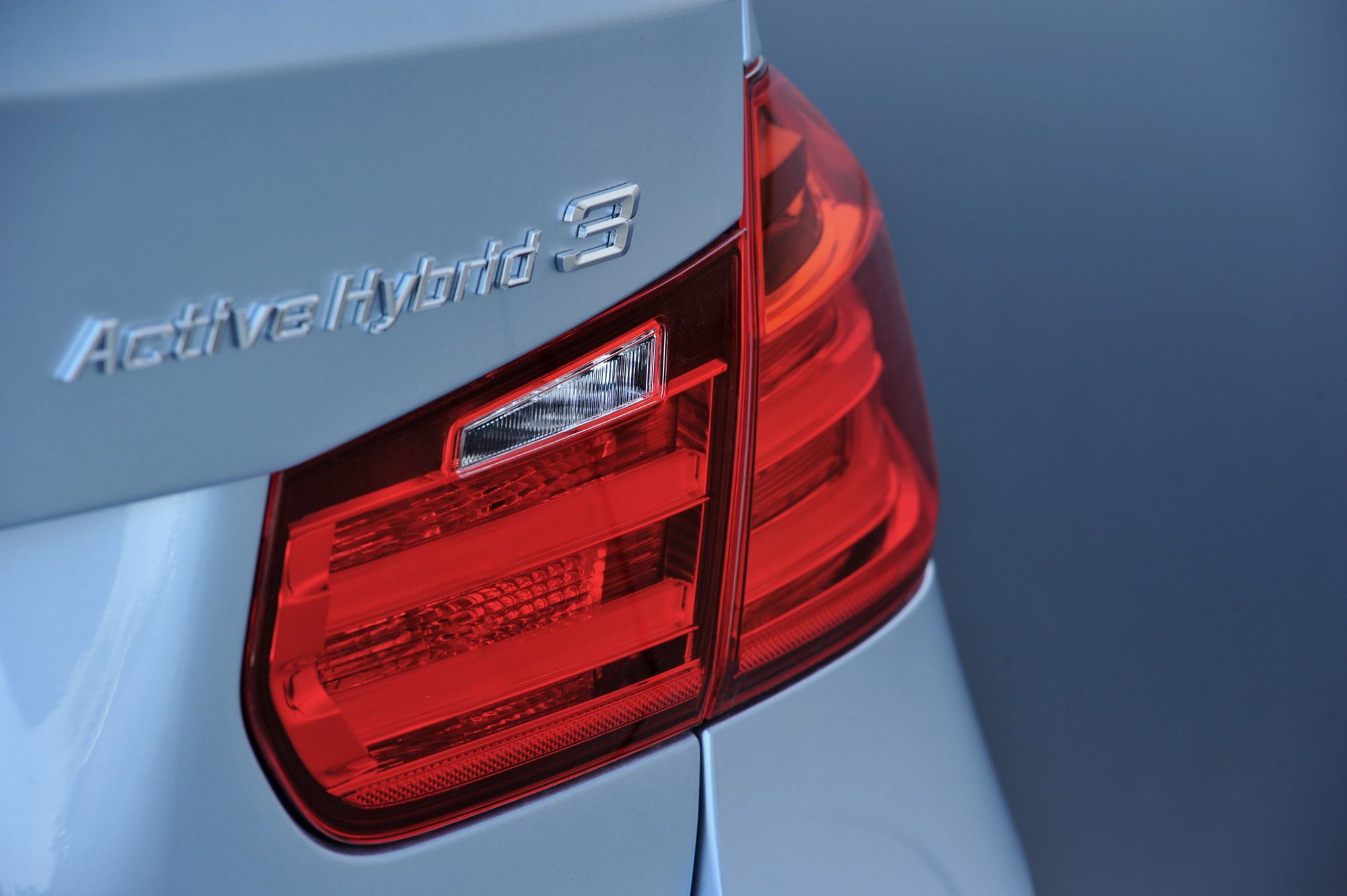
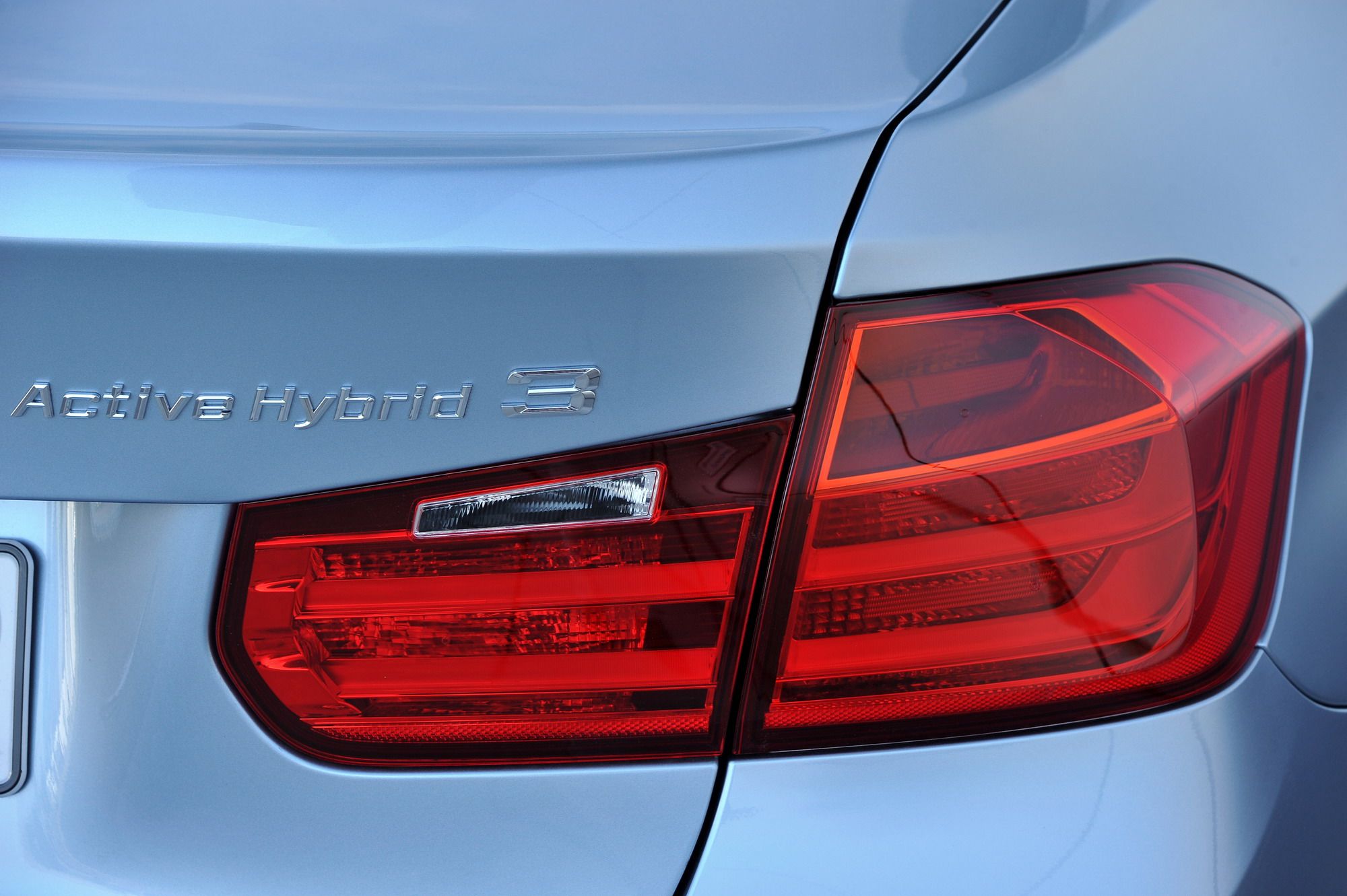
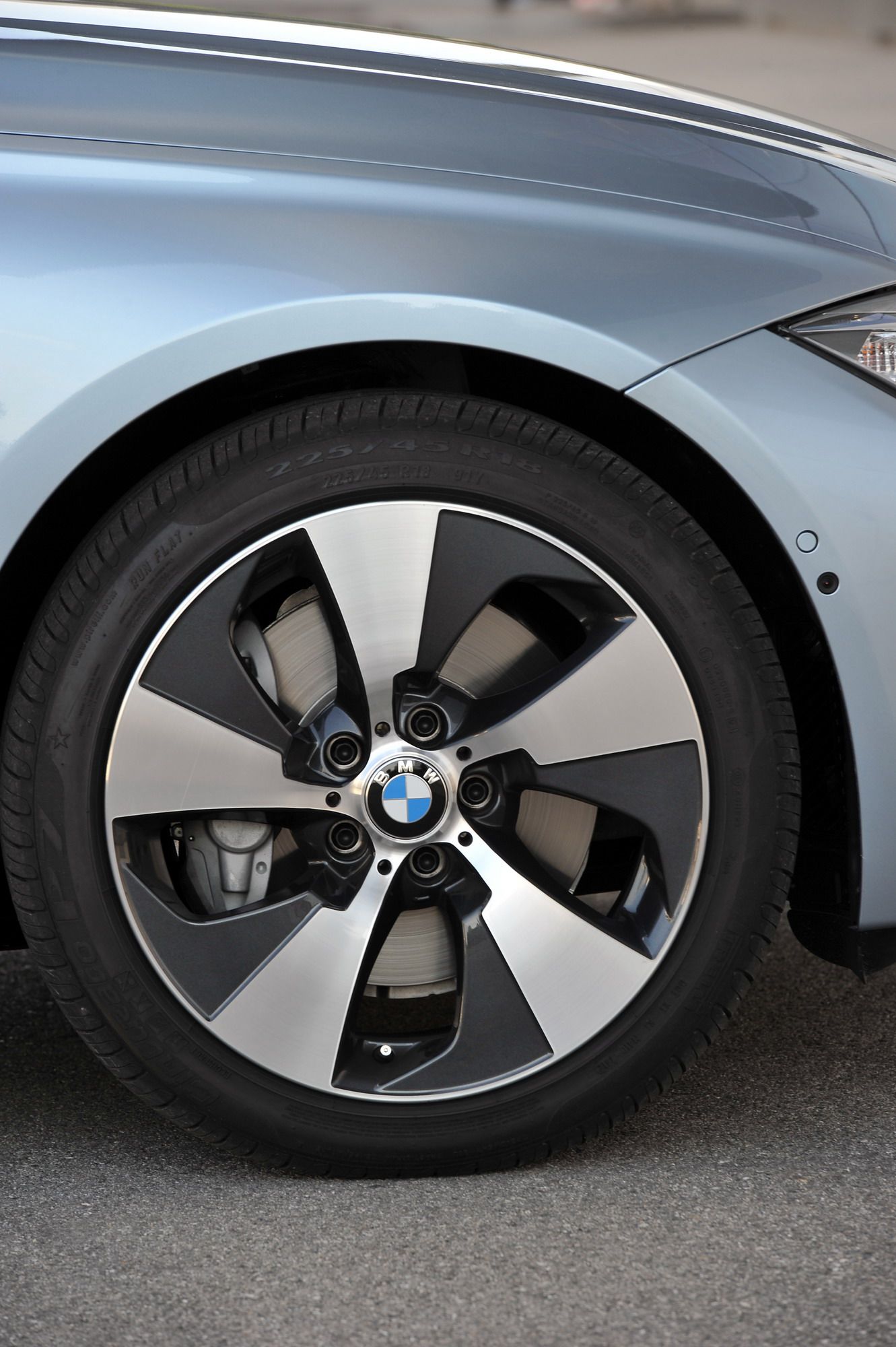
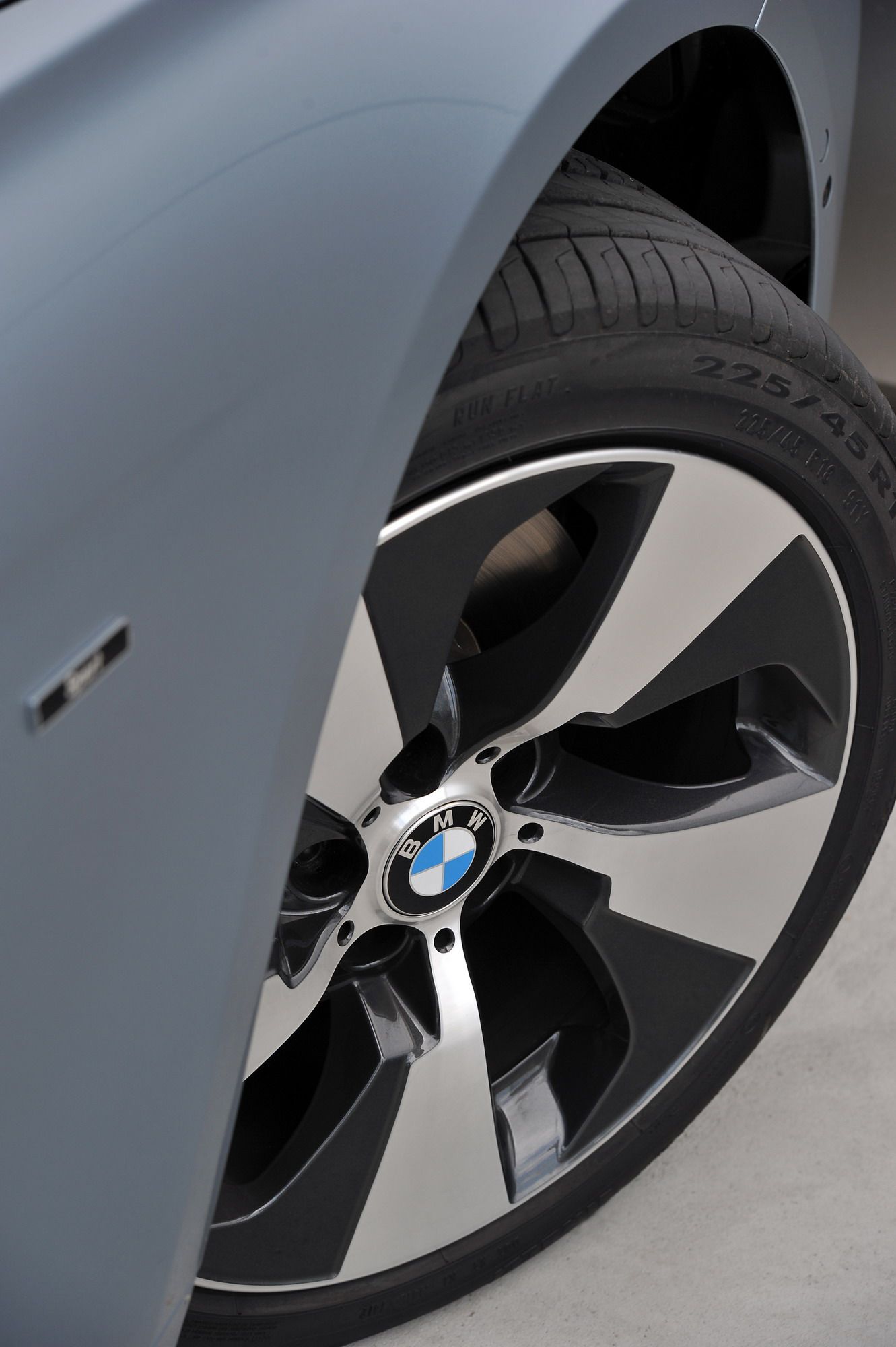
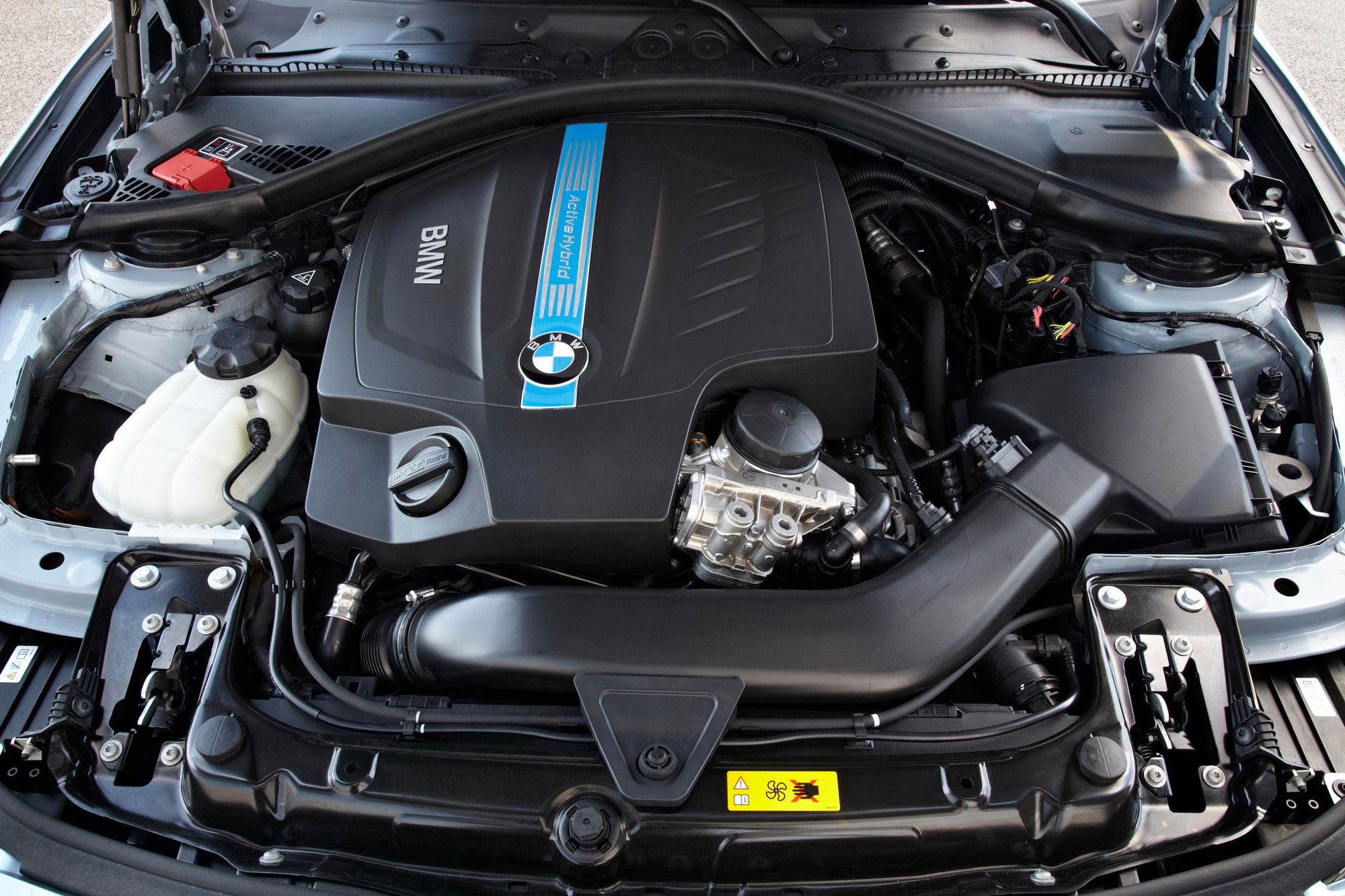
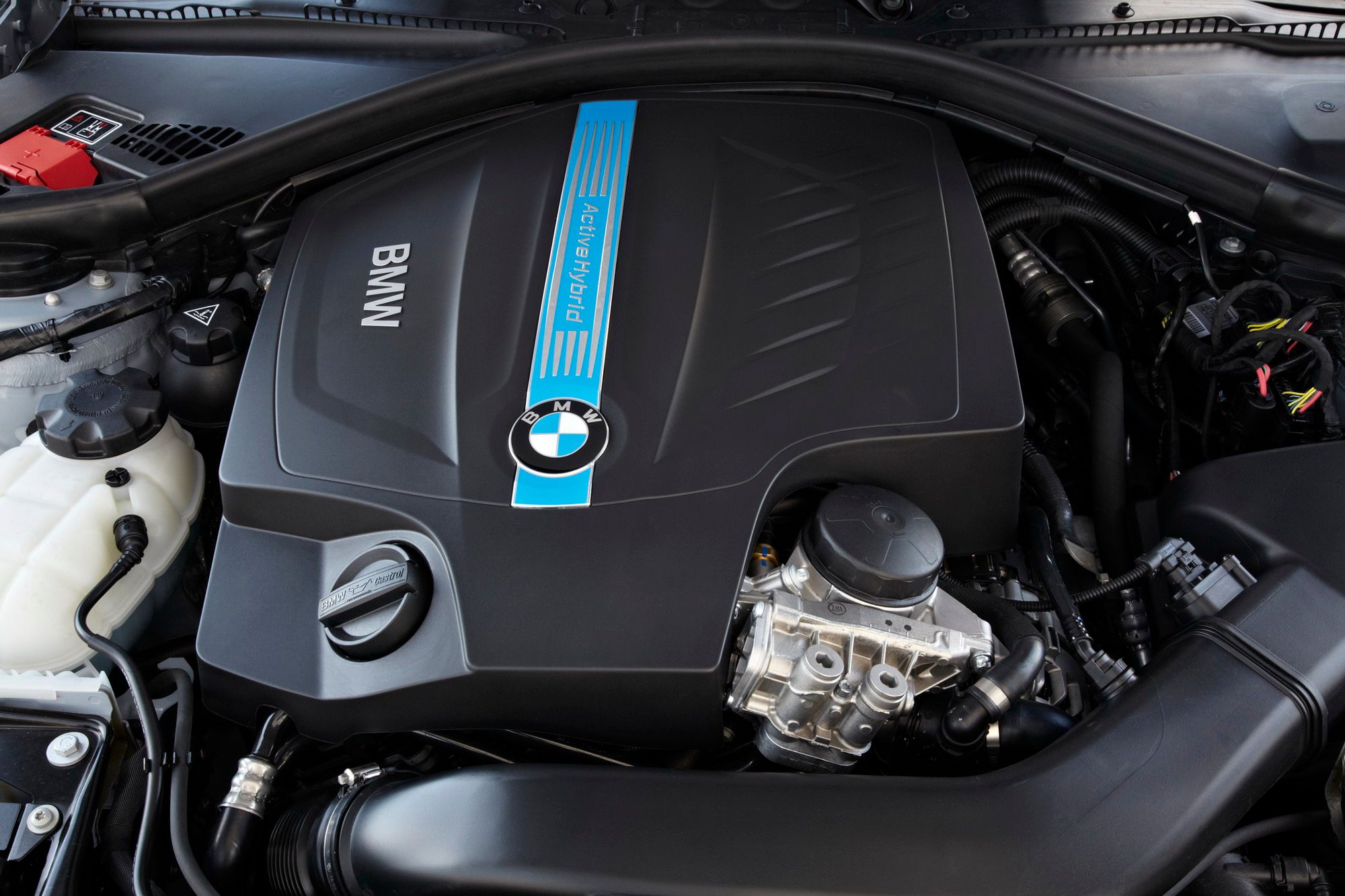
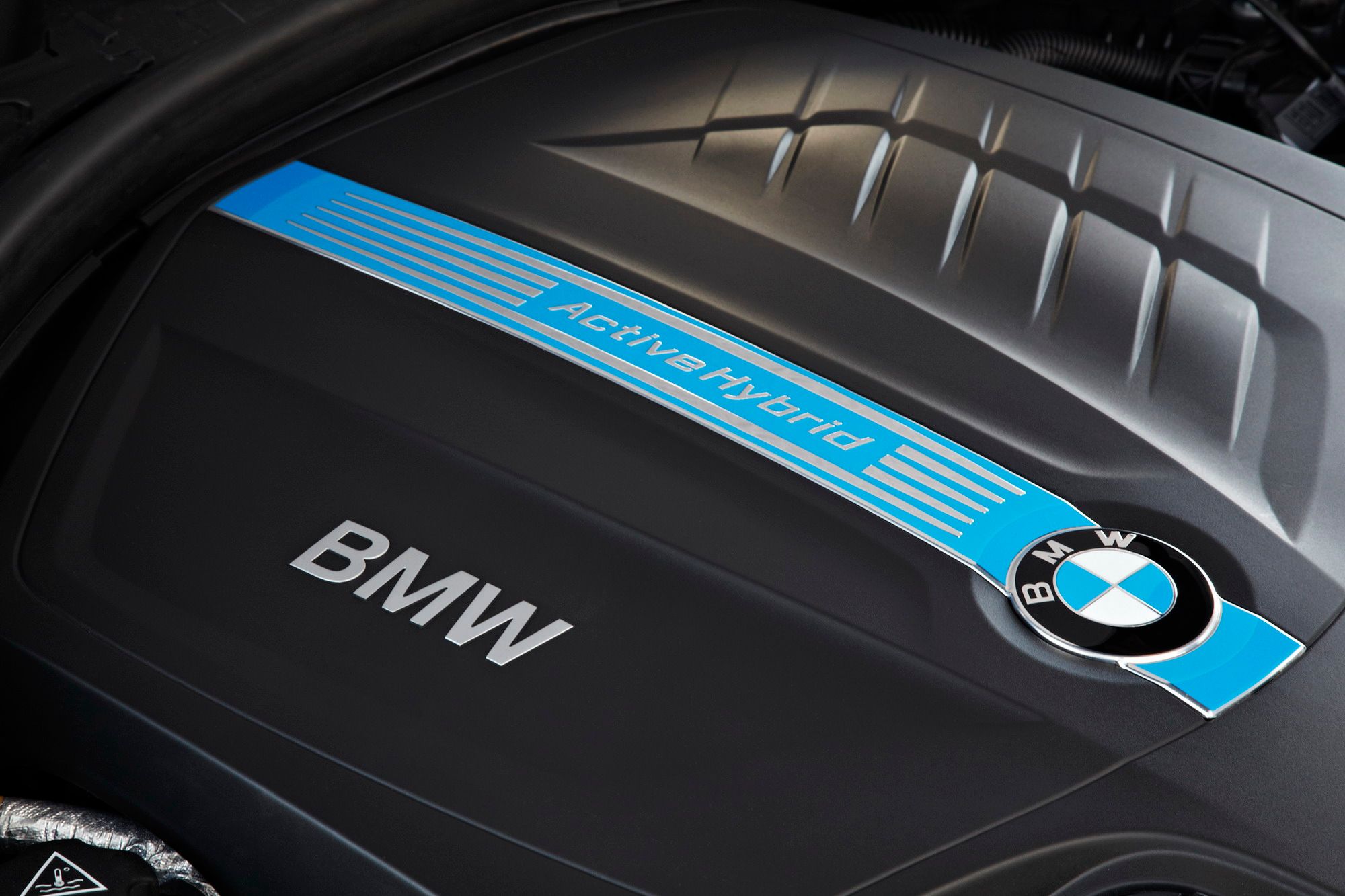
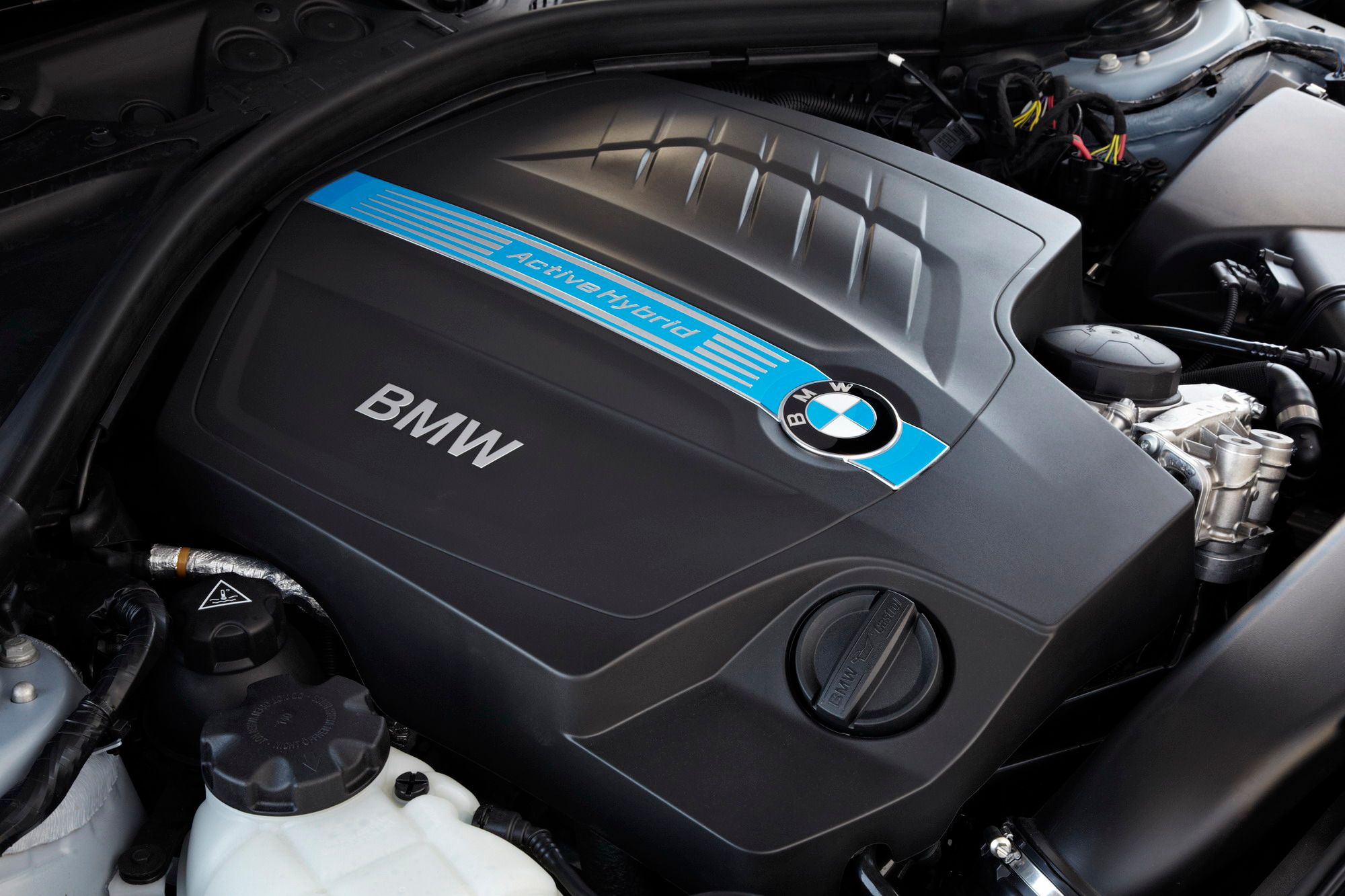
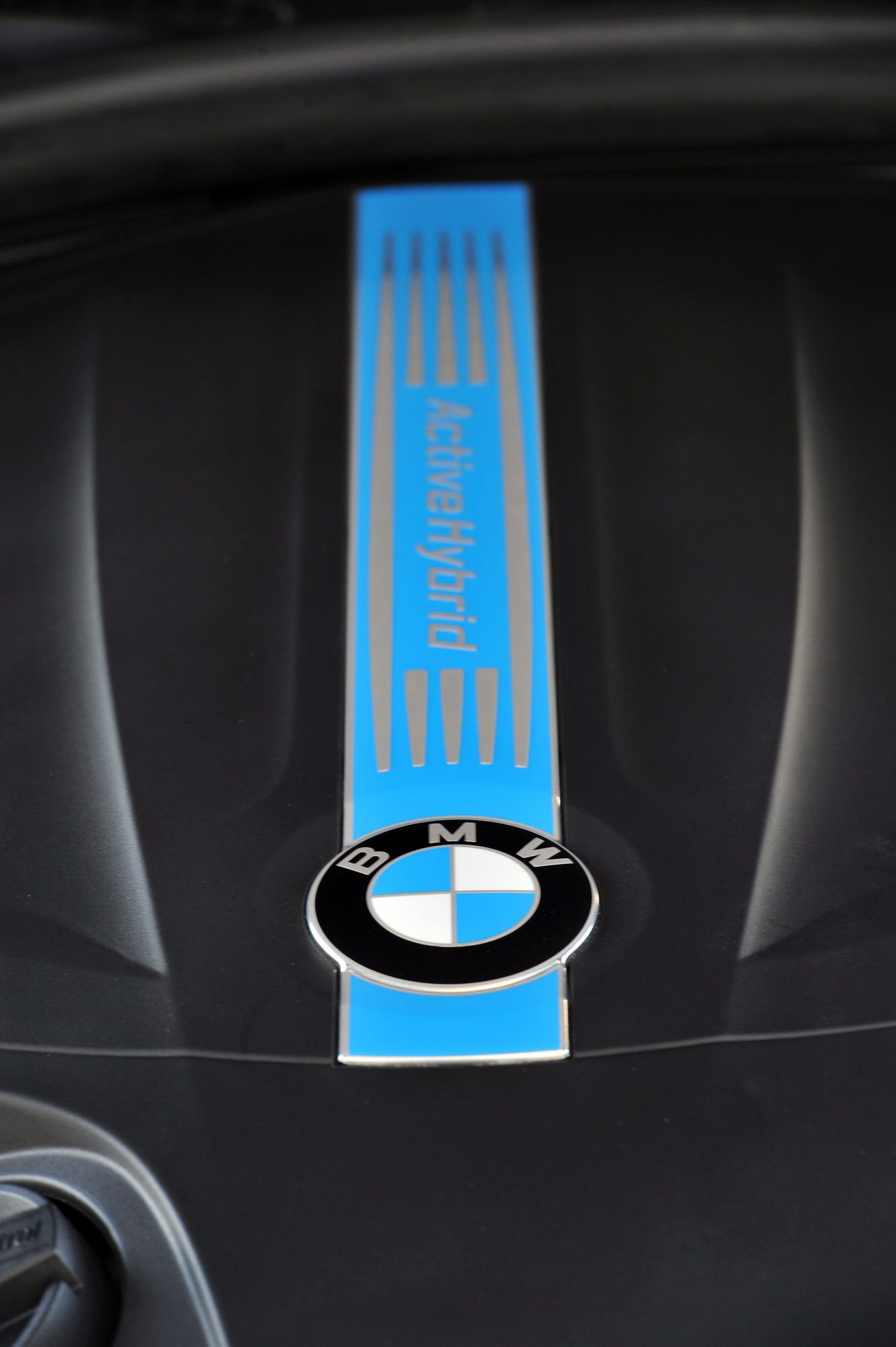
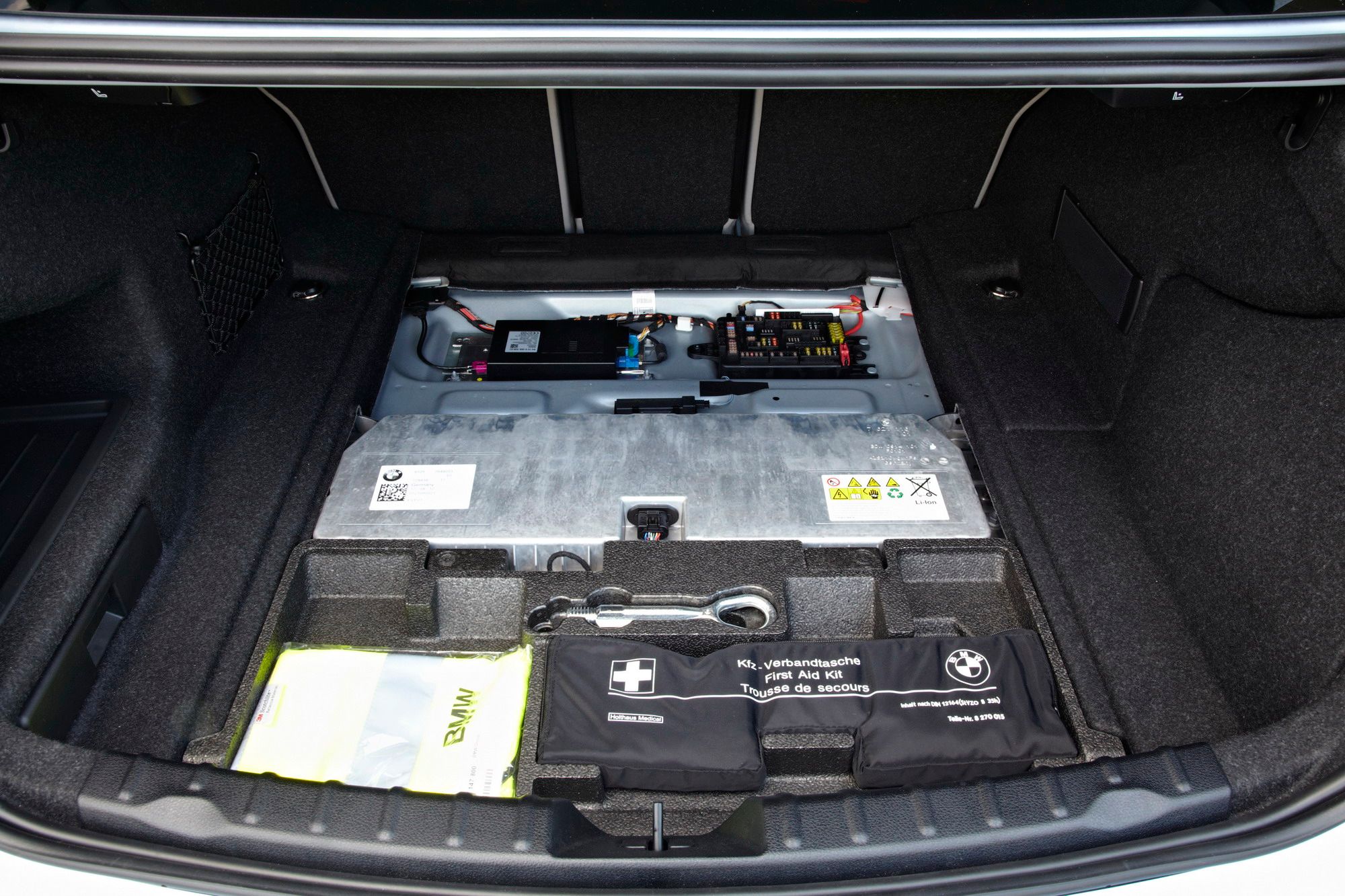
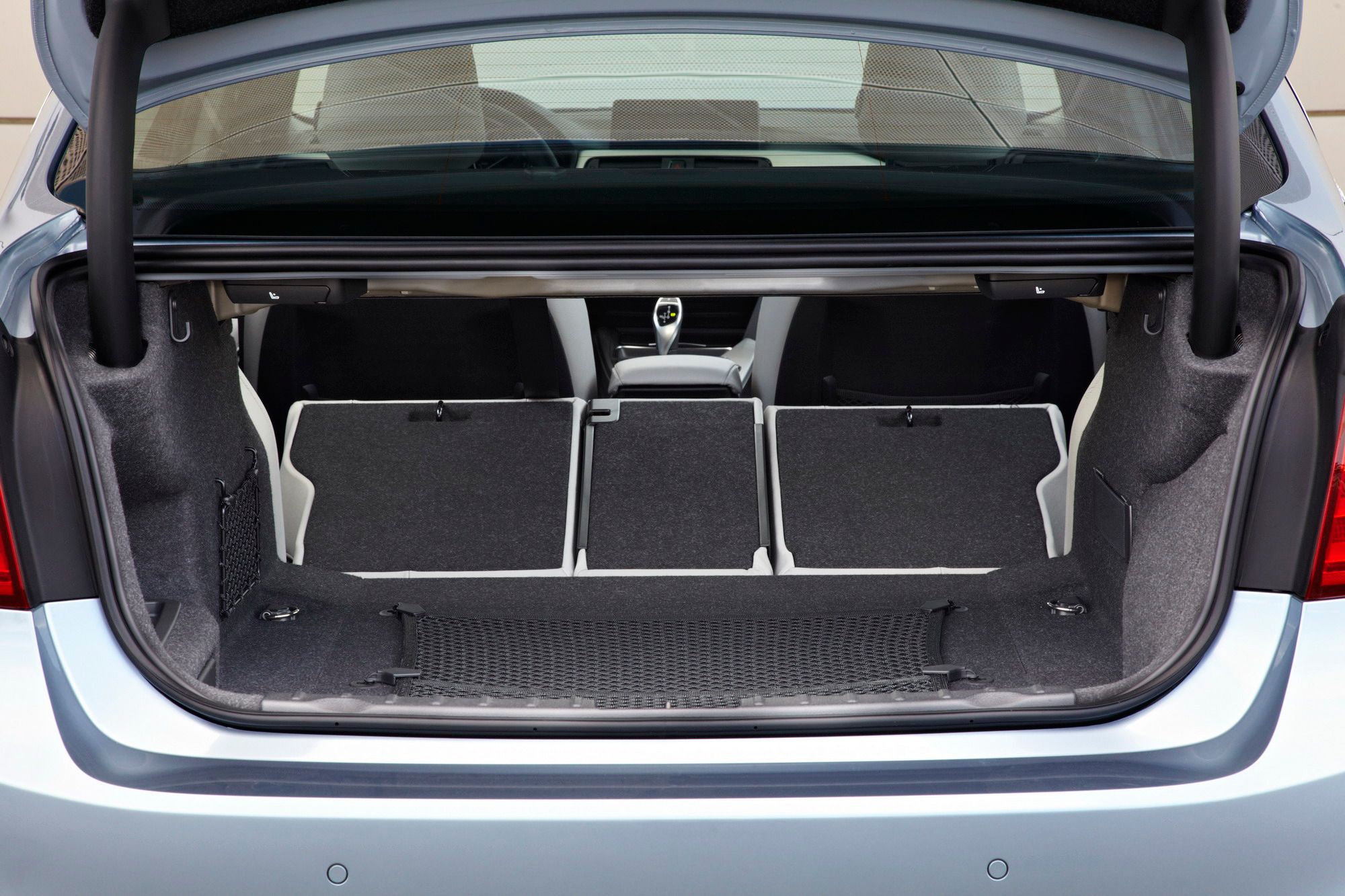
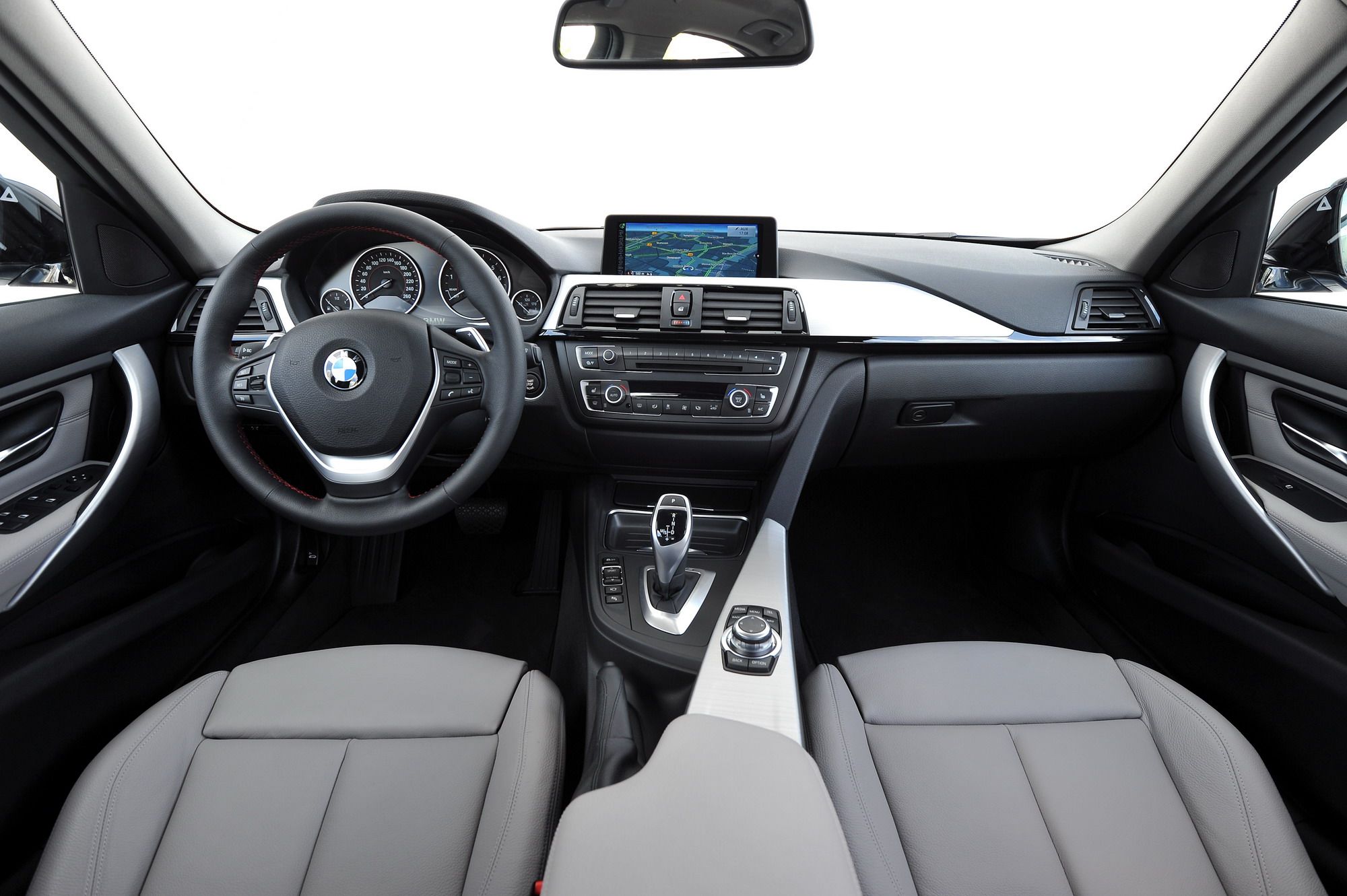
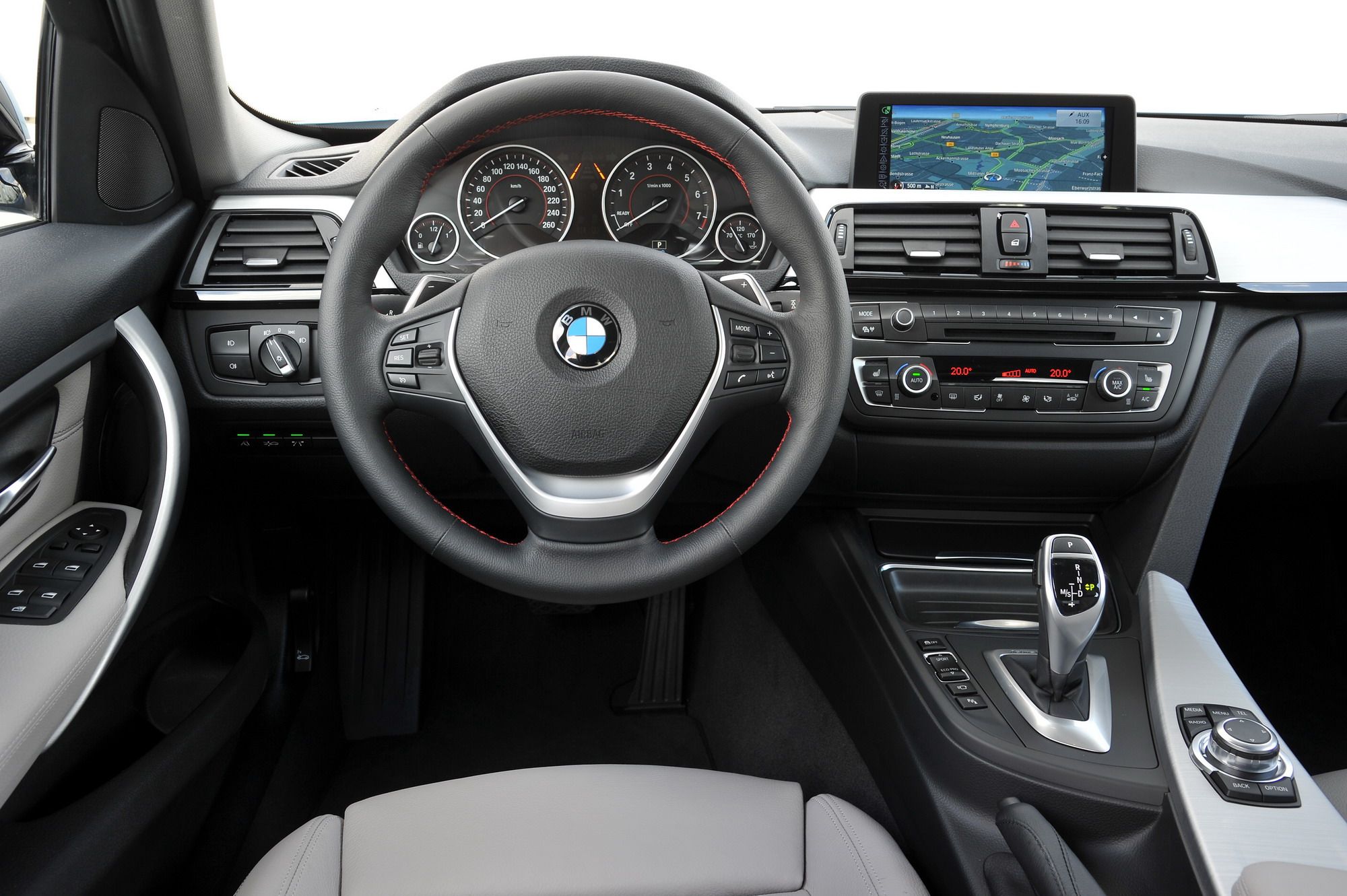
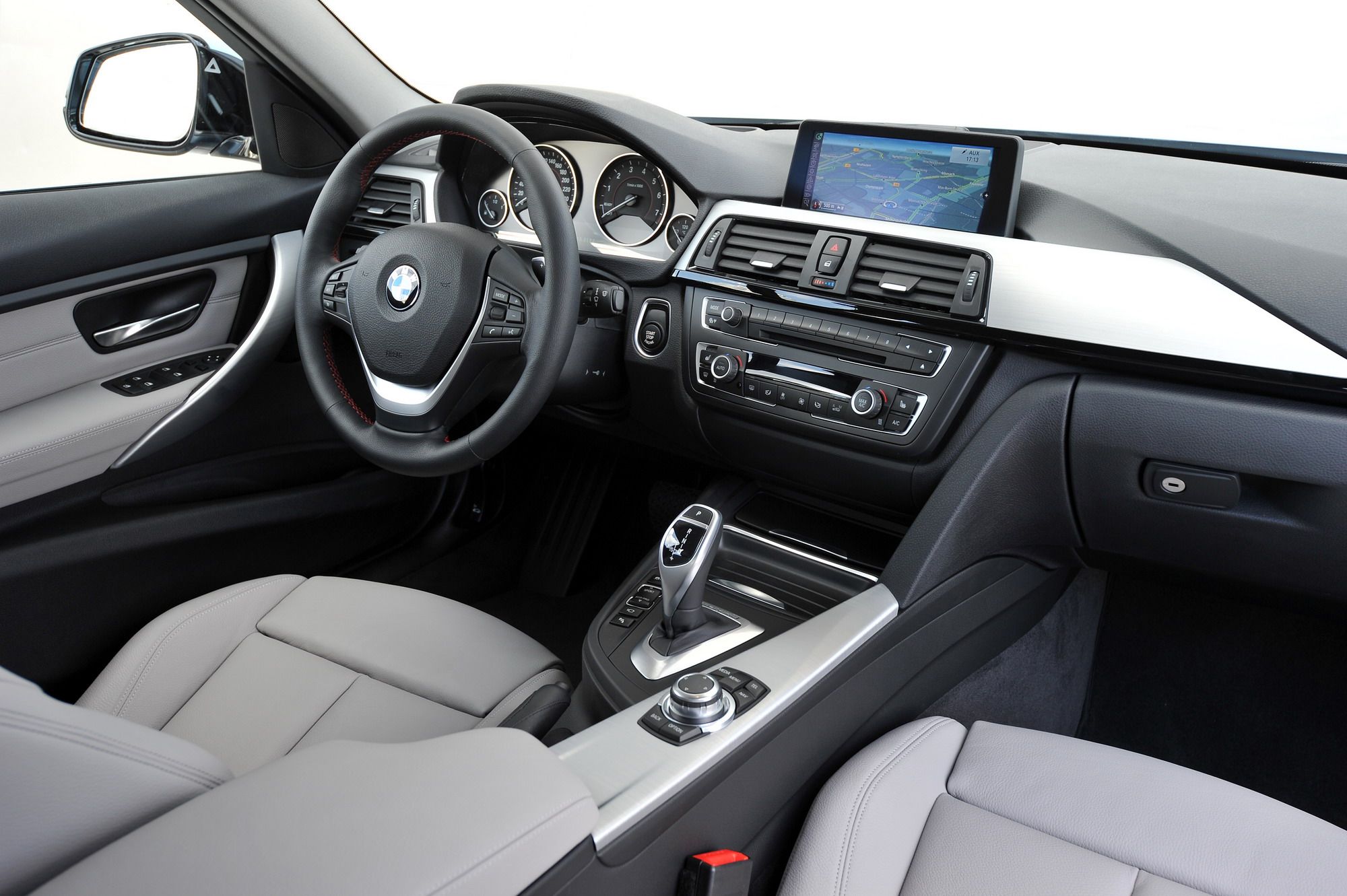
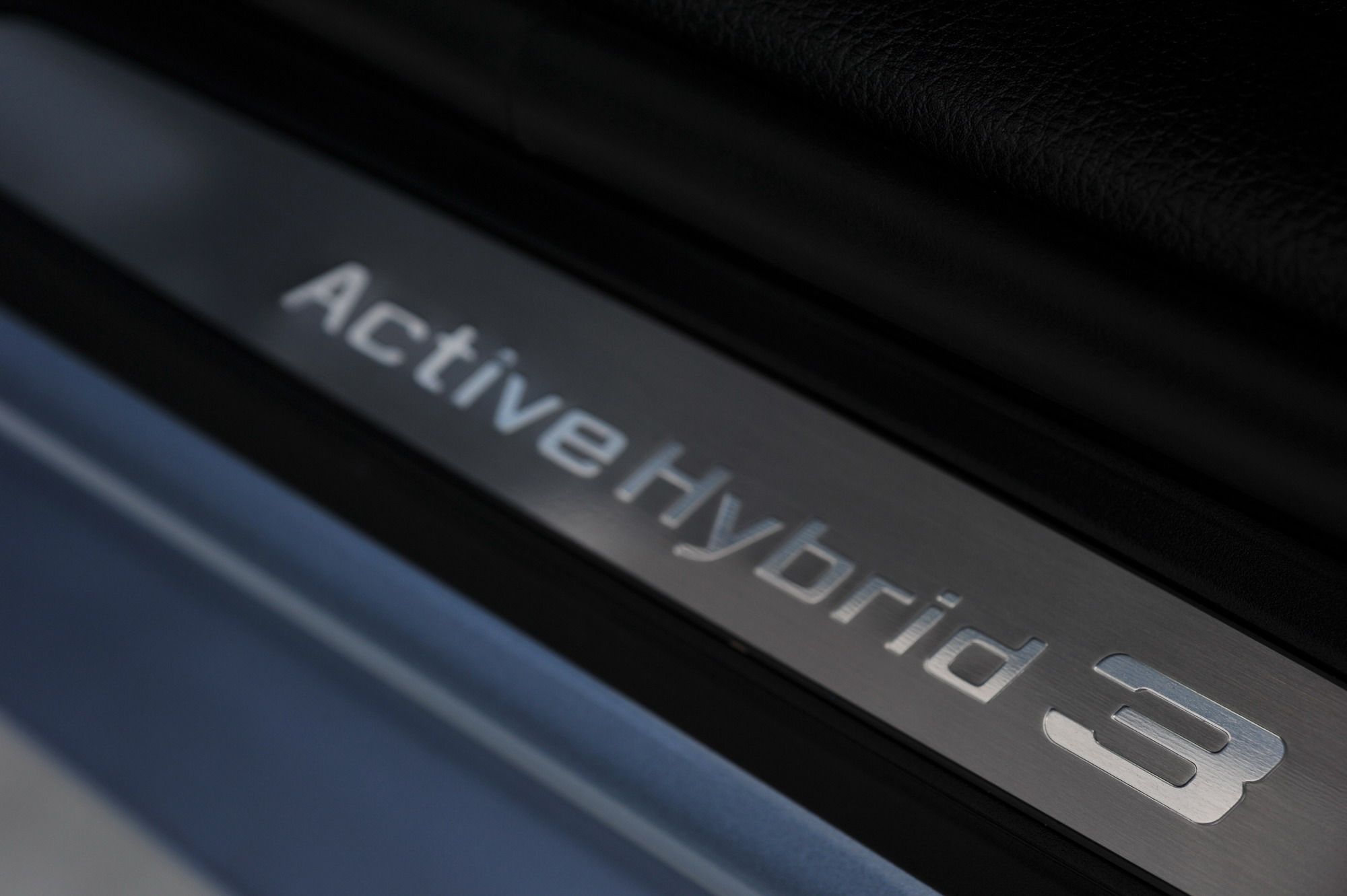
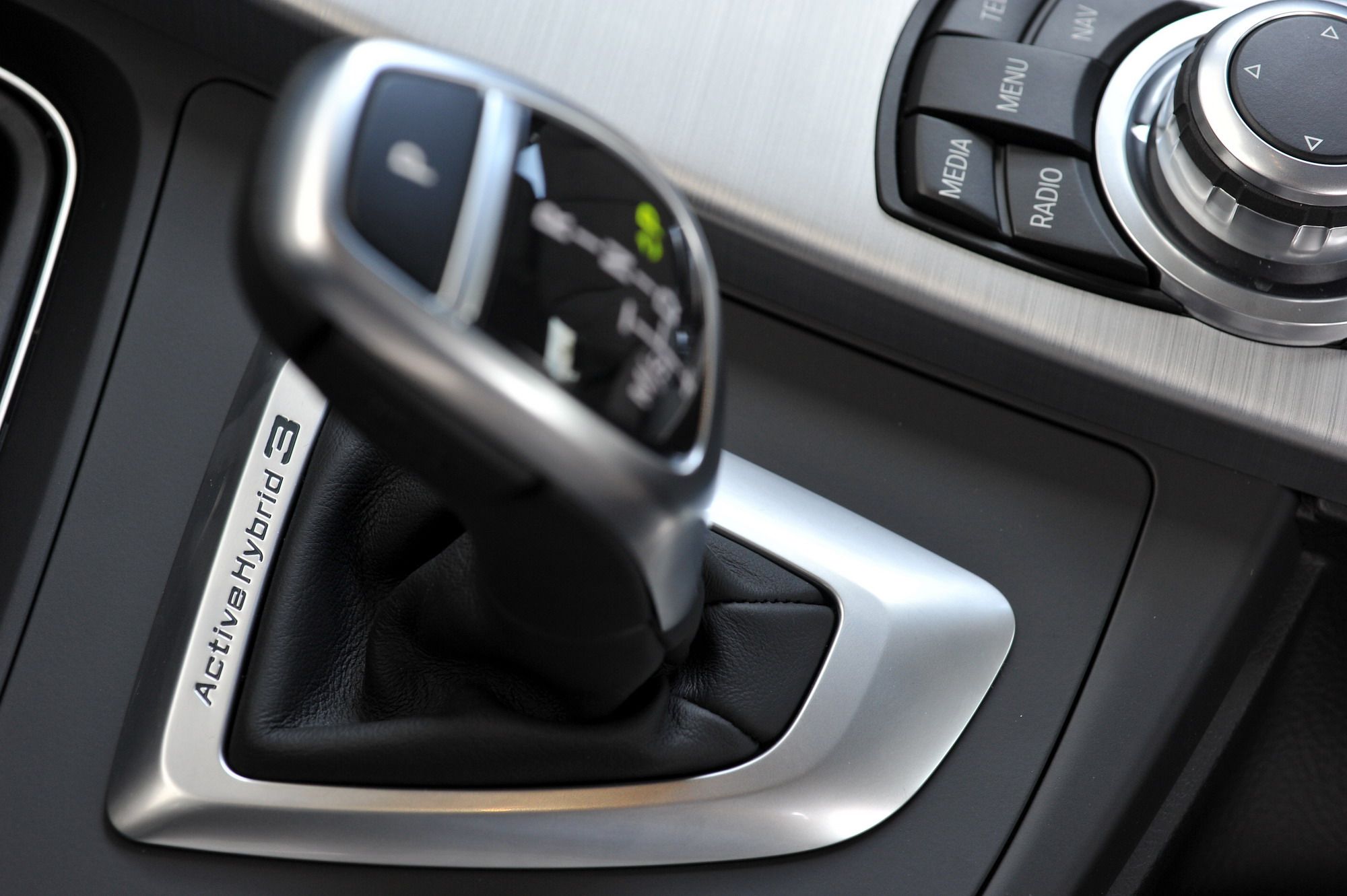
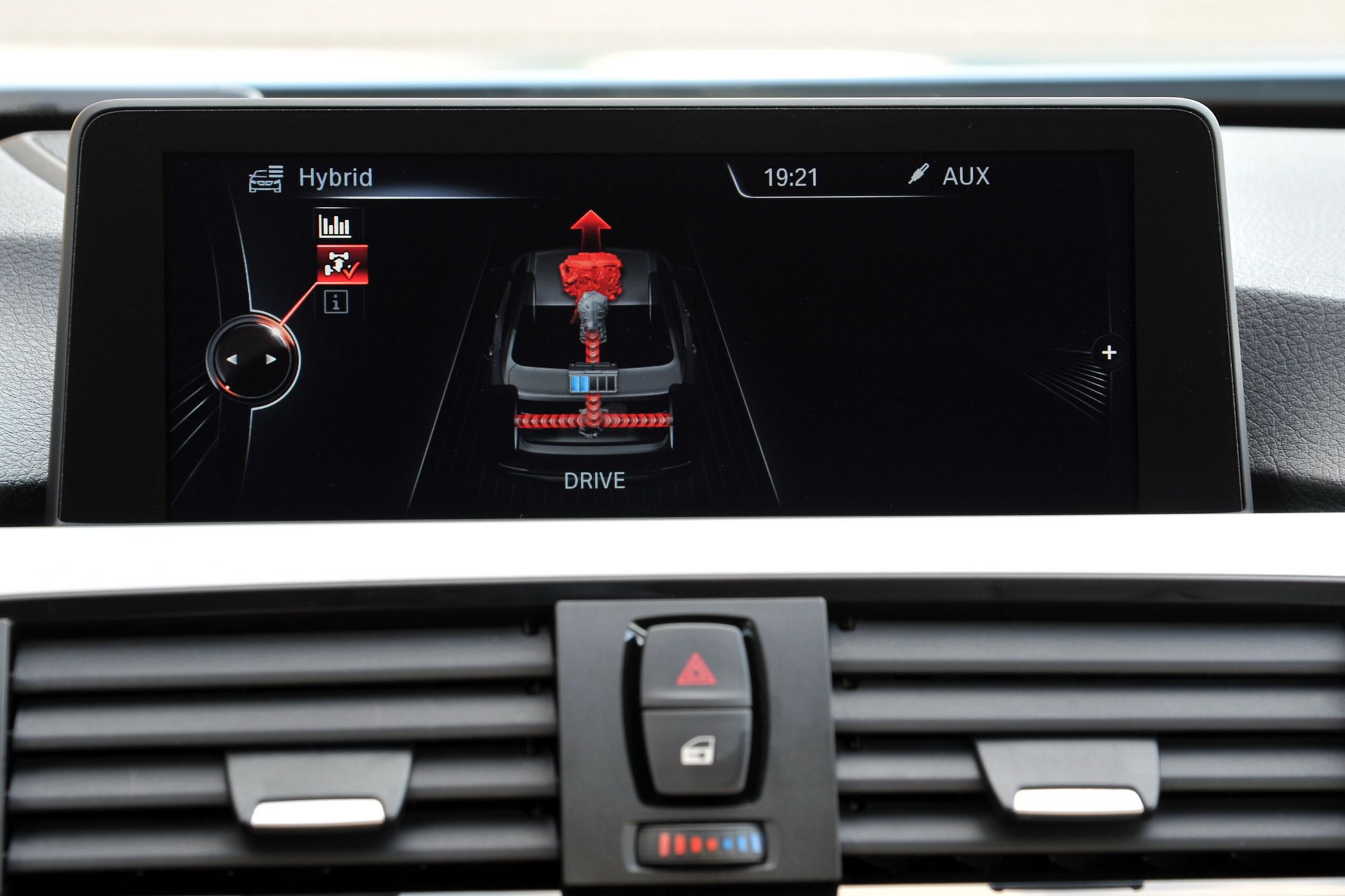
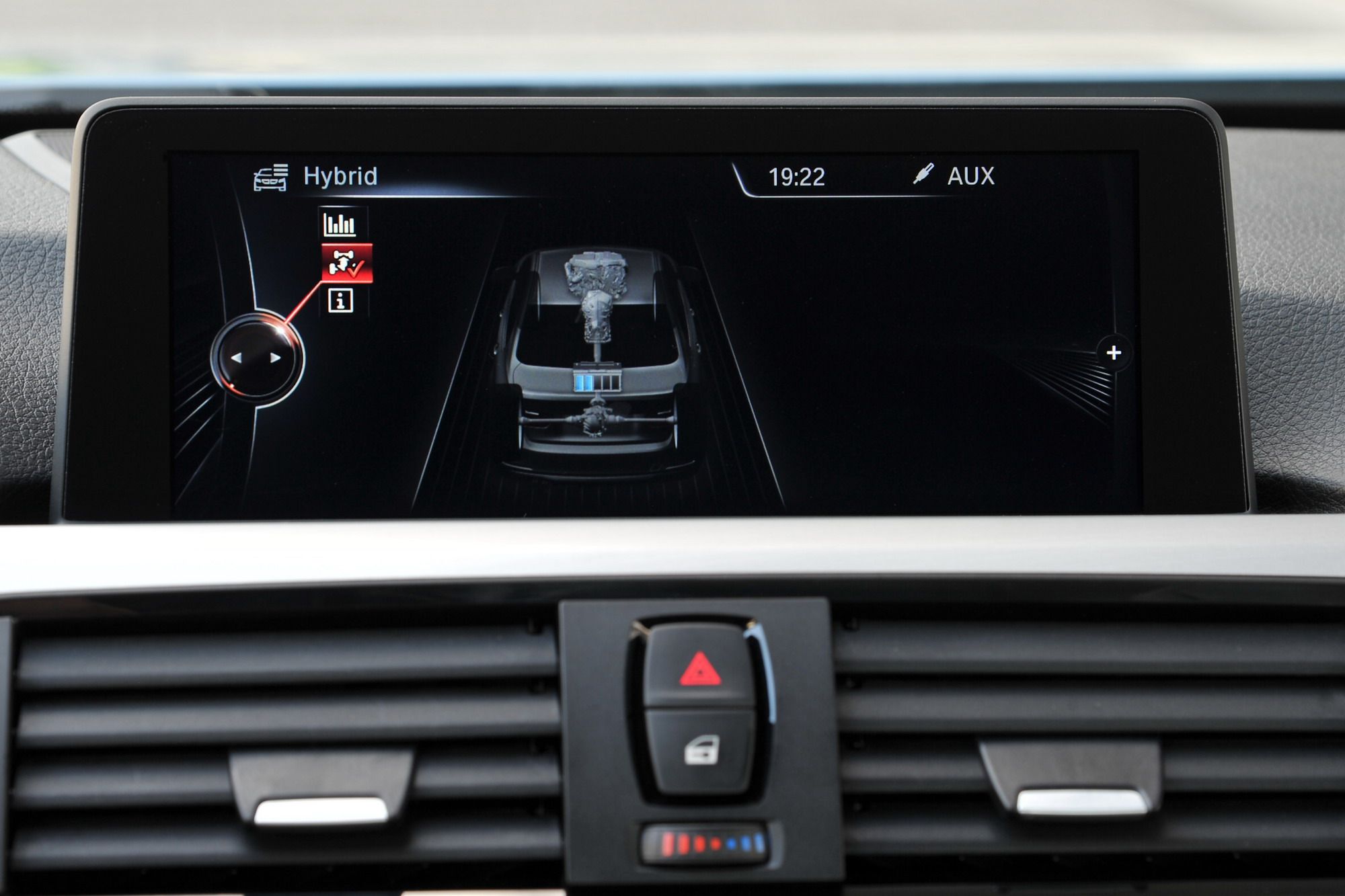
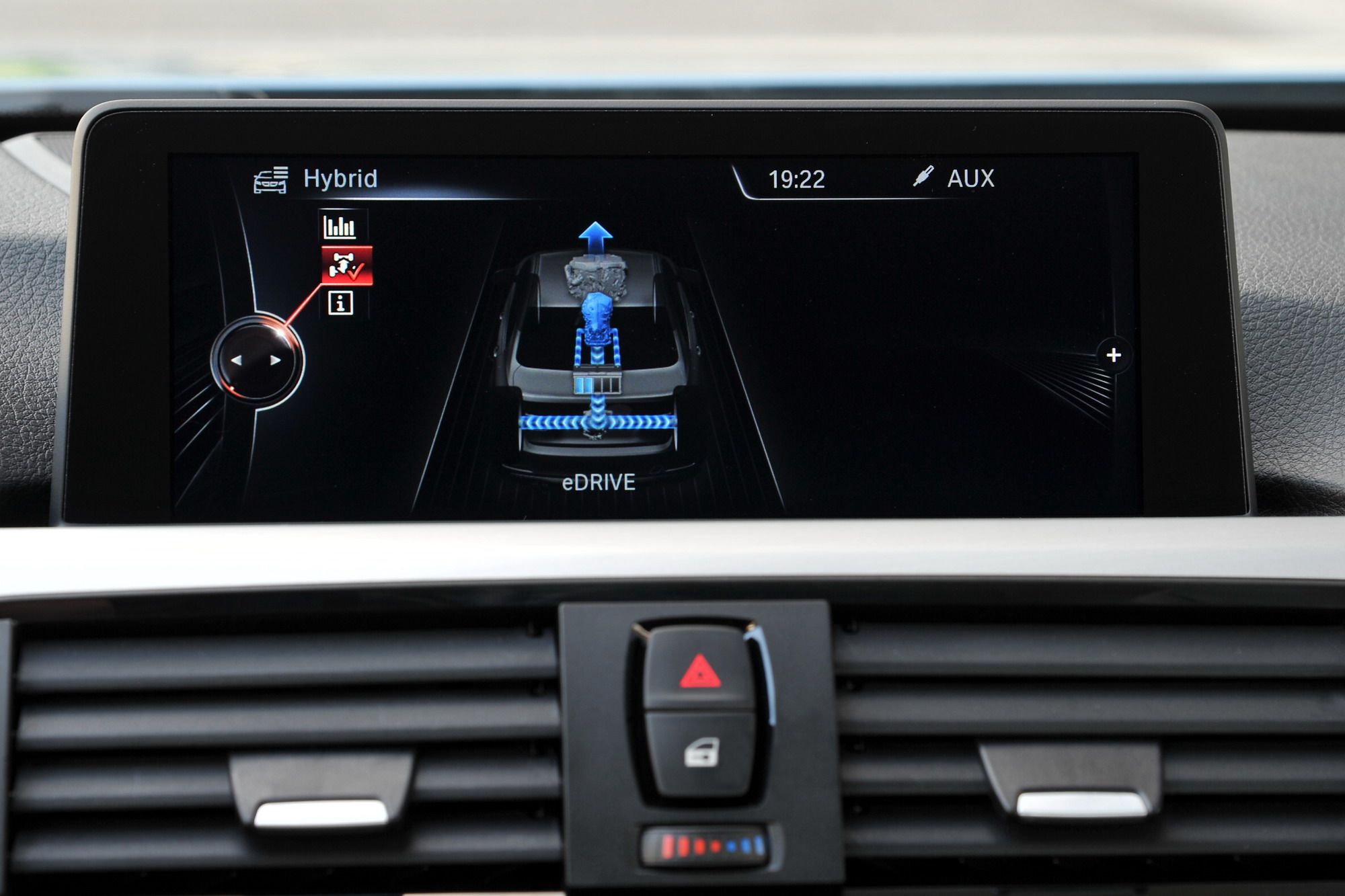
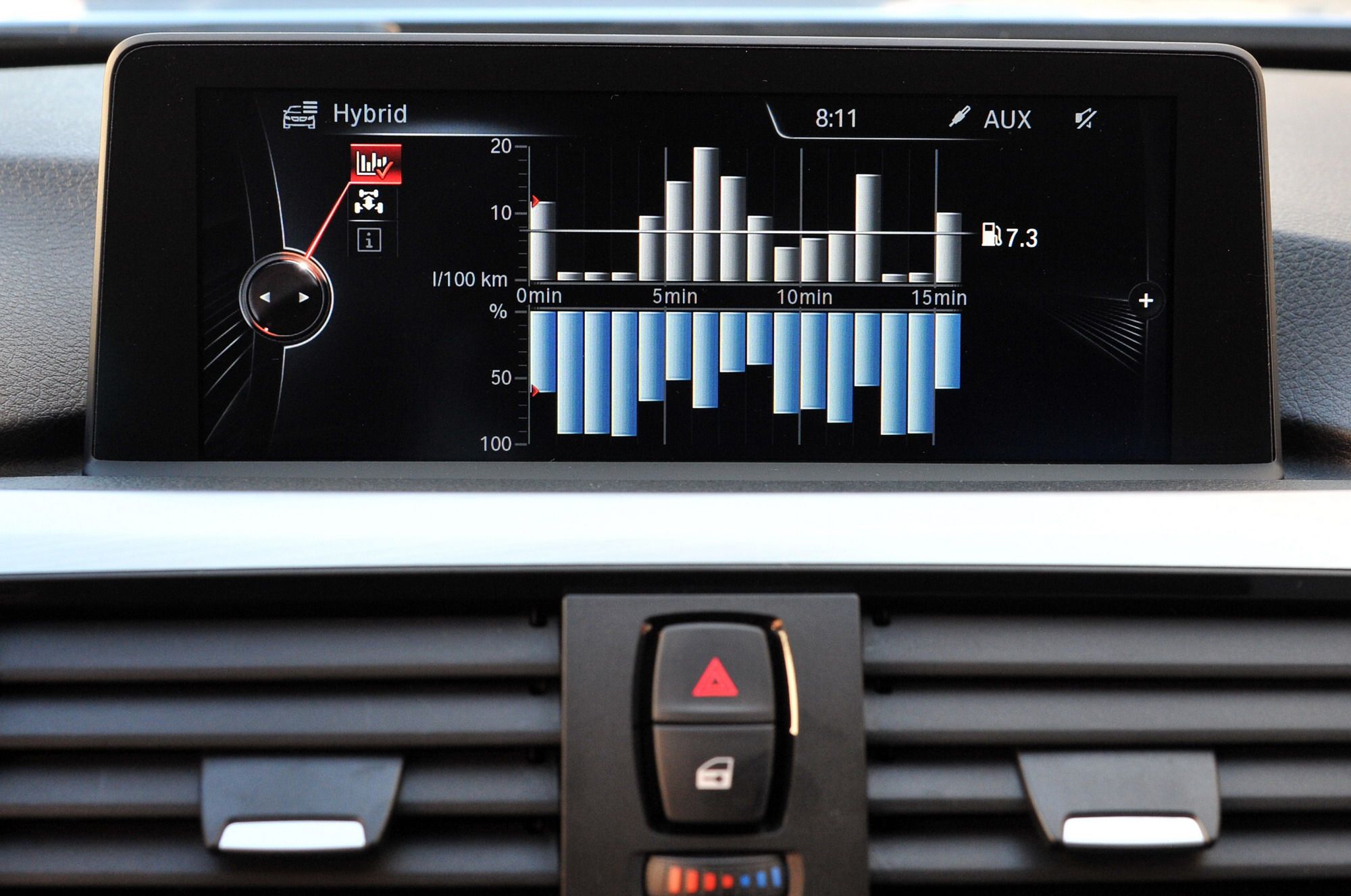
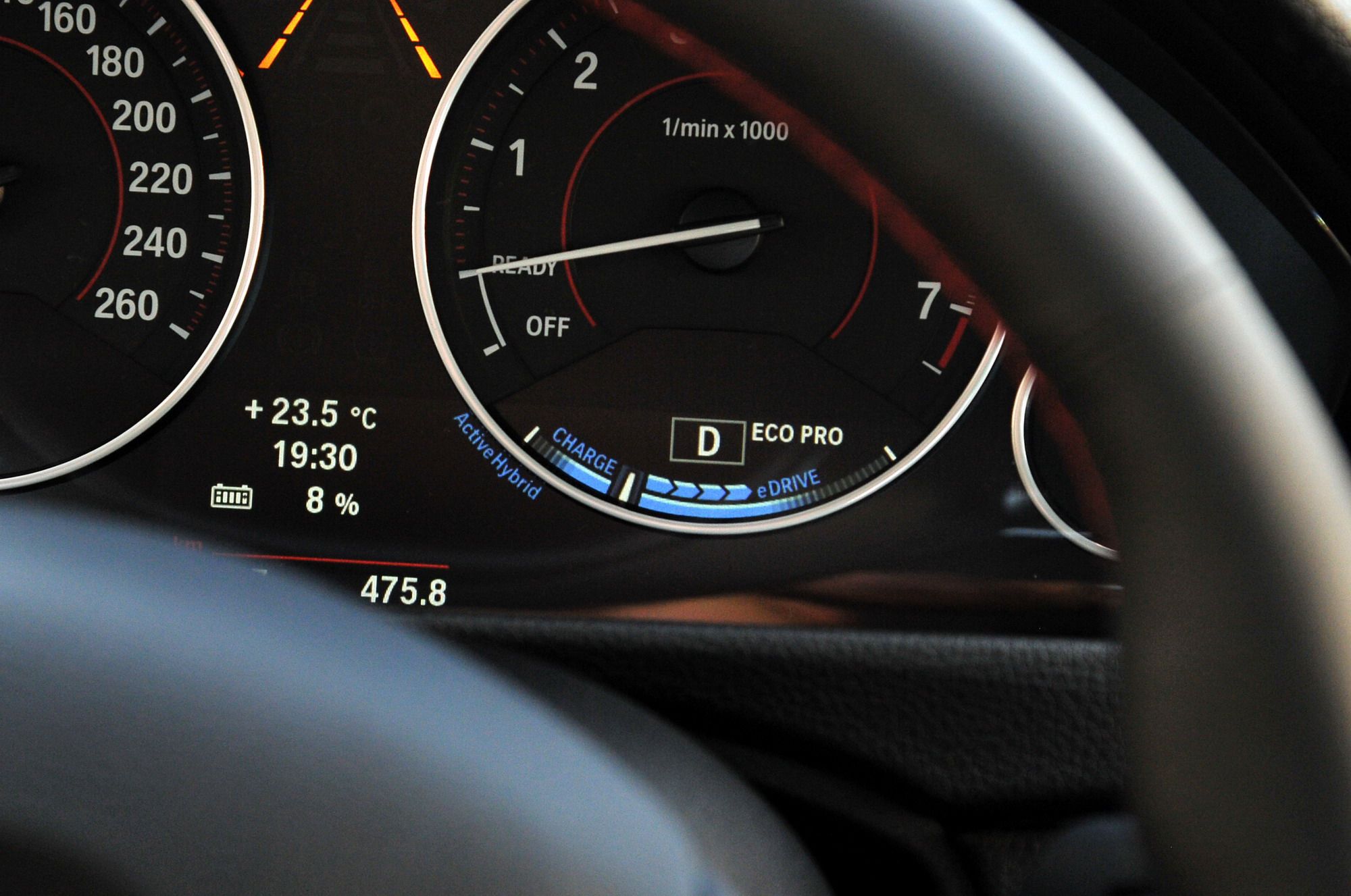
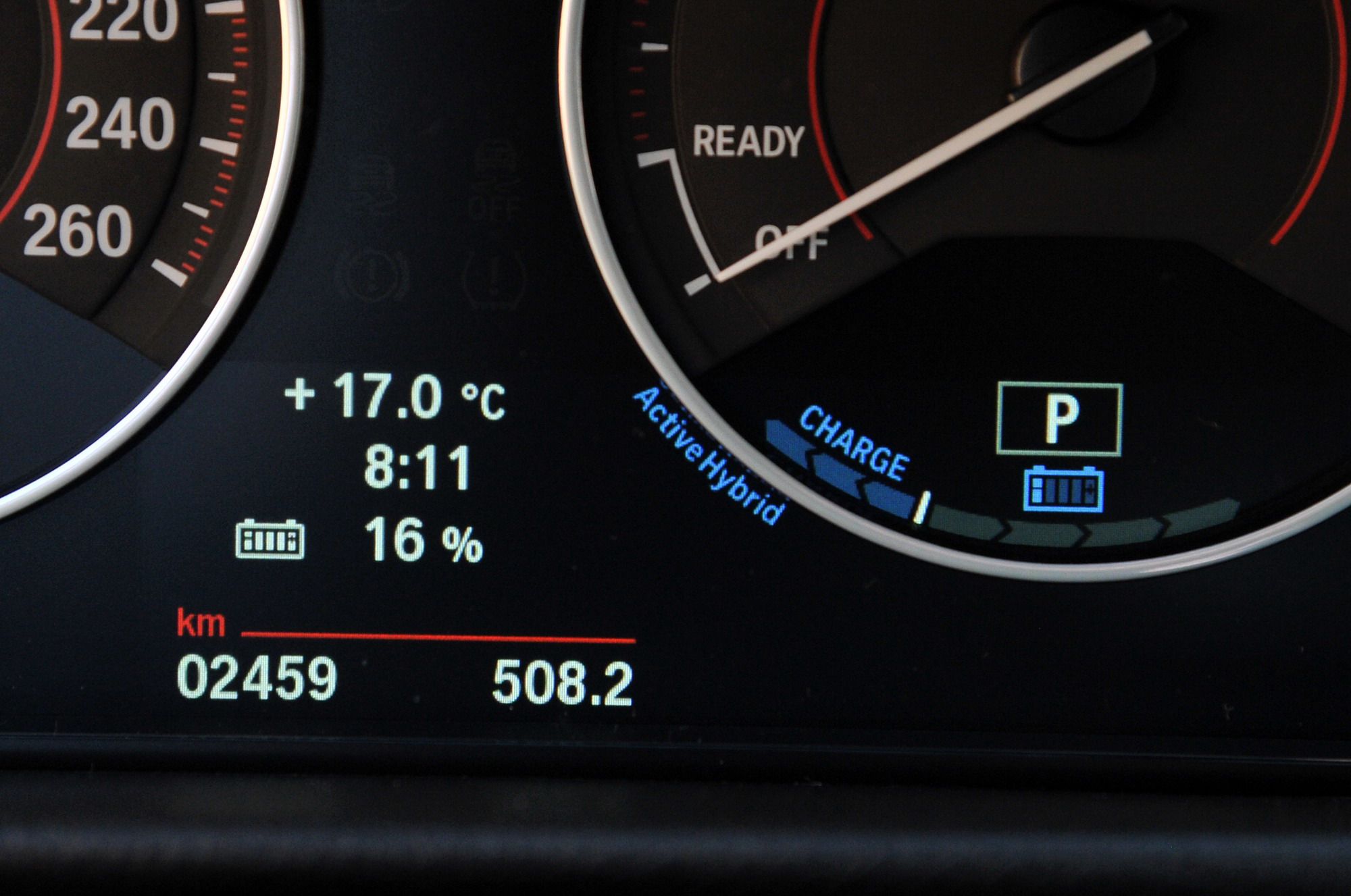
- Make: Array
- Model: 2013 BMW ActiveHybrid3
- Horsepower: 360
- [do not use] Vehicle Model: Array
The future ActiveHybrid 3 will combine a 306 hp six-cylinder petrol engine with BMW TwinPower Turbo technology and a hybrid-specific eight-speed automatic transmission with an integrated electric motor that can deliver up to 54 extra HP. With a total output of 360 HP, the ActiveHybrid 3 will deliver a fuel economy of 44.1 mpg.
The electric motor supplies the six-cylinder petrol engine with supplementary driving power and can provide a boost function when extra-dynamic performance is required. It also allows the model to run exclusively on electric power (with zero emissions) for around 2 to 2.5 miles. Top speeds in all-electric mode range from 37 mph under load to almost 100 mph on overrun (coasting).
When the driver applies more throttle, the internal combustion engine is engaged automatically, then disengaged on overrun. During overrun and braking, the electric motor acts as a generator, converting kinetic energy into electrical energy, which is used to charge the battery.

